Greetings Family and Friends,
Sometimes, when plans go awry something special steps in. Such was the case as I made or rather attempted to book accommodation in Pittsburgh, Pennsylvania. As happened, my stay would overlap a Pittsburgh Steelers home game against a division rival, the Cleveland Browns. So lodging at an acceptable price and of an appropriate quality were trending between slim and none, and slim may have already decided it was best to just to leave town for a bit. Thus started looking further abroad and came across Wheeling, about an hour southwest of Pittsburg on I-70 in the West Virginia Panhandle. If nothing else, figured this would cut my drive time on the next leg of my journey.
Once the quite reasonable accommodation was booked, started to look at what was of interest to visit in Wheeling. Came across the Oglebay Institute Glass Museum. The photos looked promising and the museum did not disappoint. The glass on exhibit went from interesting to beautiful to exquisite. And the story surrounding the glass was compelling. Apparently Wheeling had been the center of glass production, along with Pittsburgh, in the United States back when glass was the preferred substance for tableware. Why? Well, all the ingredients needed for making glass could be sourced locally and the energy needed was abundant and cheap. Plus, transport was supported by the Ohio River and the National Road – first highway funded by the feds running from Baltimore to Wheeling.
This era of glass prominence for Wheeling seems to have been in the second half of the 1800s to the early part of the 1900s. There were for a time five major glass producers in Wheeling: Central, Duval, Hobbs, Northwood, and Sweeney. See the gallery below for glasswork from all five as well as the various innovations over time in glass production. The heyday for Wheeling and glassware was in the 1880s and 1890s. But eventually what consumers desired moved away from glass tableware, especially in the 1920s, and then the Great Depression finished things off. By 1940 all the five major glass producers had closed up.
Did make the drive back to Pittsburgh to visit the Kamin (formerly Carnegie) Science Center for a couple of exhibits. The first being a museum ship – the USS Requin (SS-481). Requin is the French word for shark. According to our tour guide, the US Navy decided that naming a third submarine as Shark would be bad luck, so the French equivalent was used. The USS Requin is a Tench class submarine that was commissioned just months before World War II ended. In the 1960s her original appearance was changed substantially with the addition of a very modern looking sail – otherwise her topside appearance would more closely resemble the Gato class subs visited earlier. She does have the distinction of being the first radar picket submarine in the US Navy.
The second exhibit to draw me to the Kamin Science Center was the Miniature Railroad & Village. This is an O scale model railroad which is thus roughly twice the scale size of the HO layout visited at the Museum of Science & Industry in Chicago (1:48 versus 1:87). The layout depicts Pittsburgh area scenes up to 1940. Really enjoyed the layout and made a few circuits around it. A couple of noteworthy scenes that caught my eye. First being Forbes Field, the baseball field of the Pittsburgh Pirates from 1909 to 1970. The second being the Monongahela Incline which is one of two funiculars in Pittsburgh. By the way, the other funicular in Pittsburgh is the Duquesne Incline. Didn’t get a chance to ride them this time around so remain on the bucket list. You know where to find the photos.
That’s it for now. As always, feel free to share this link with anyone who expresses an interest. Next stop will be where speed is king.
Until later,
Papi

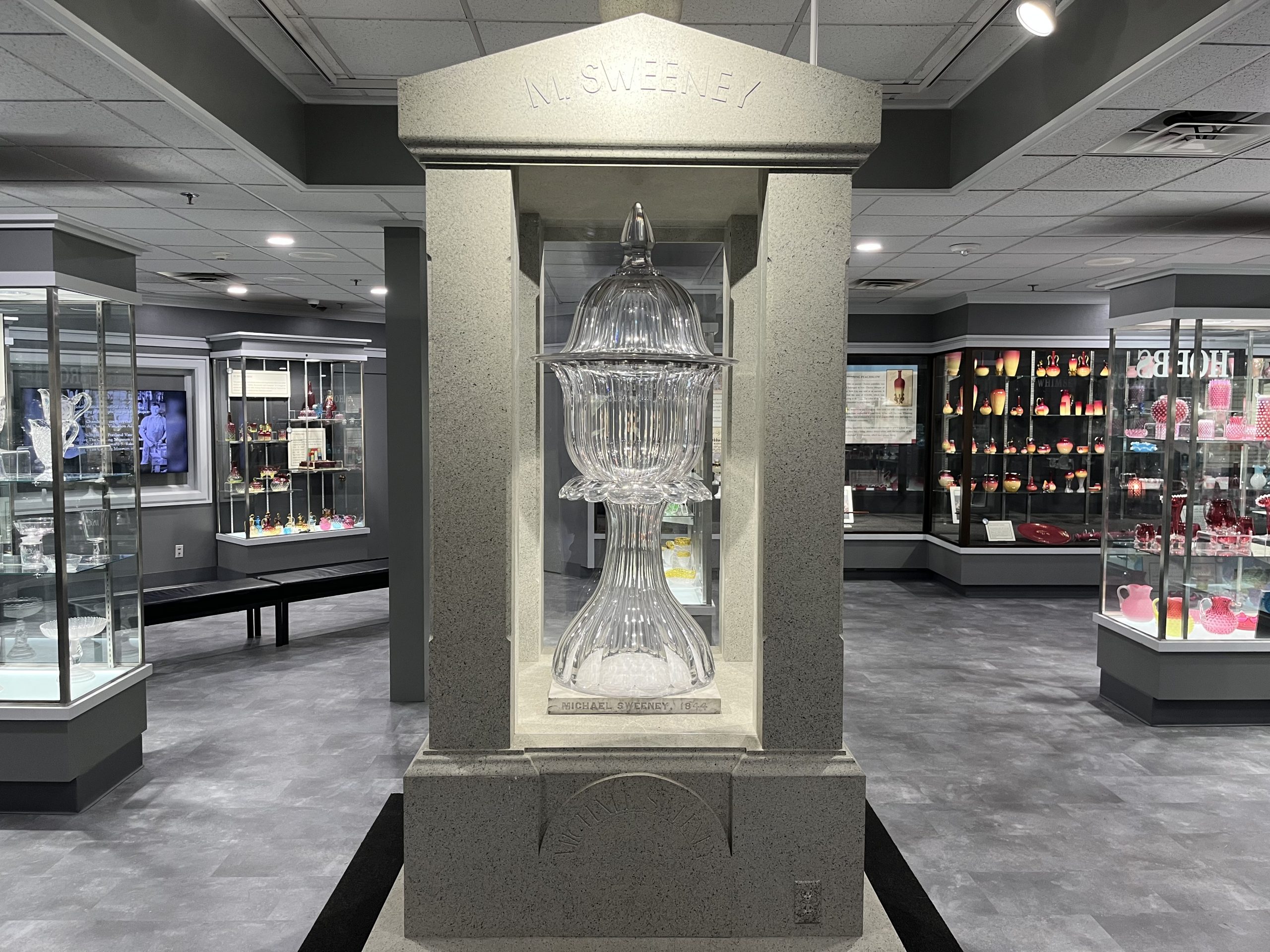
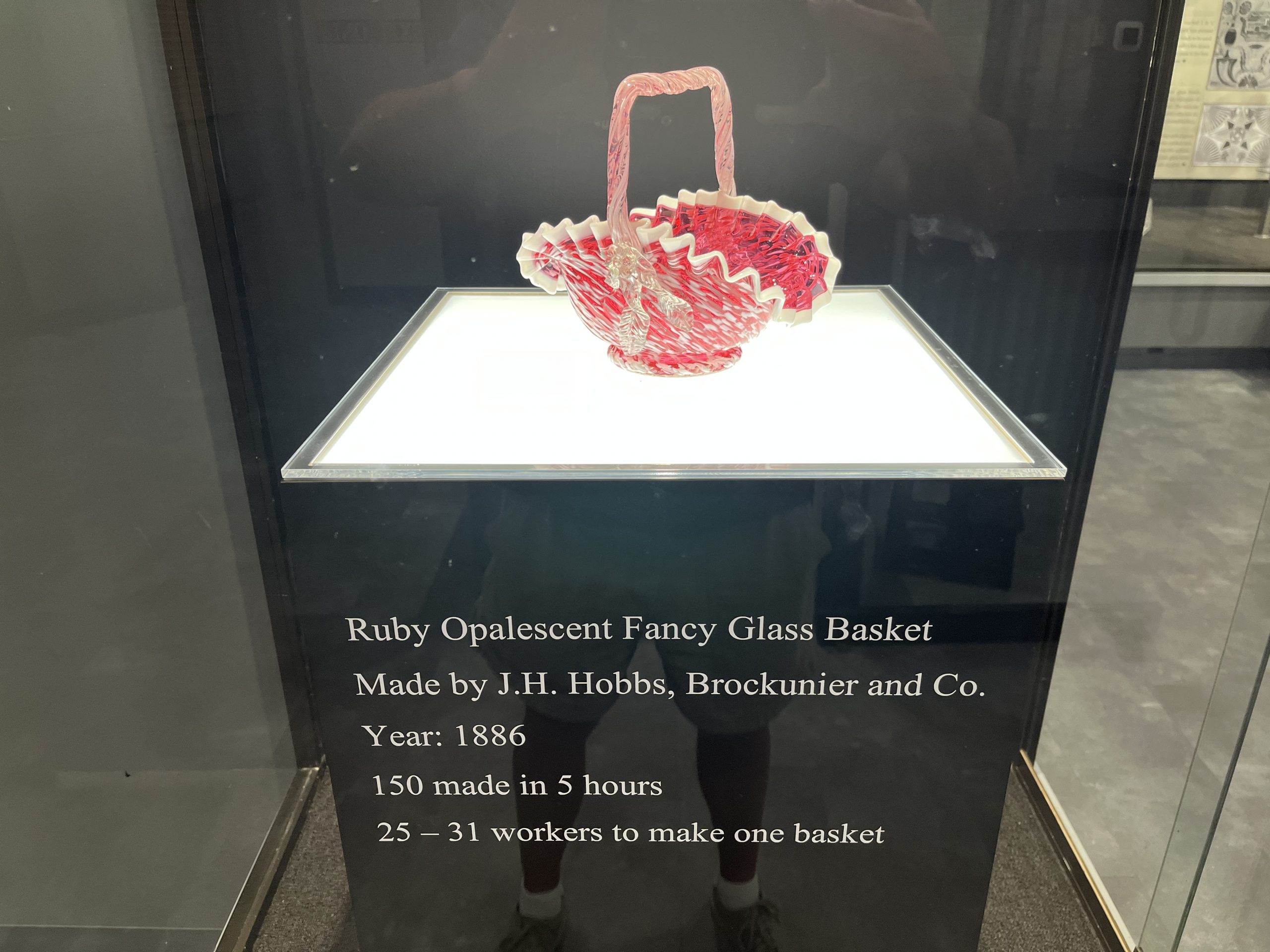
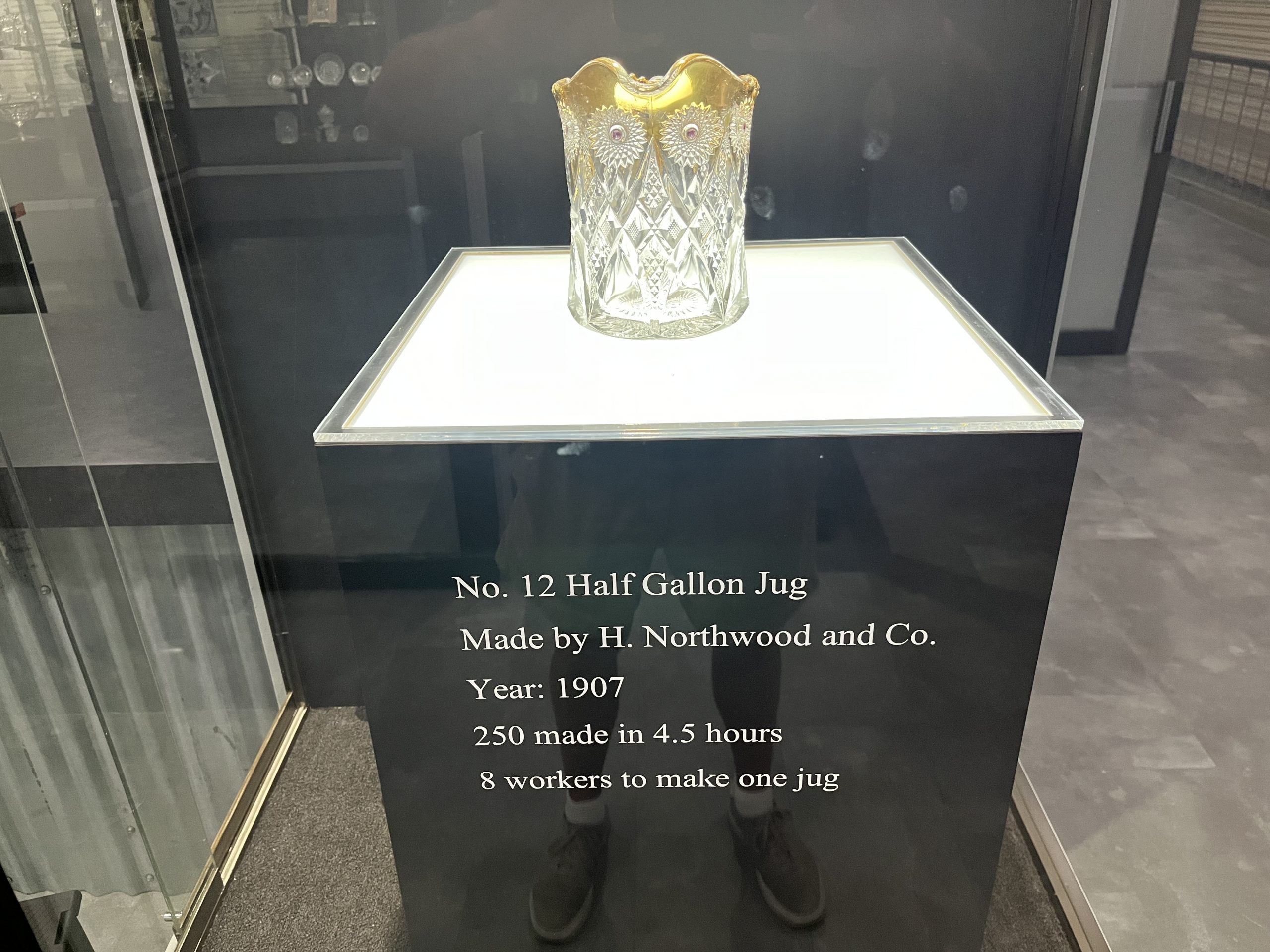

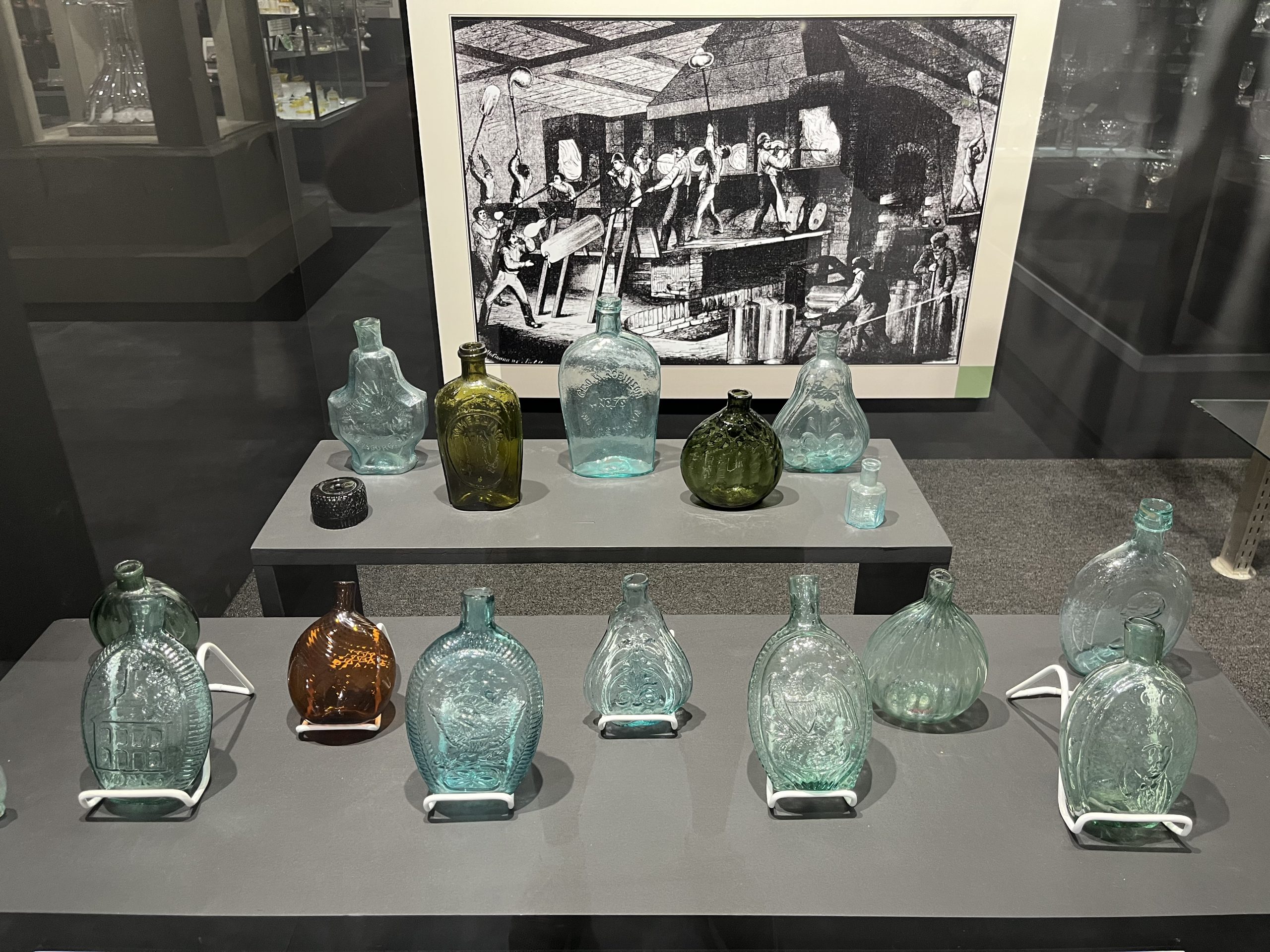
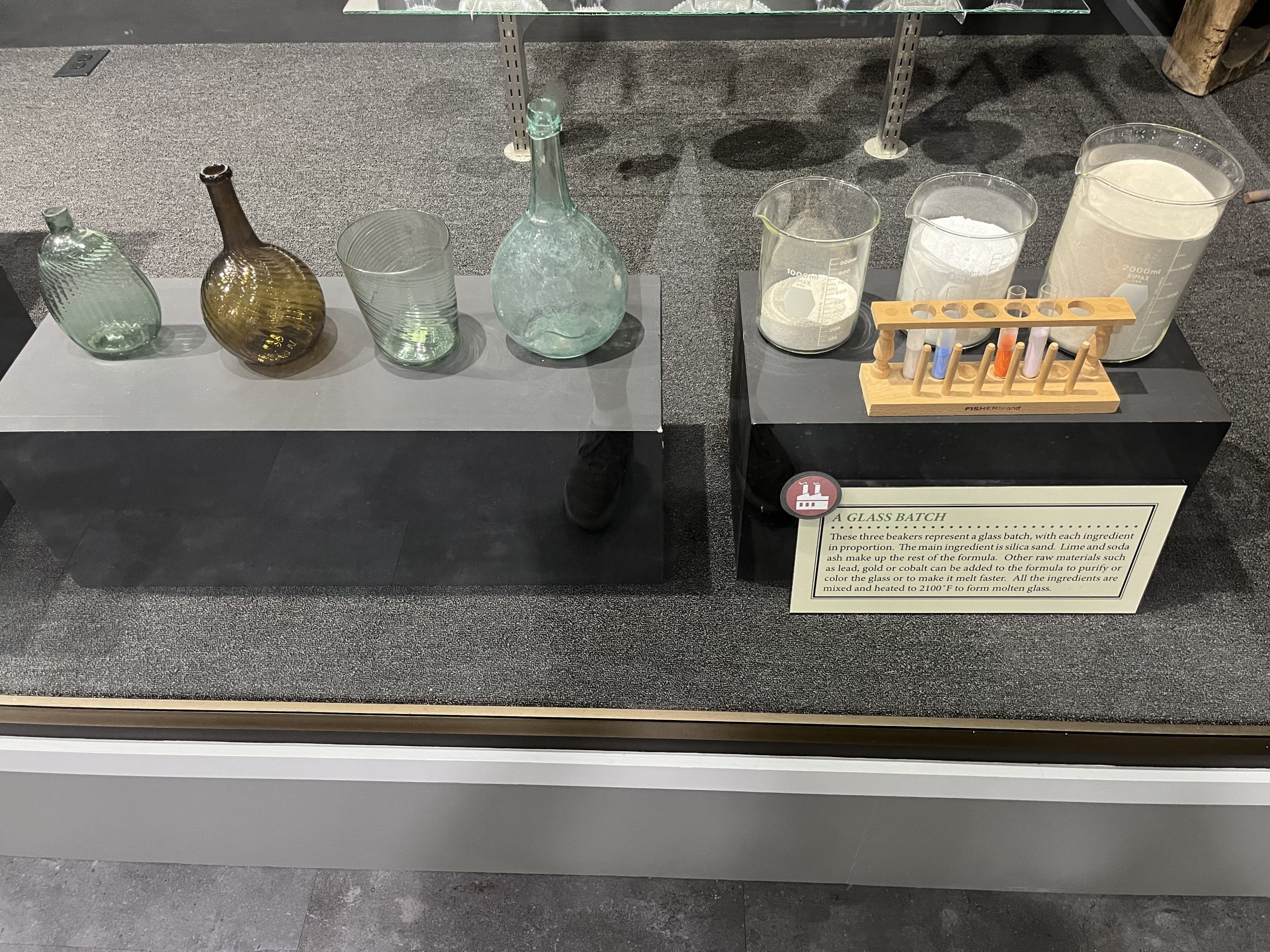
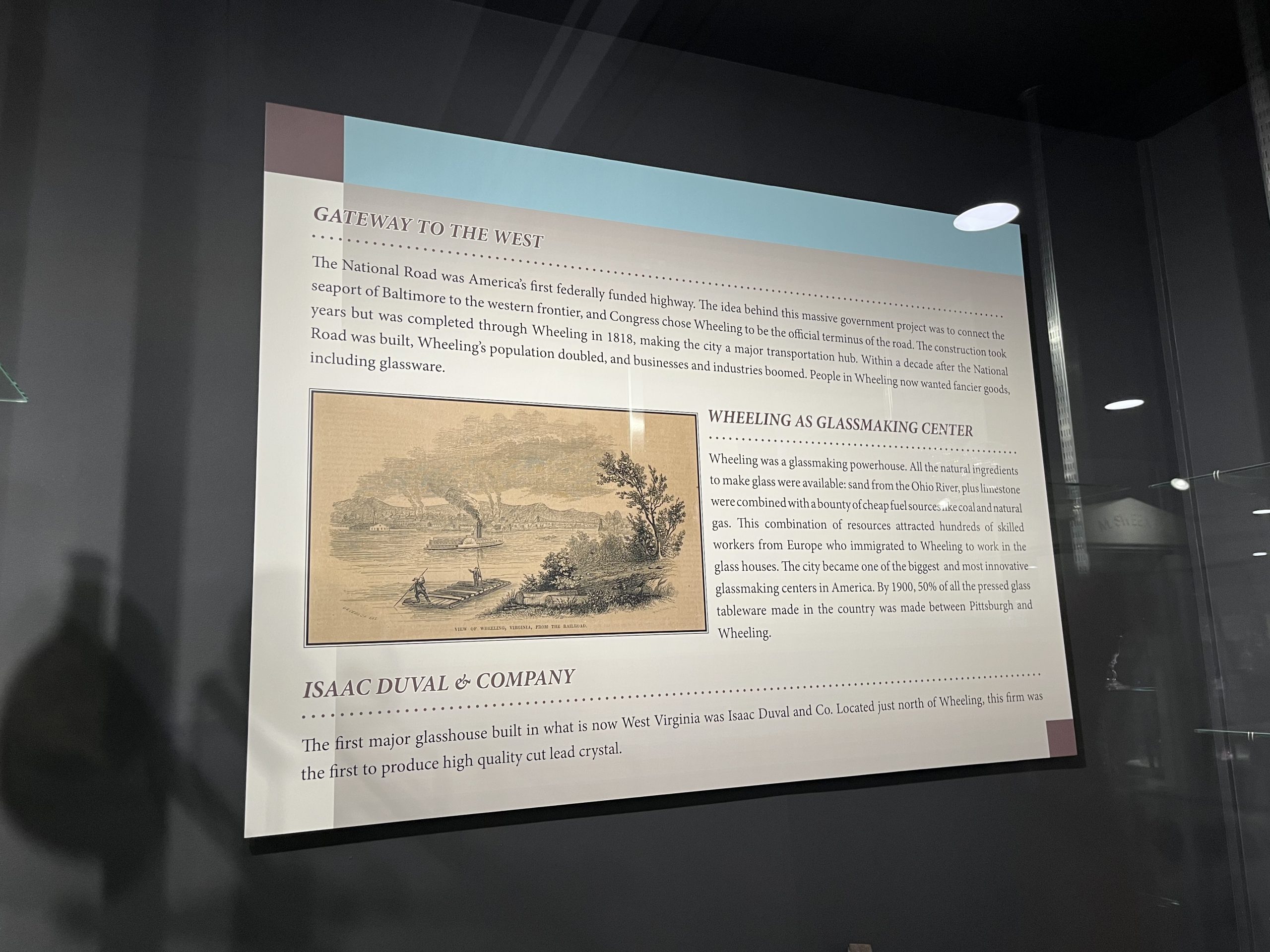
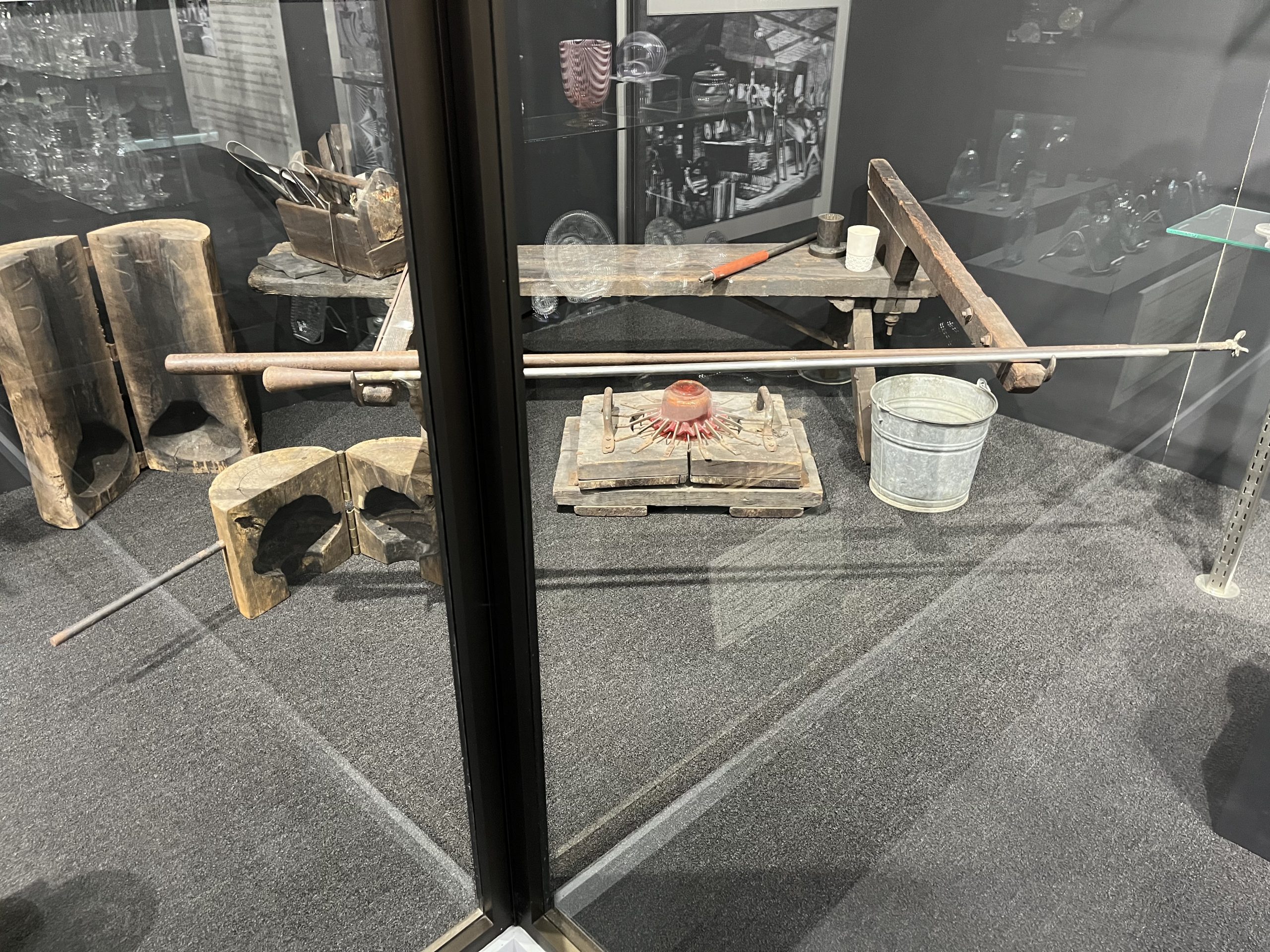
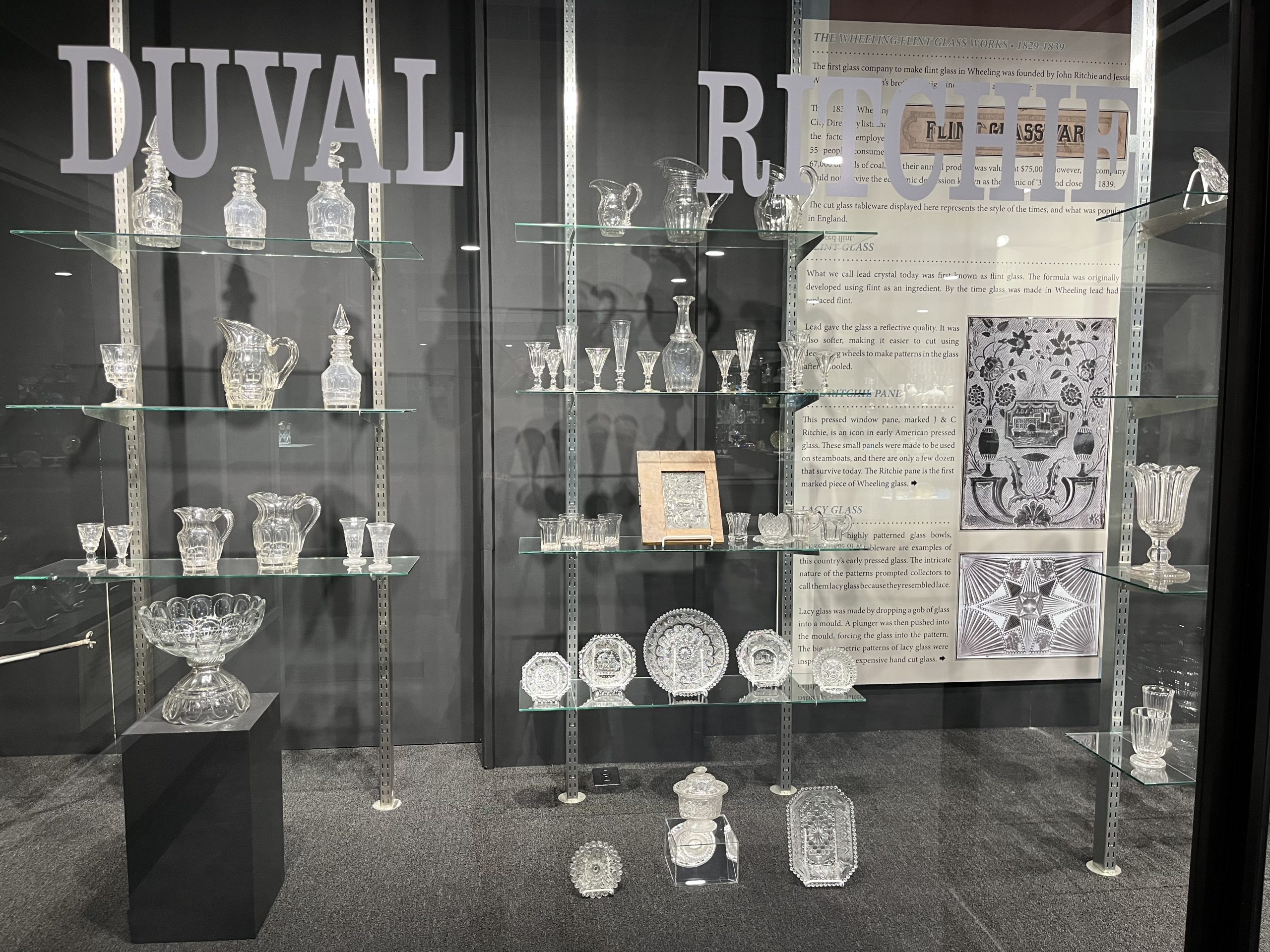
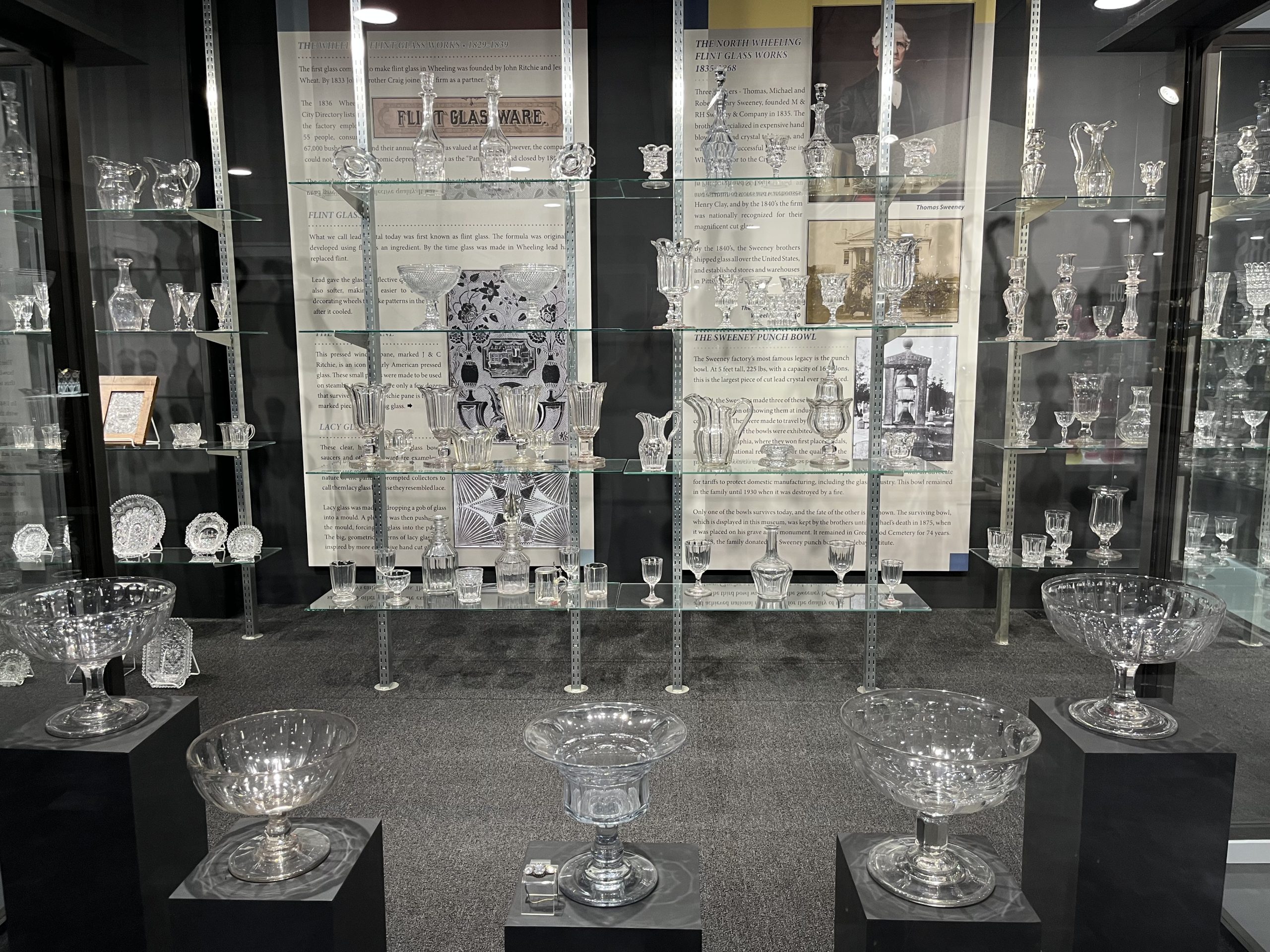
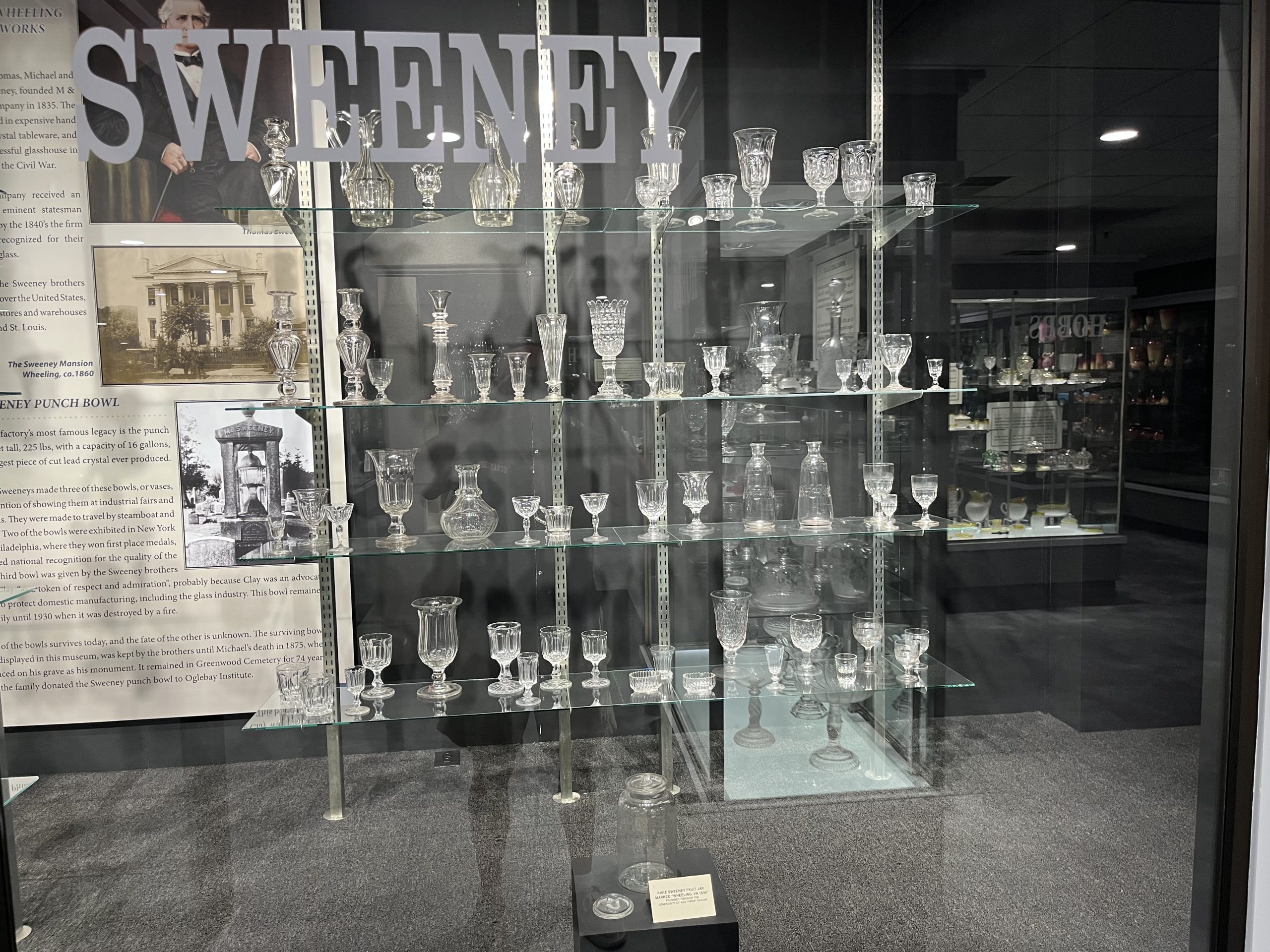
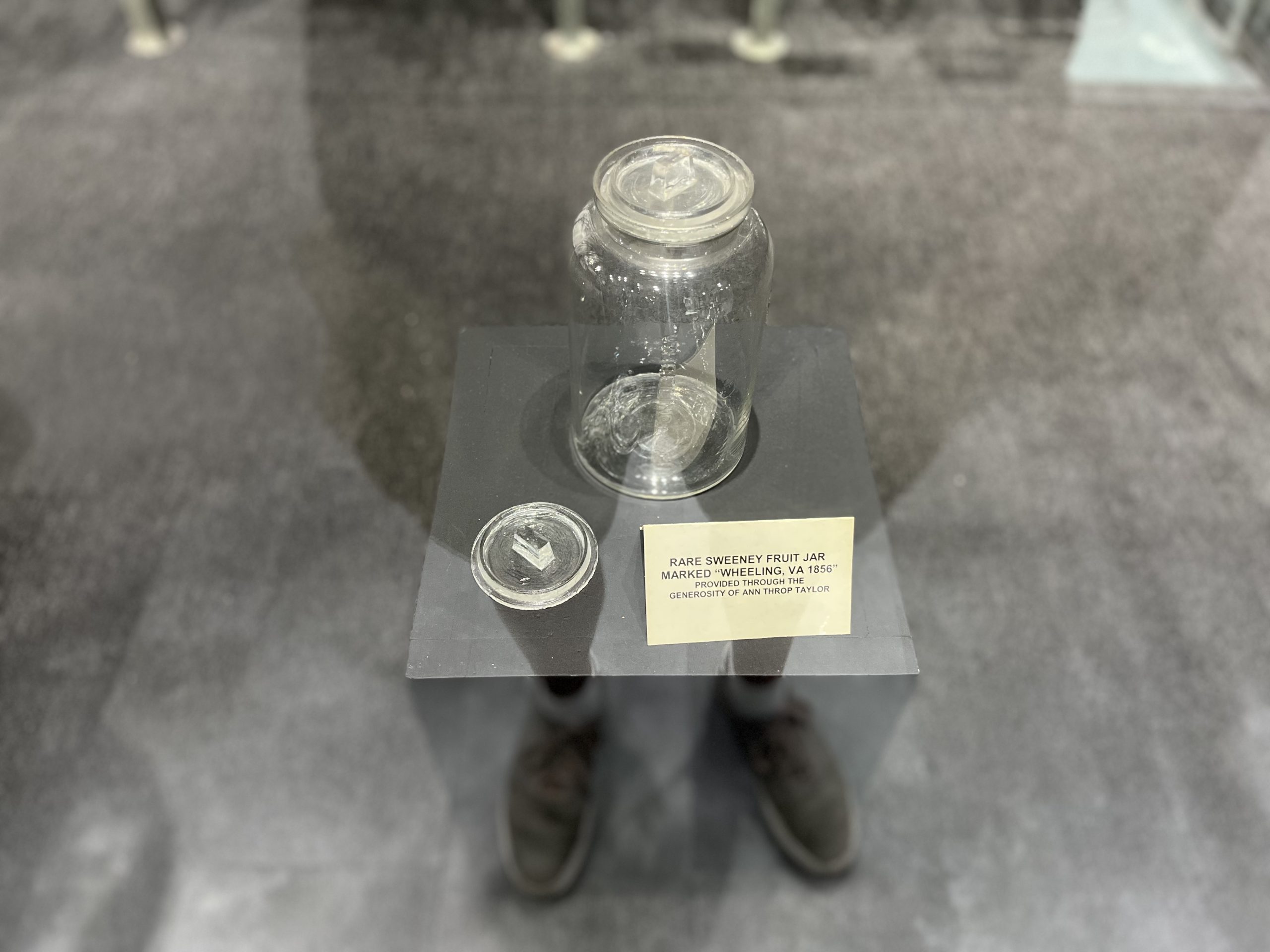

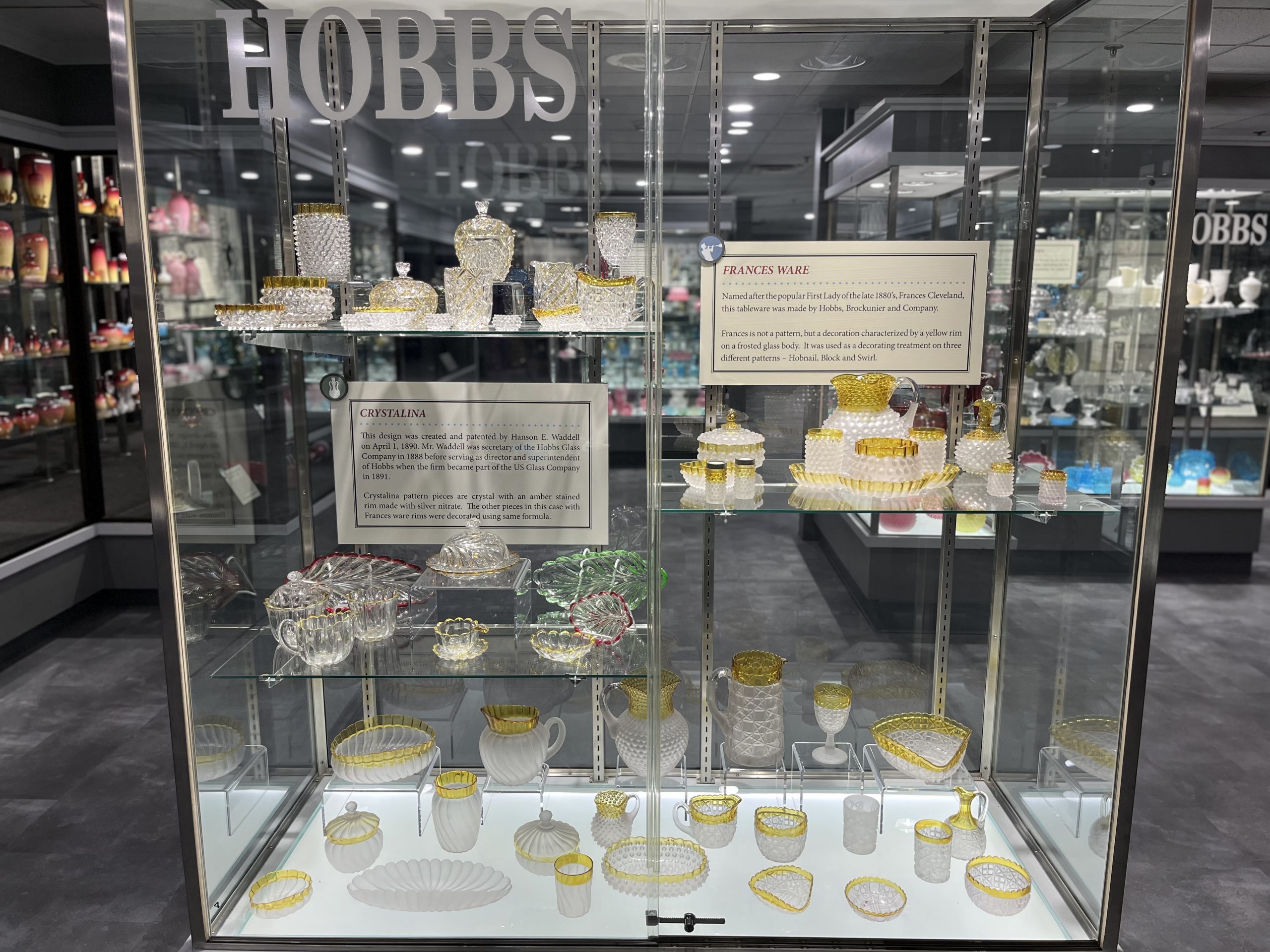
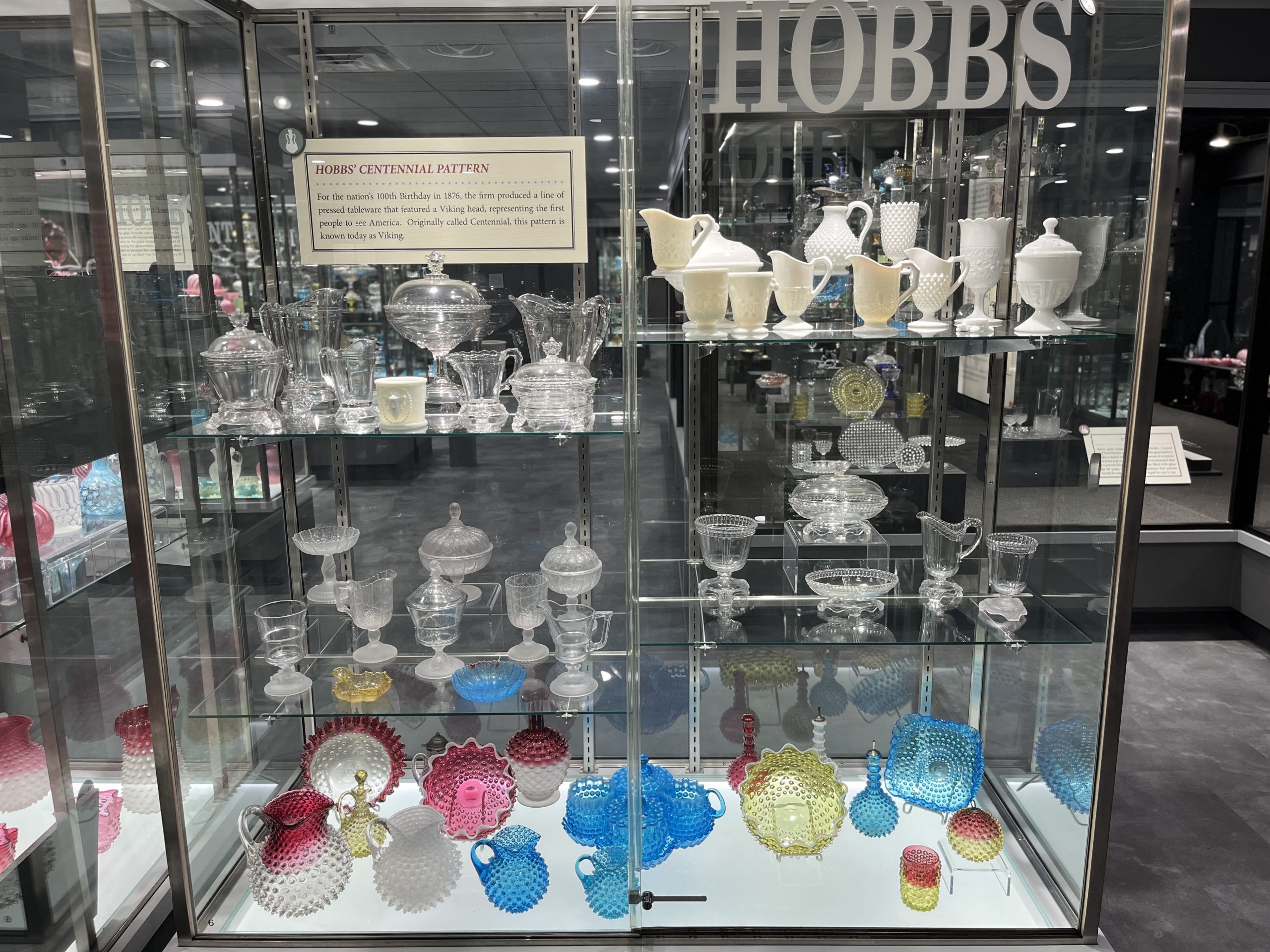
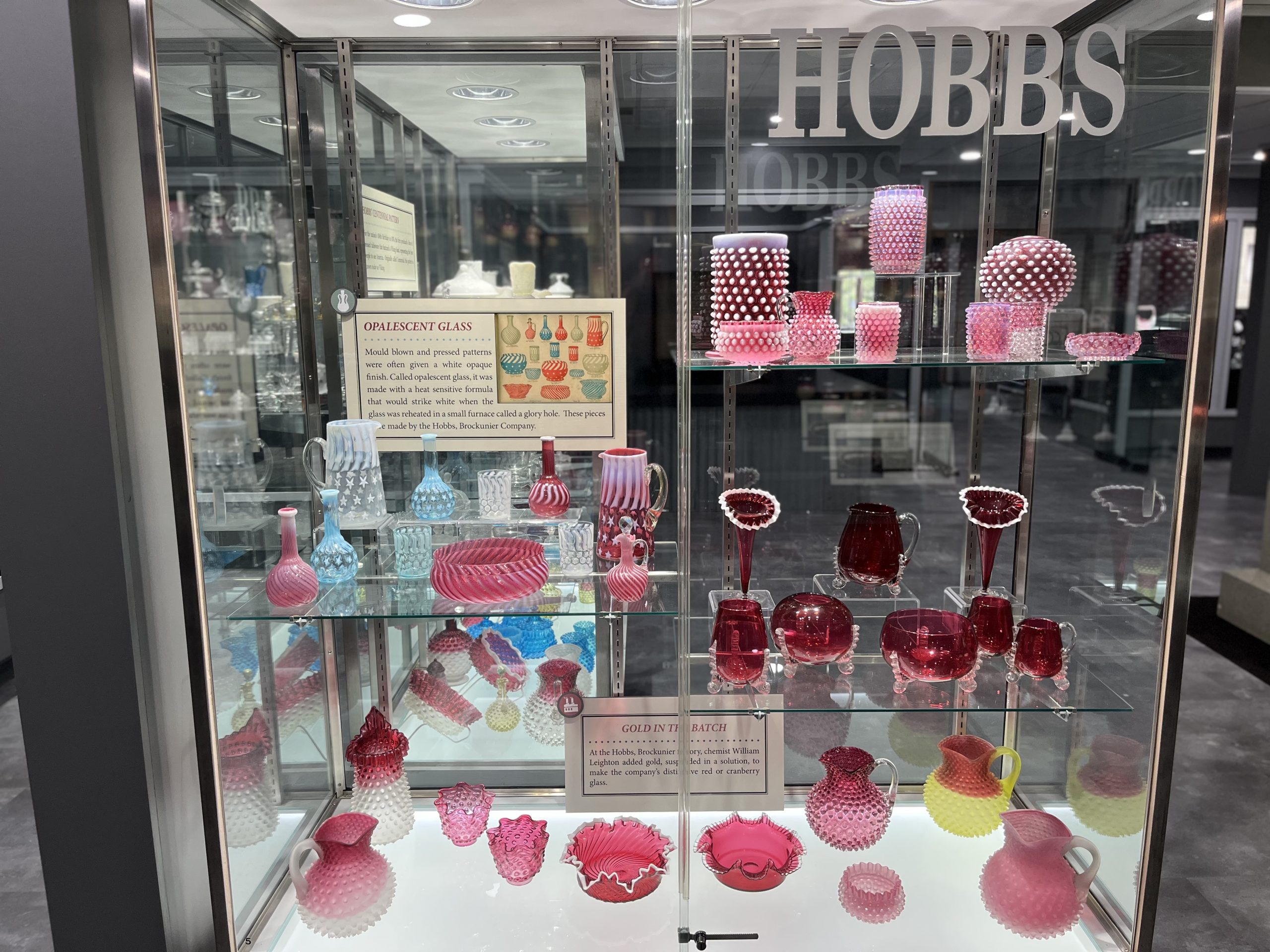
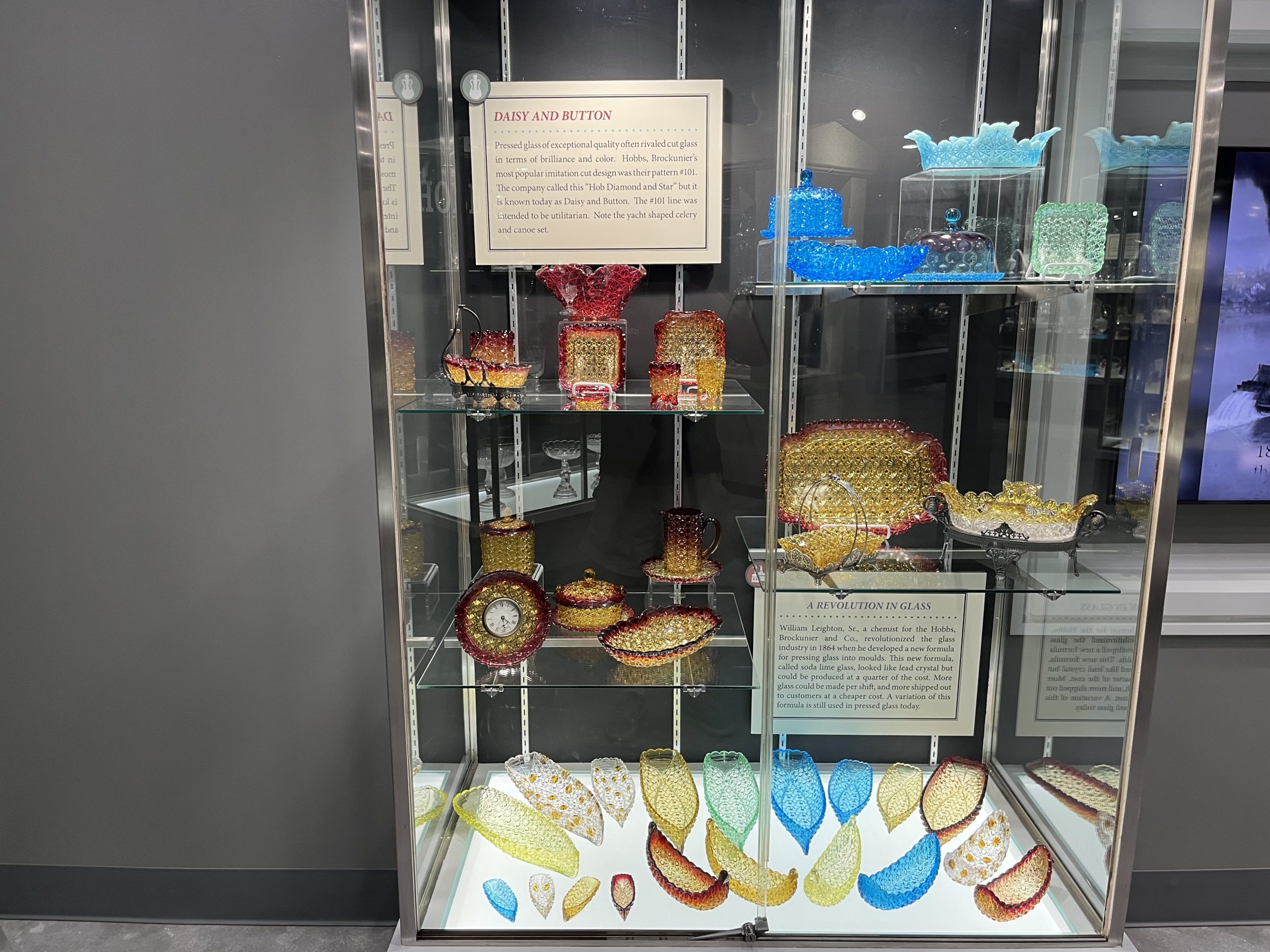
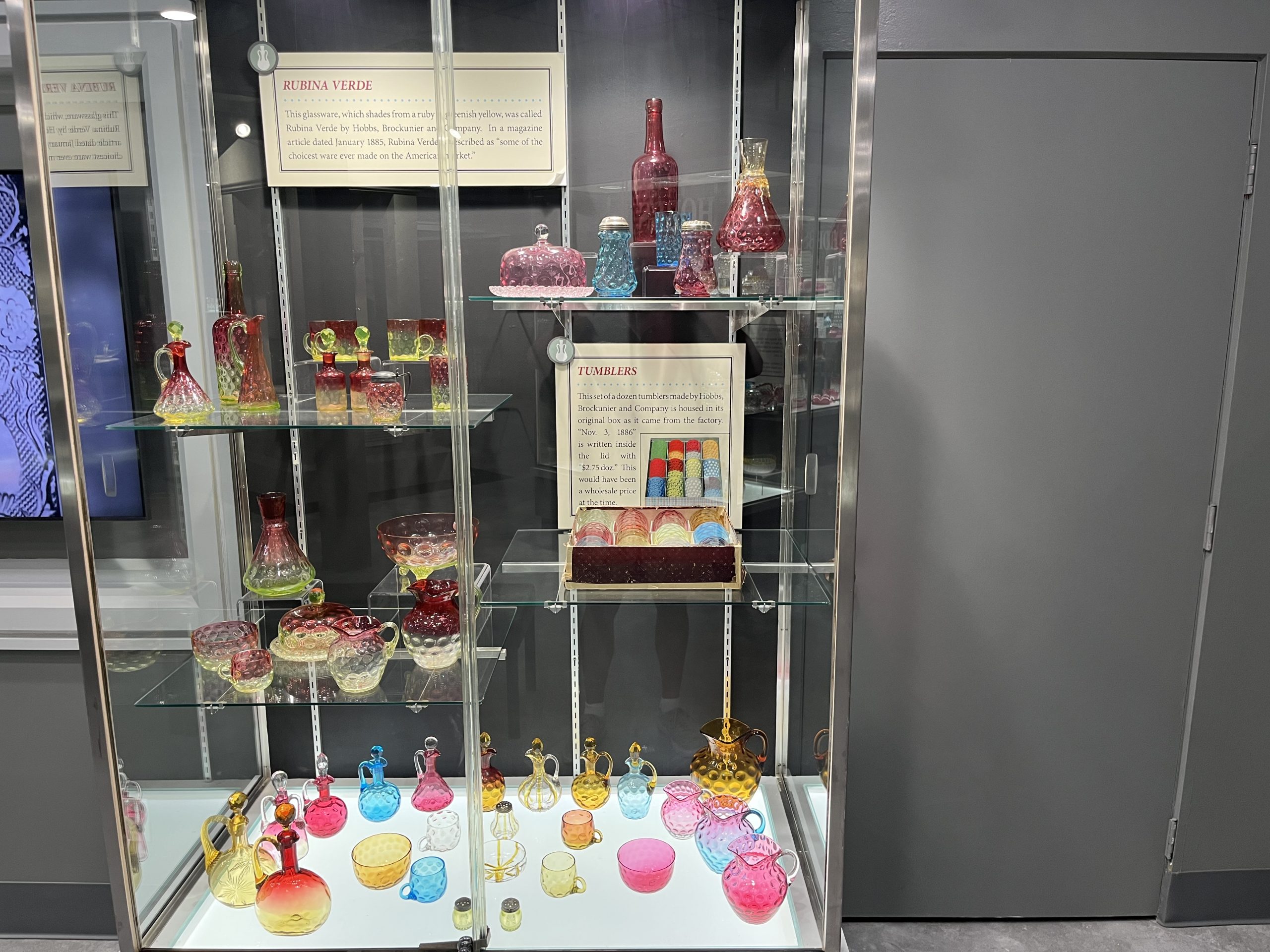
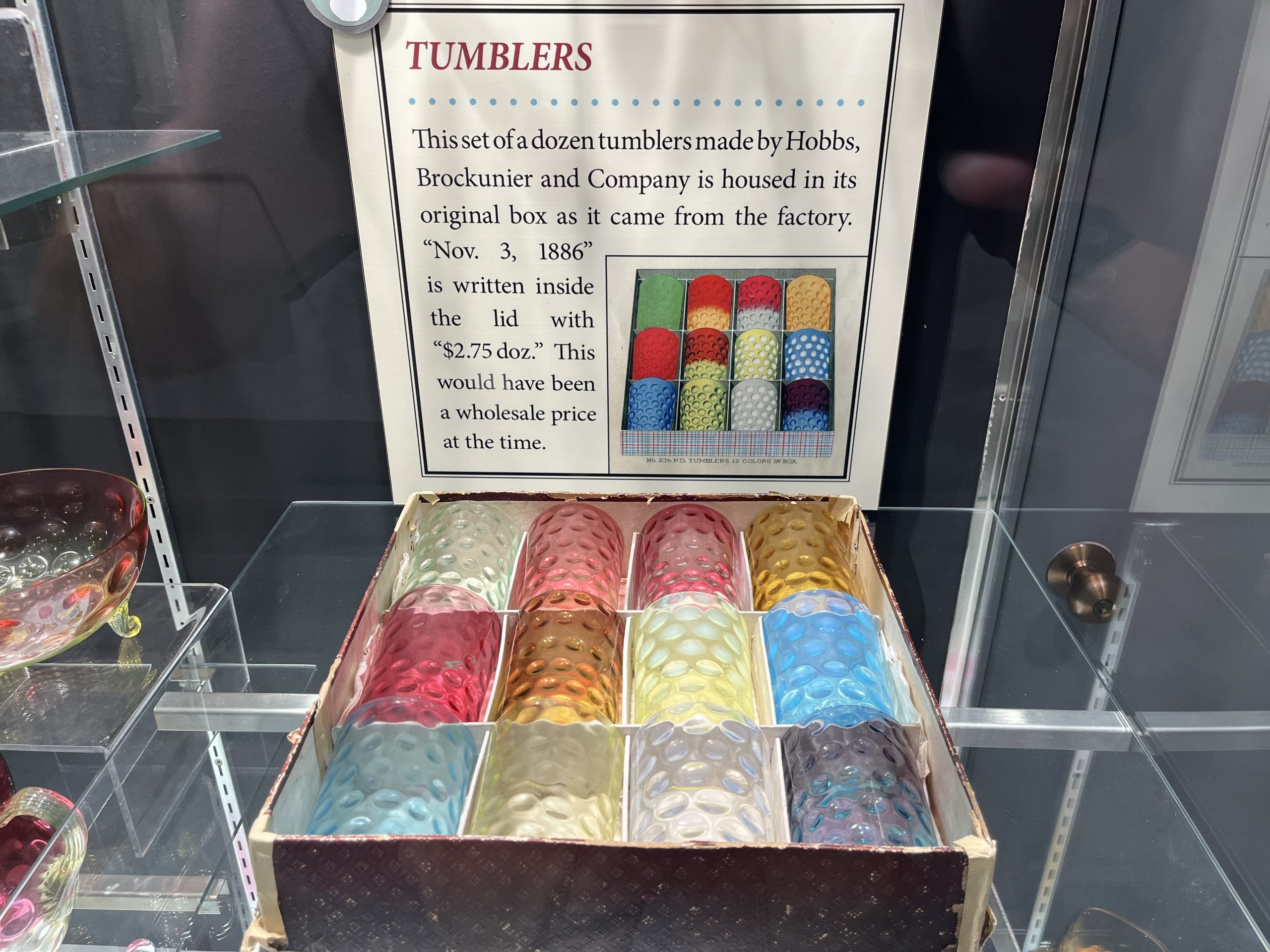
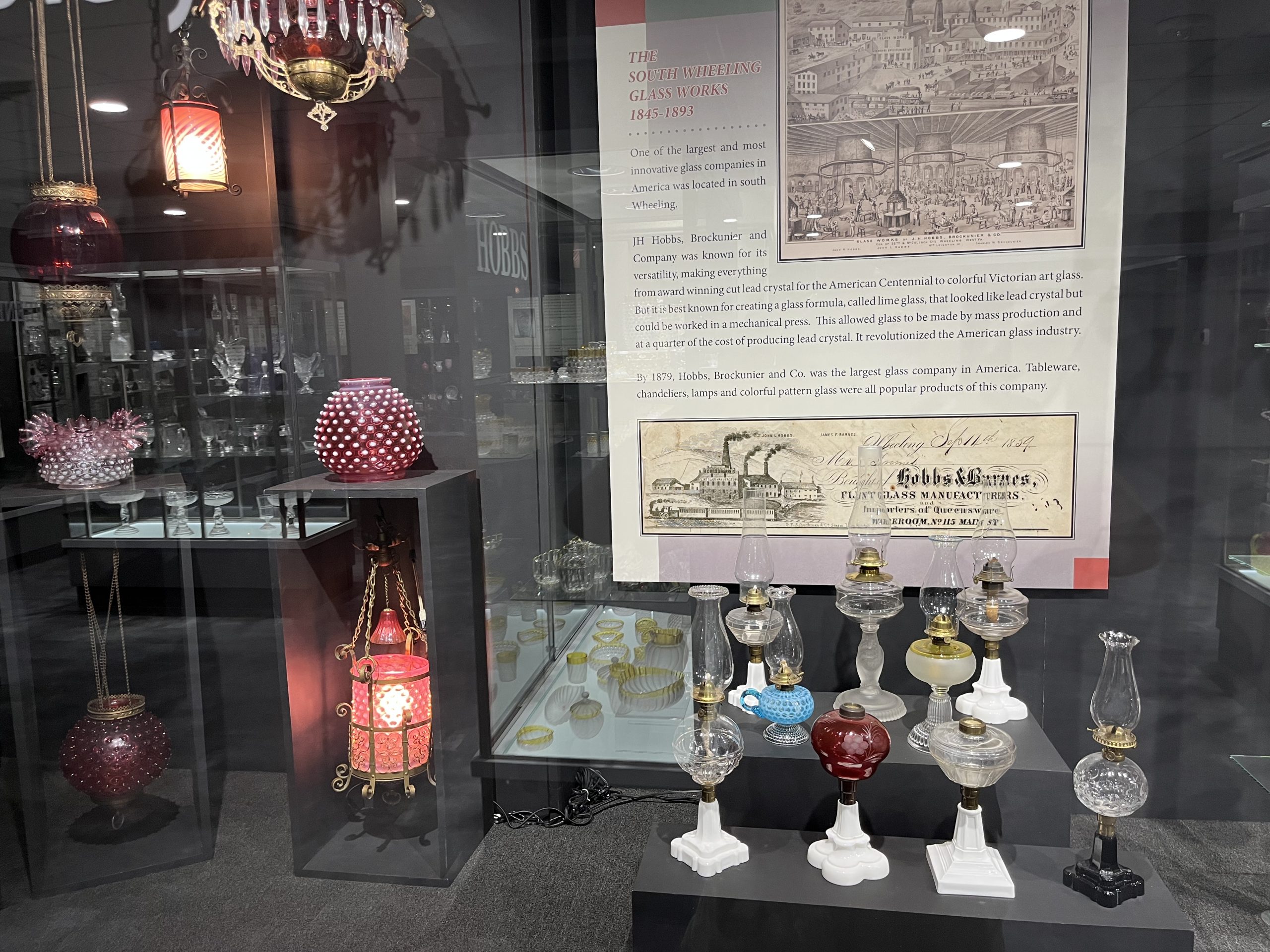
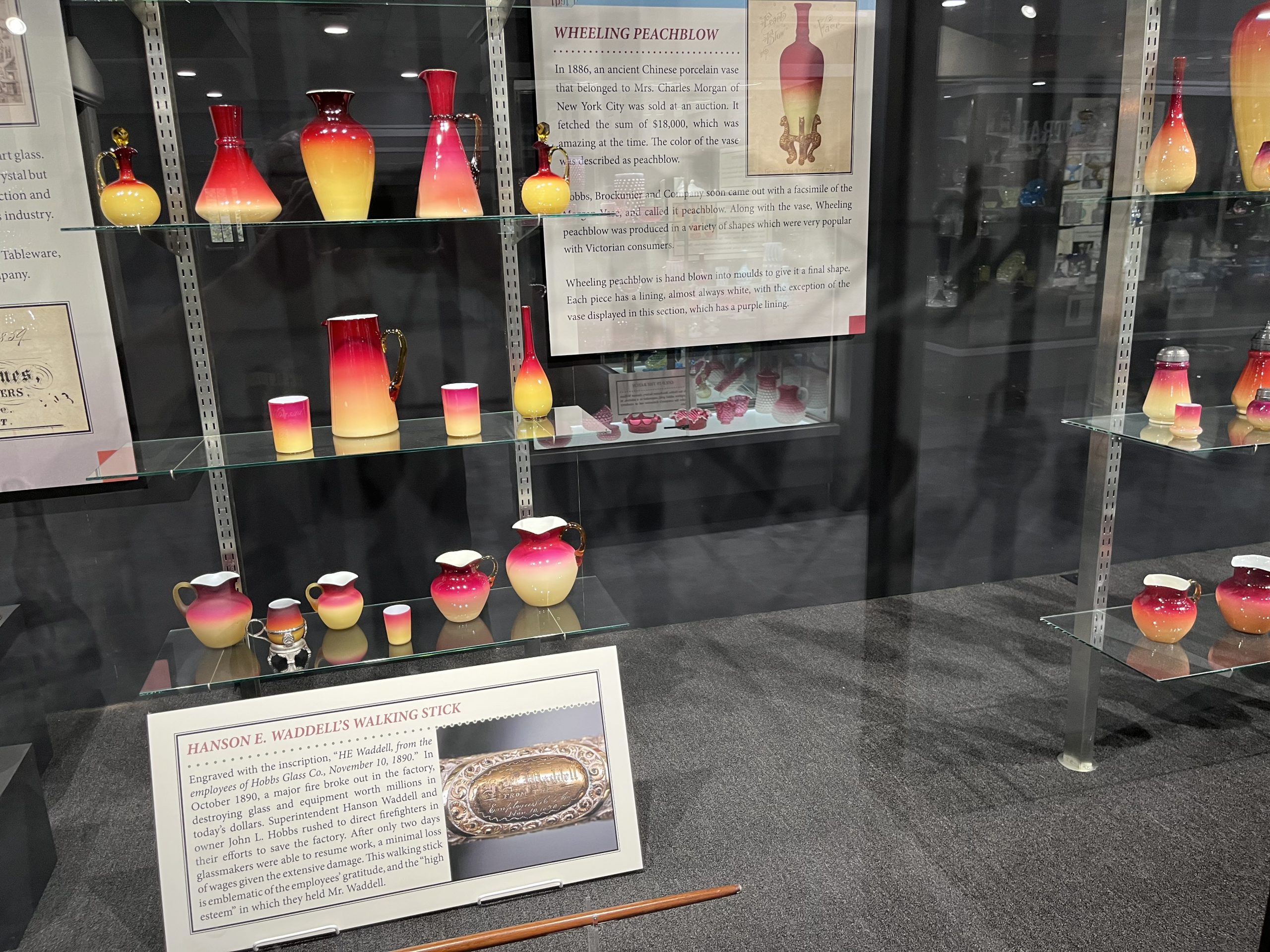
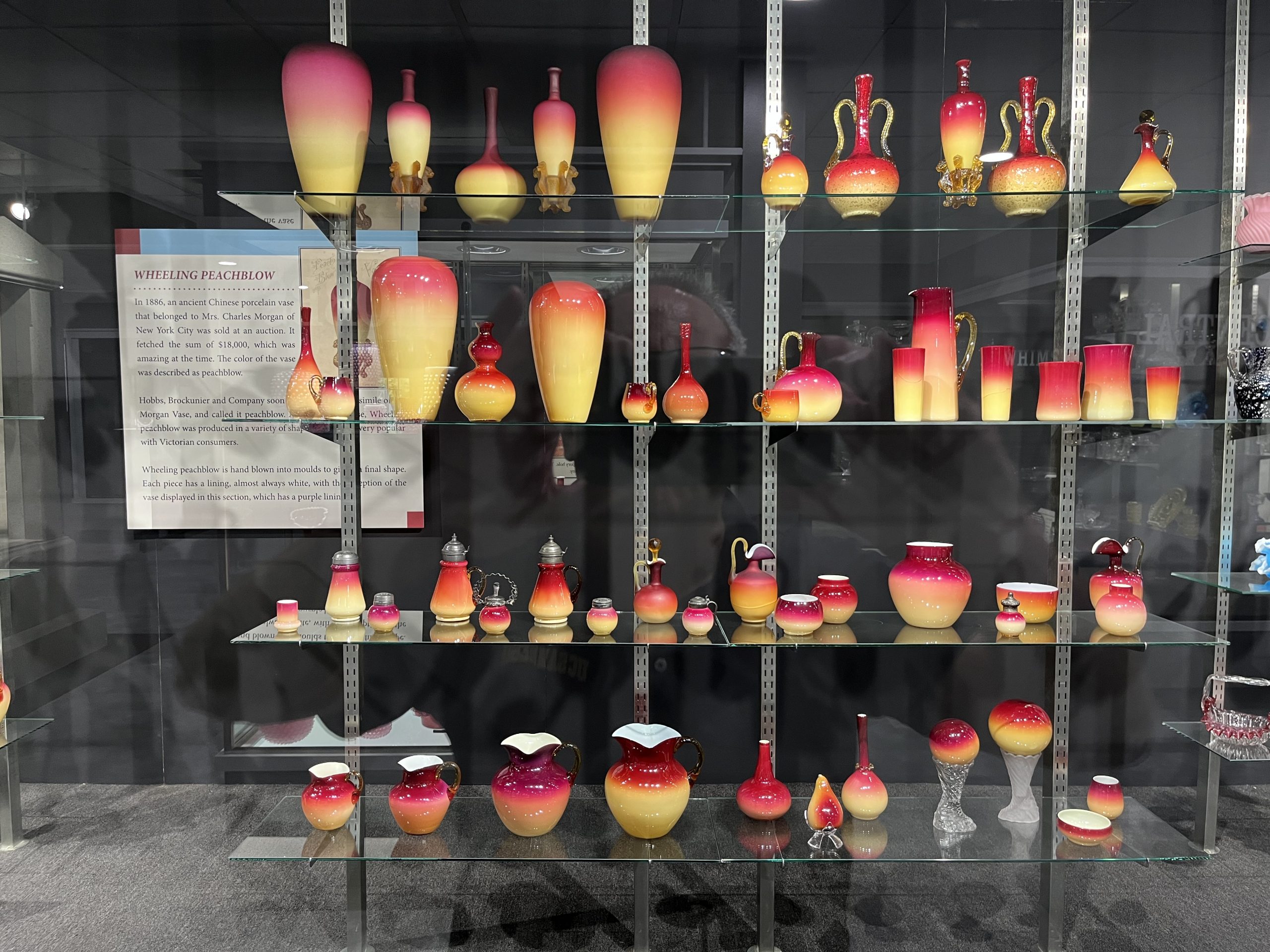
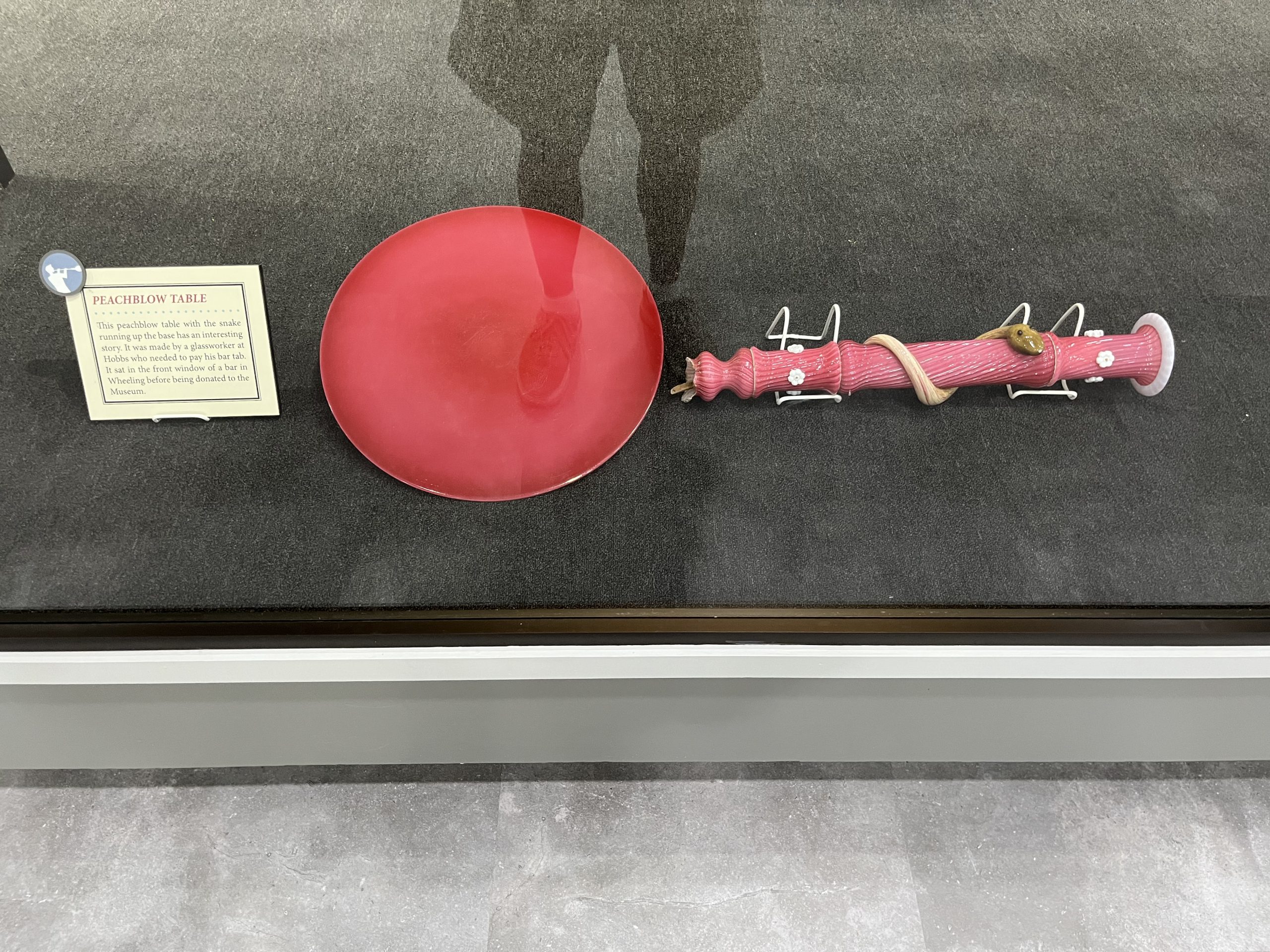

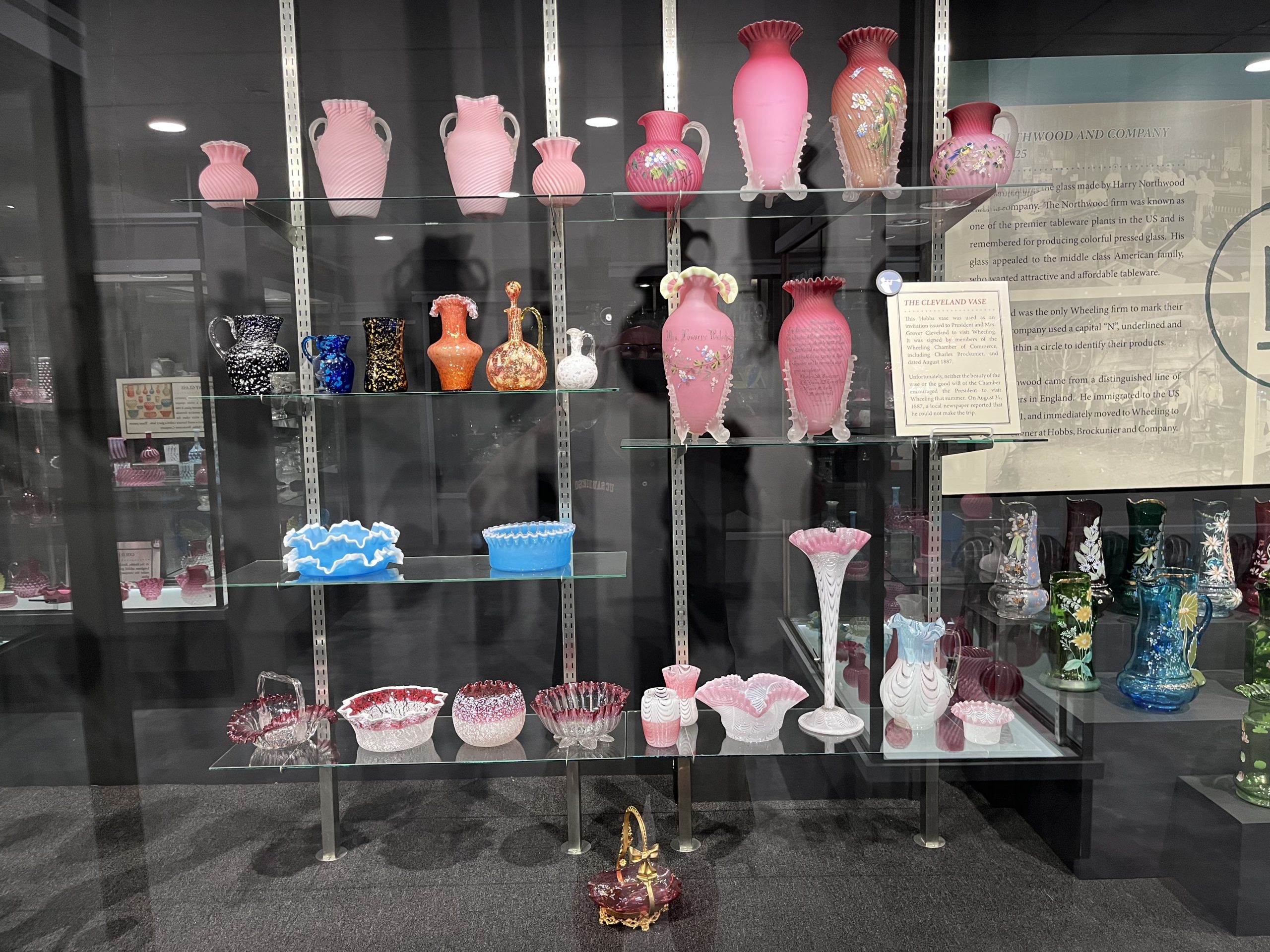
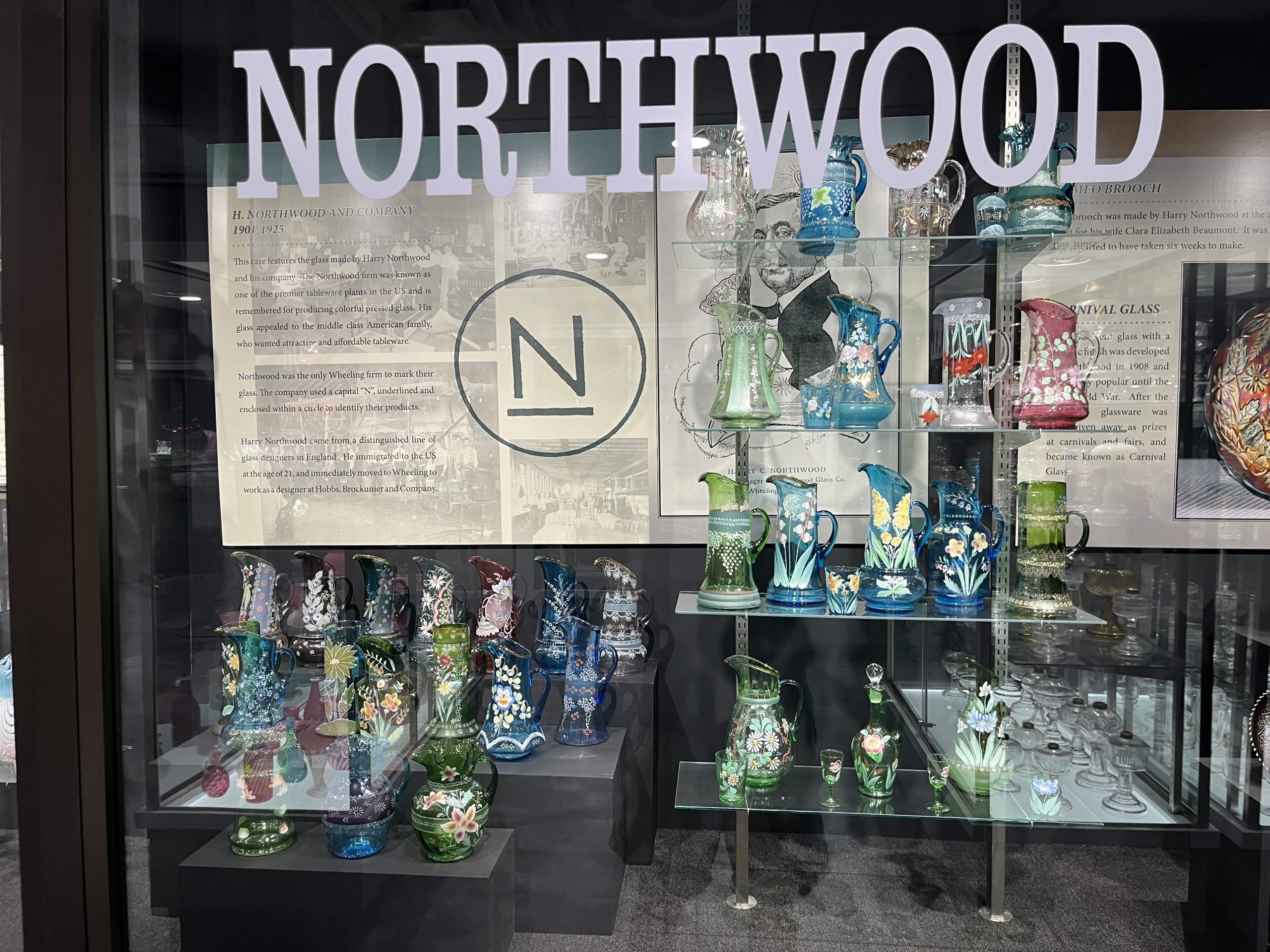

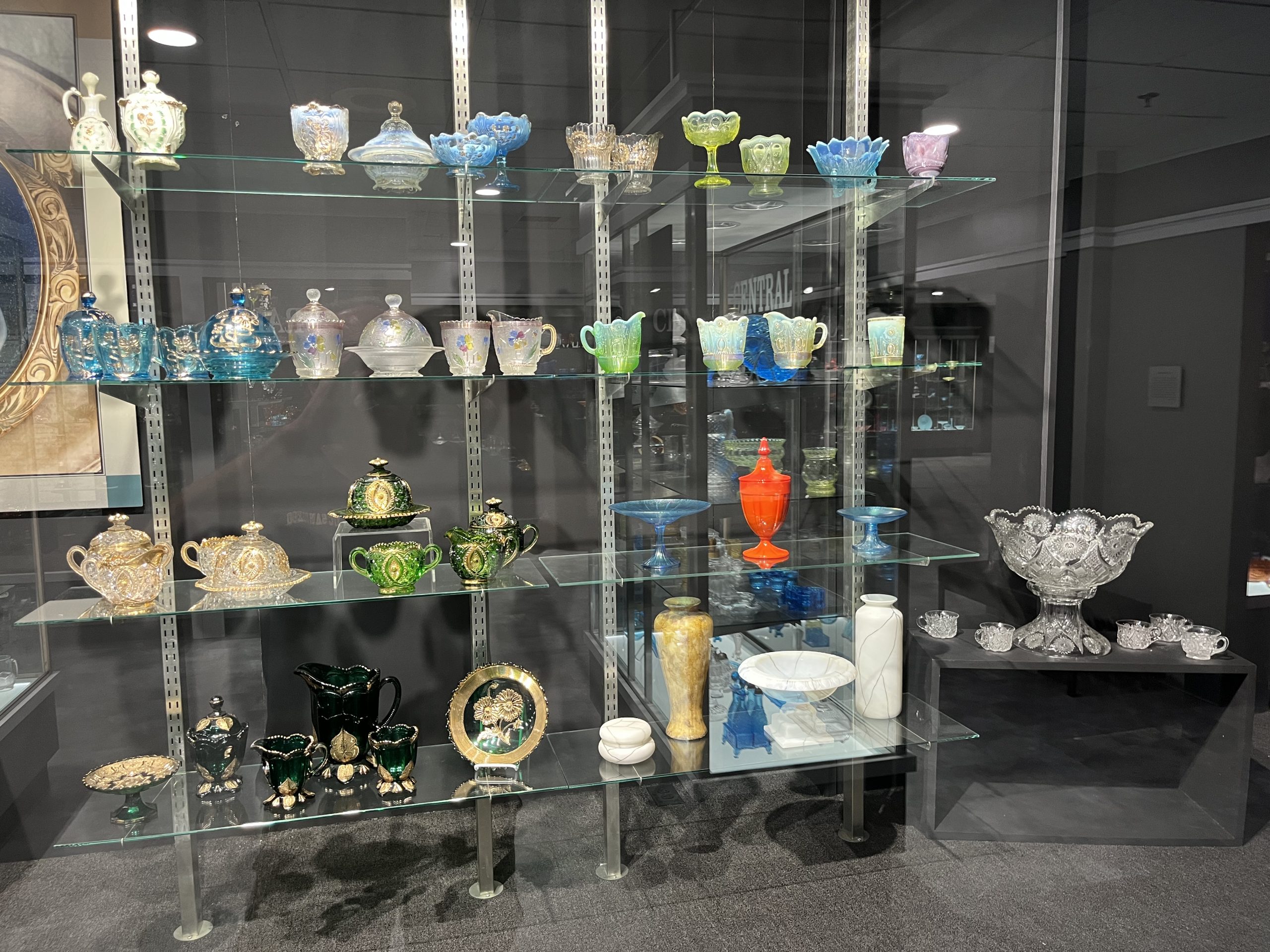
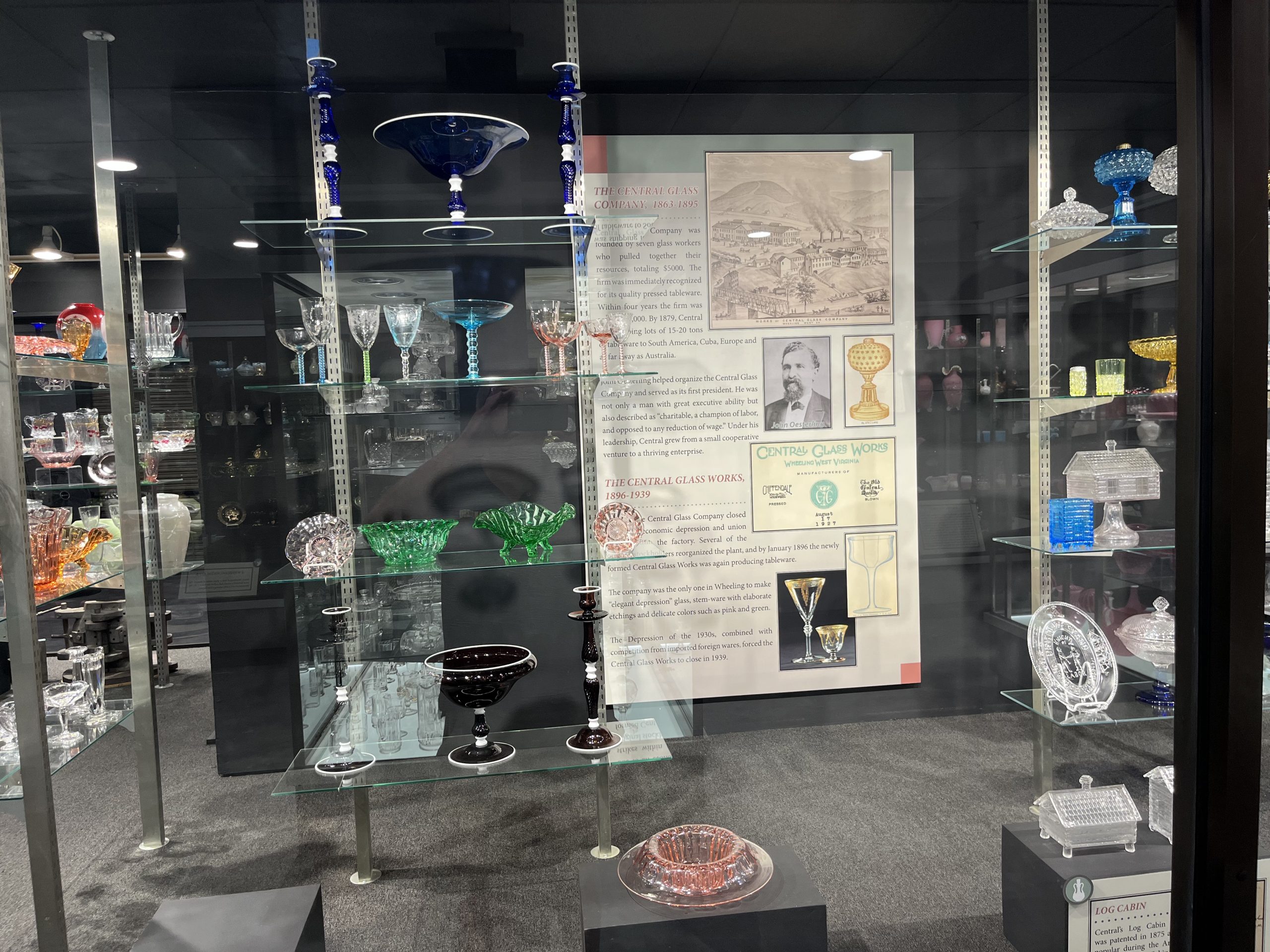
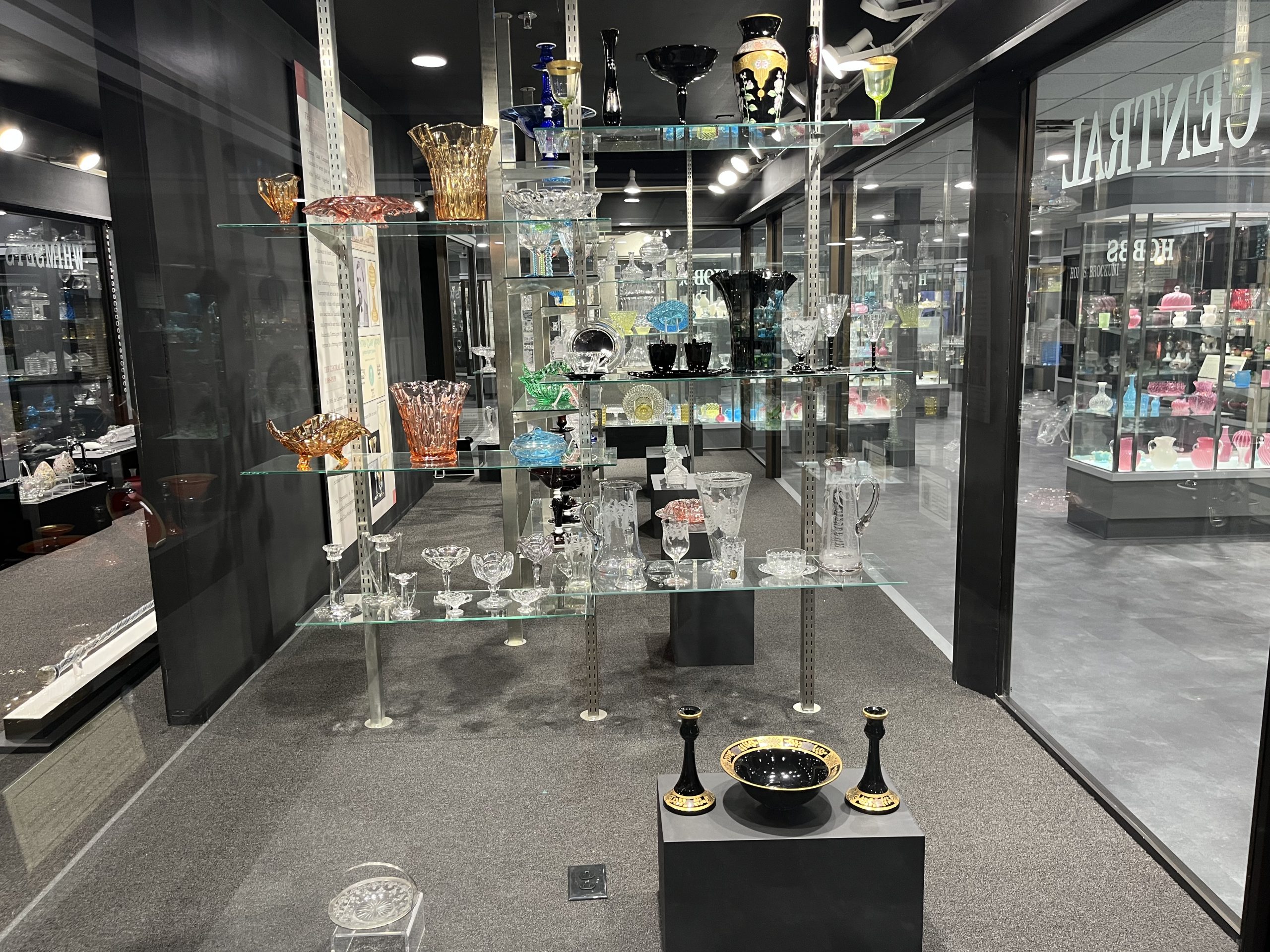
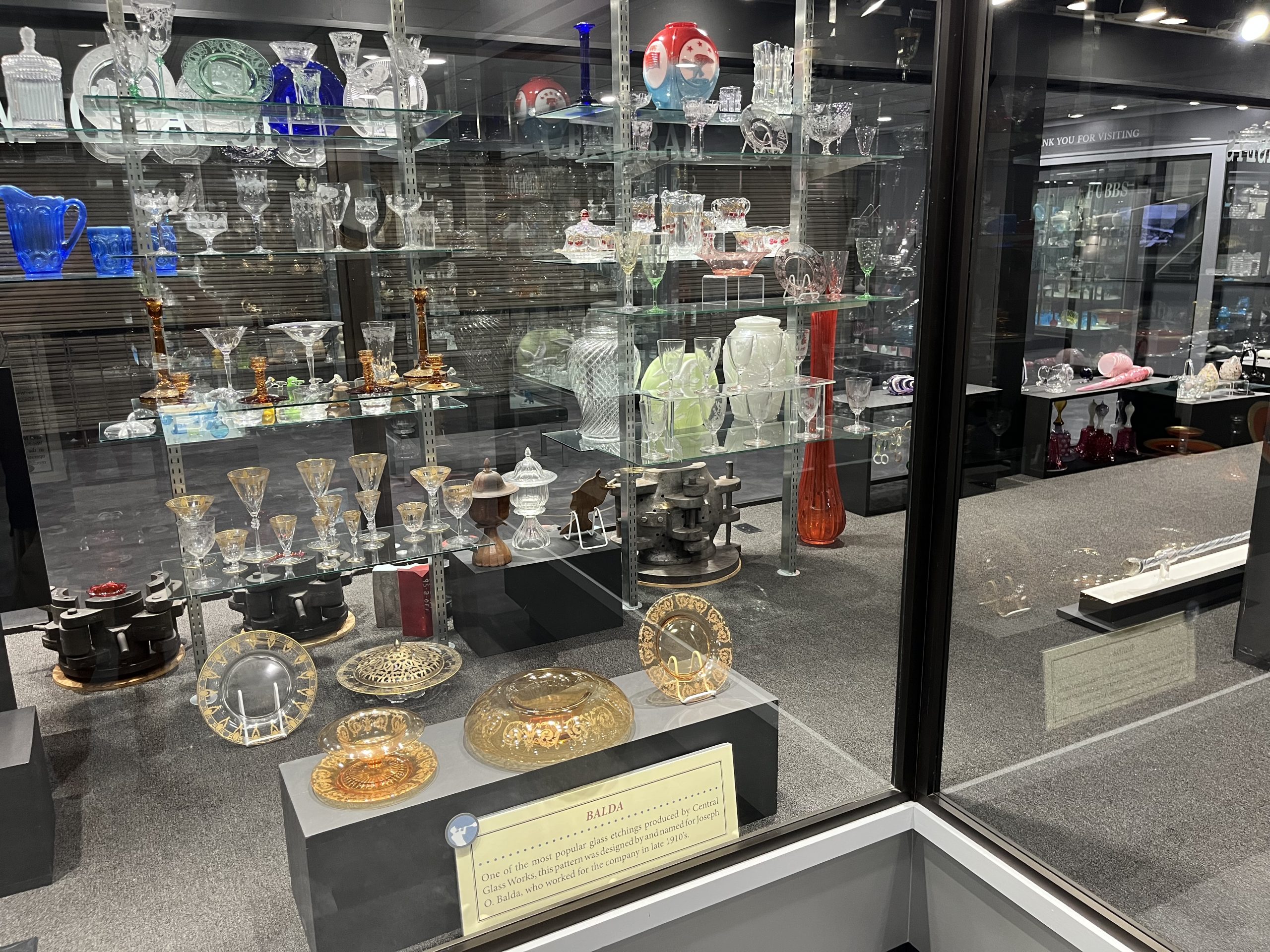
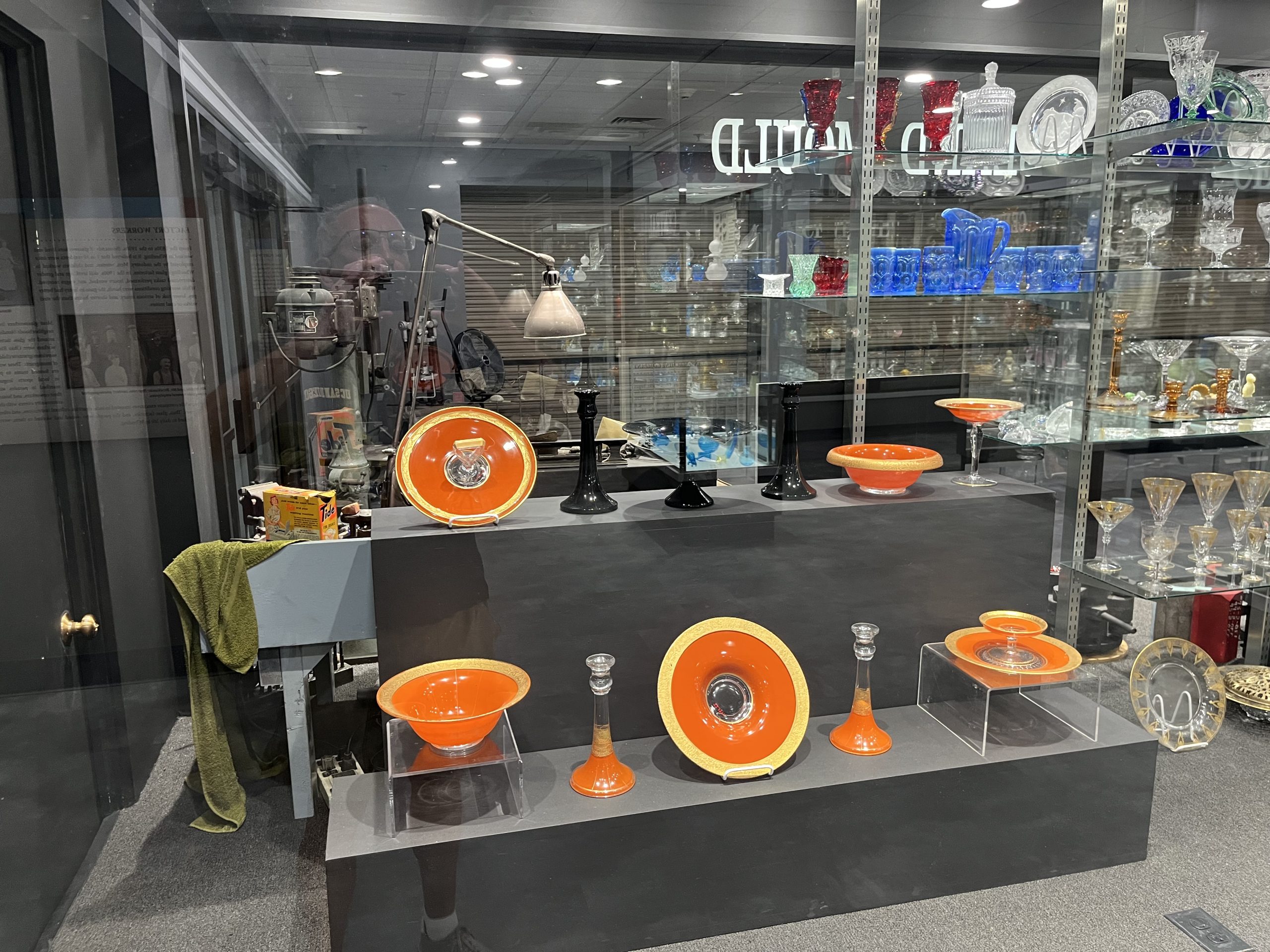
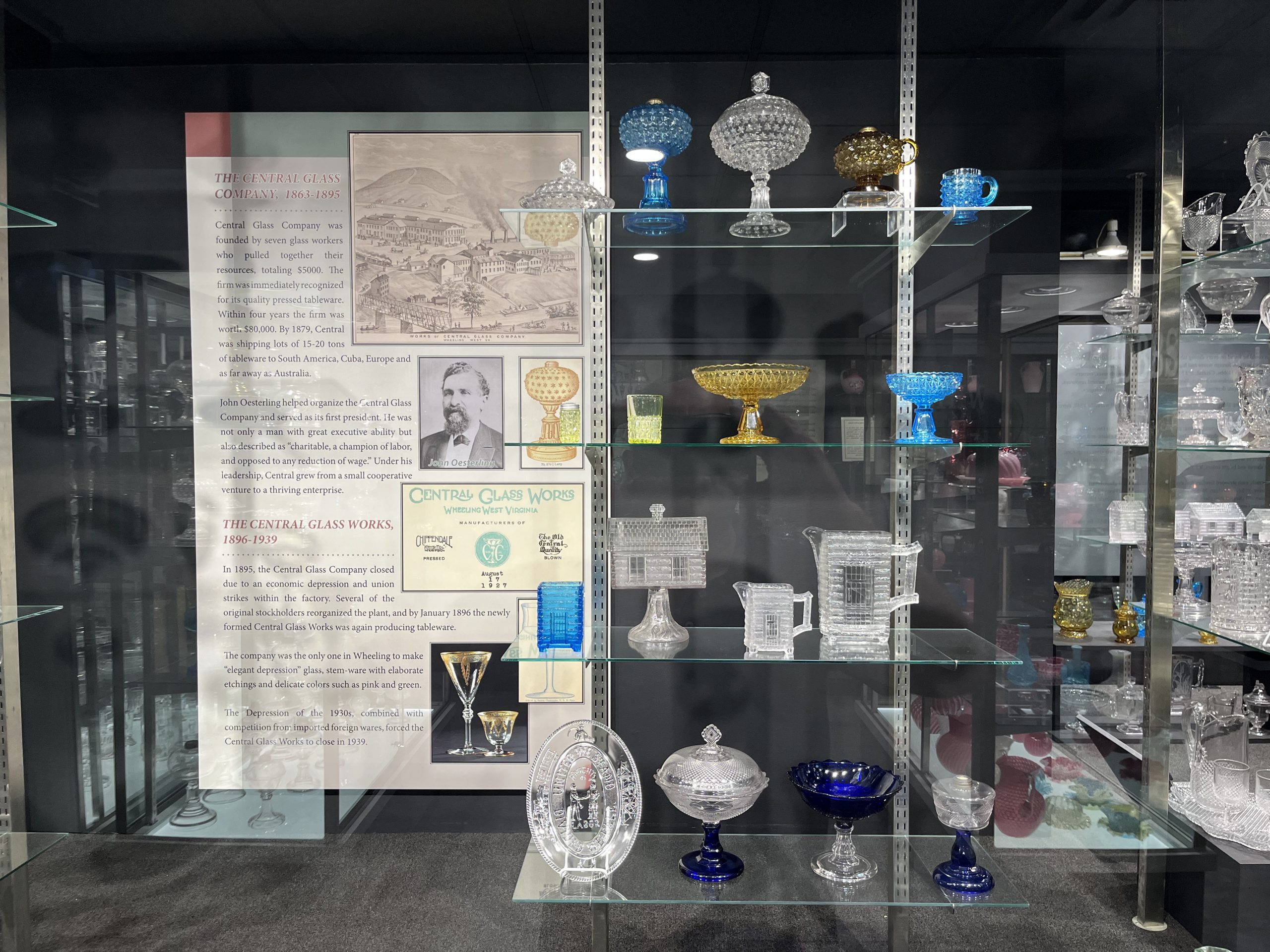

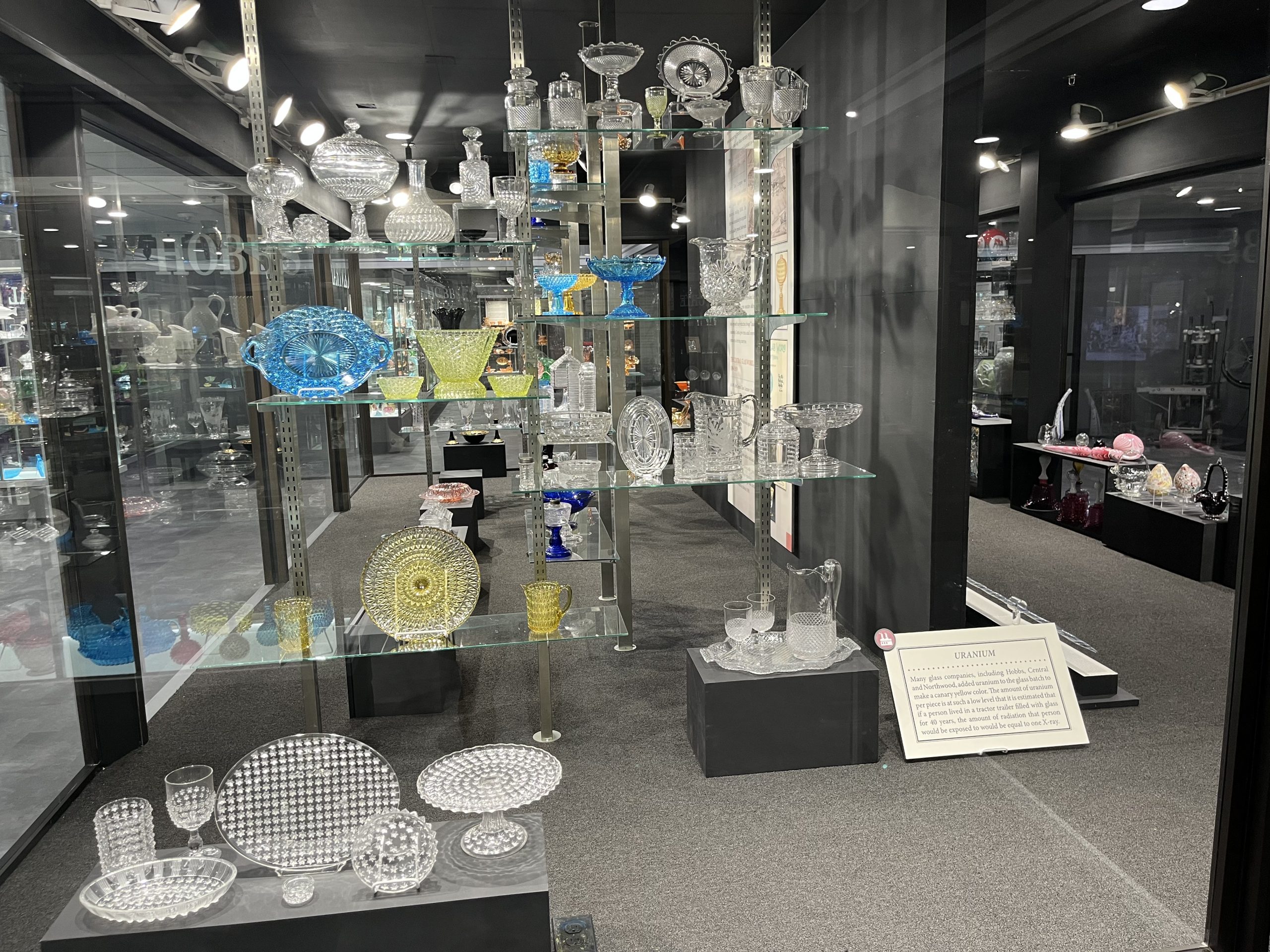

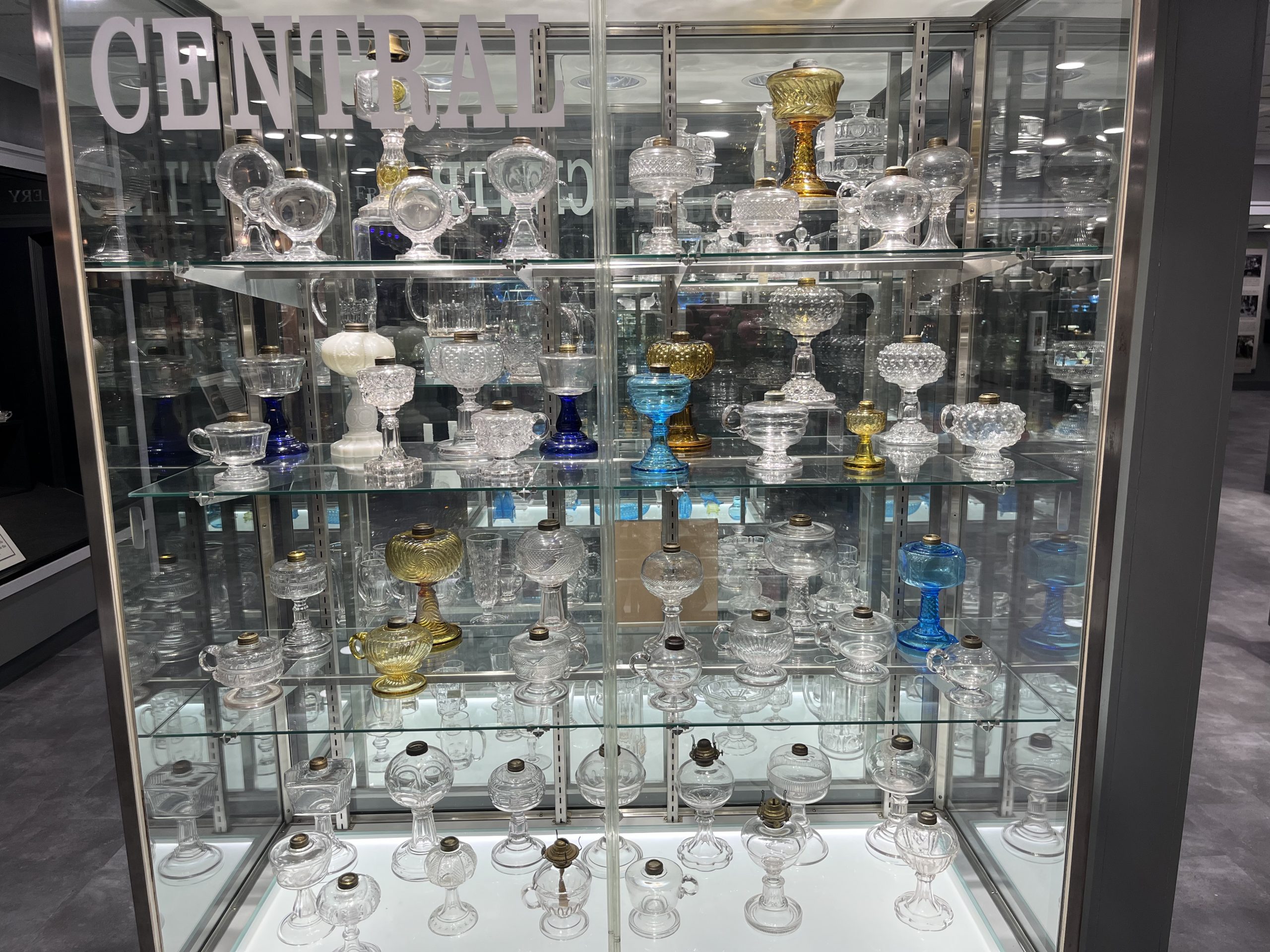
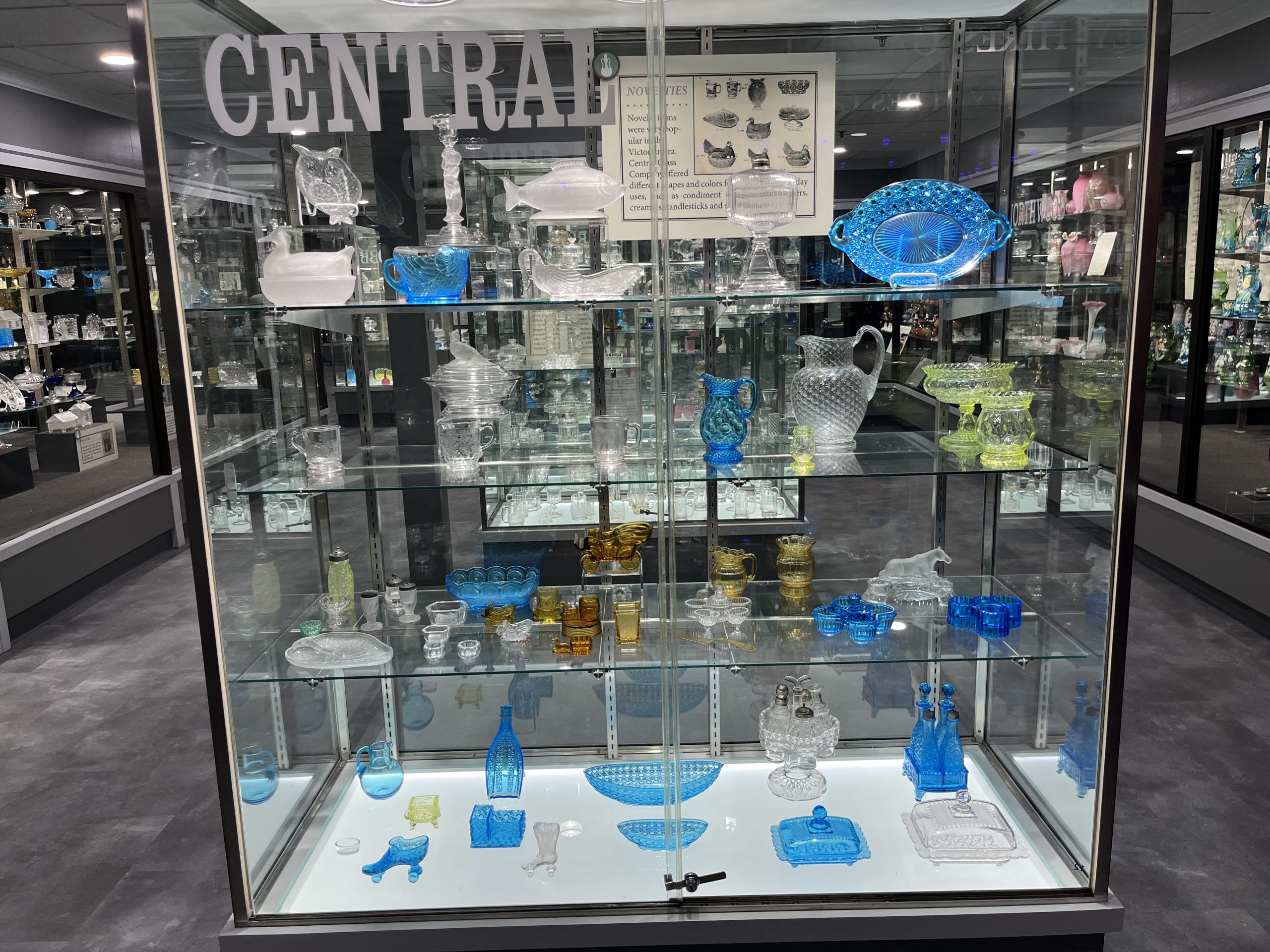
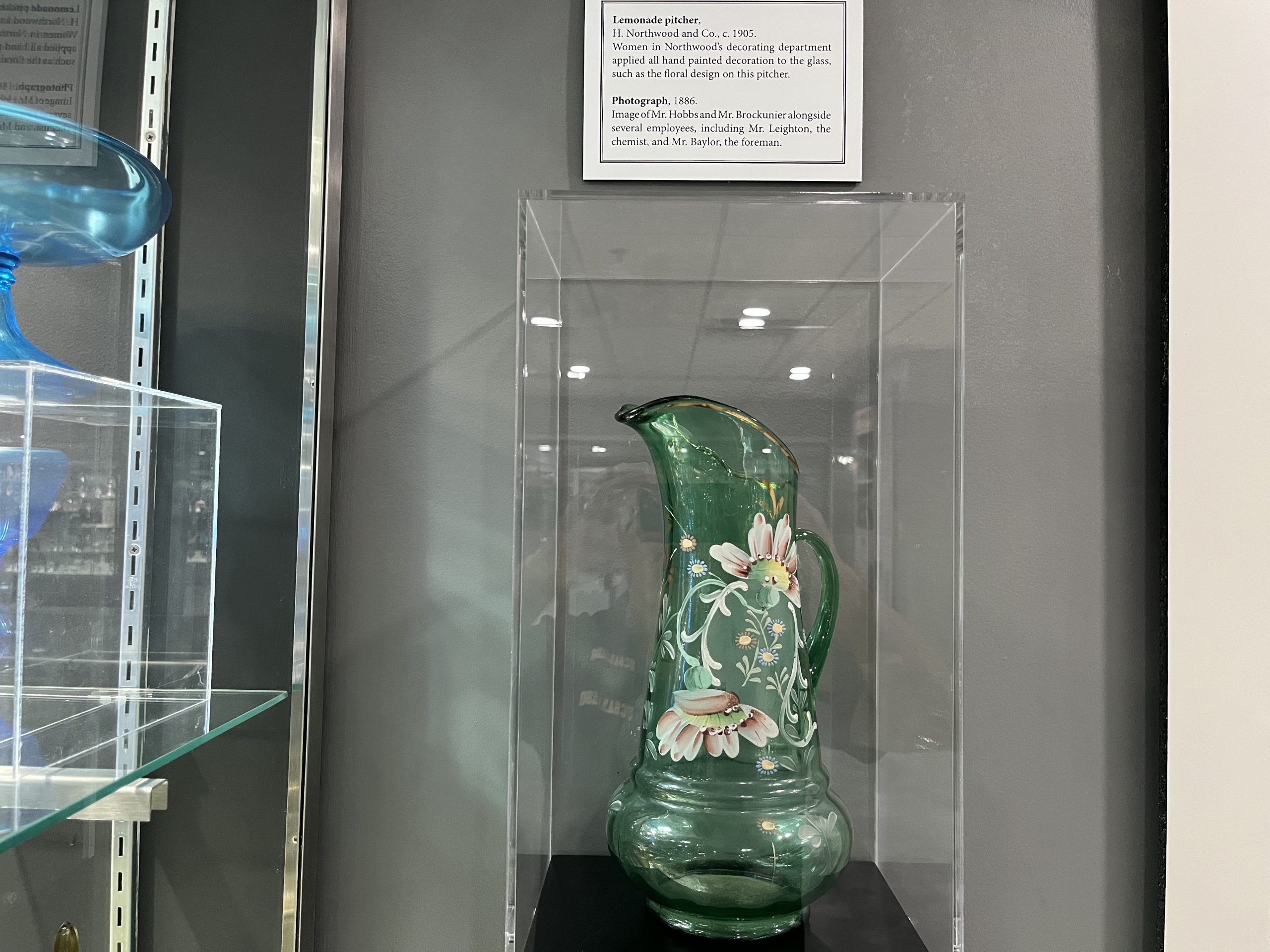
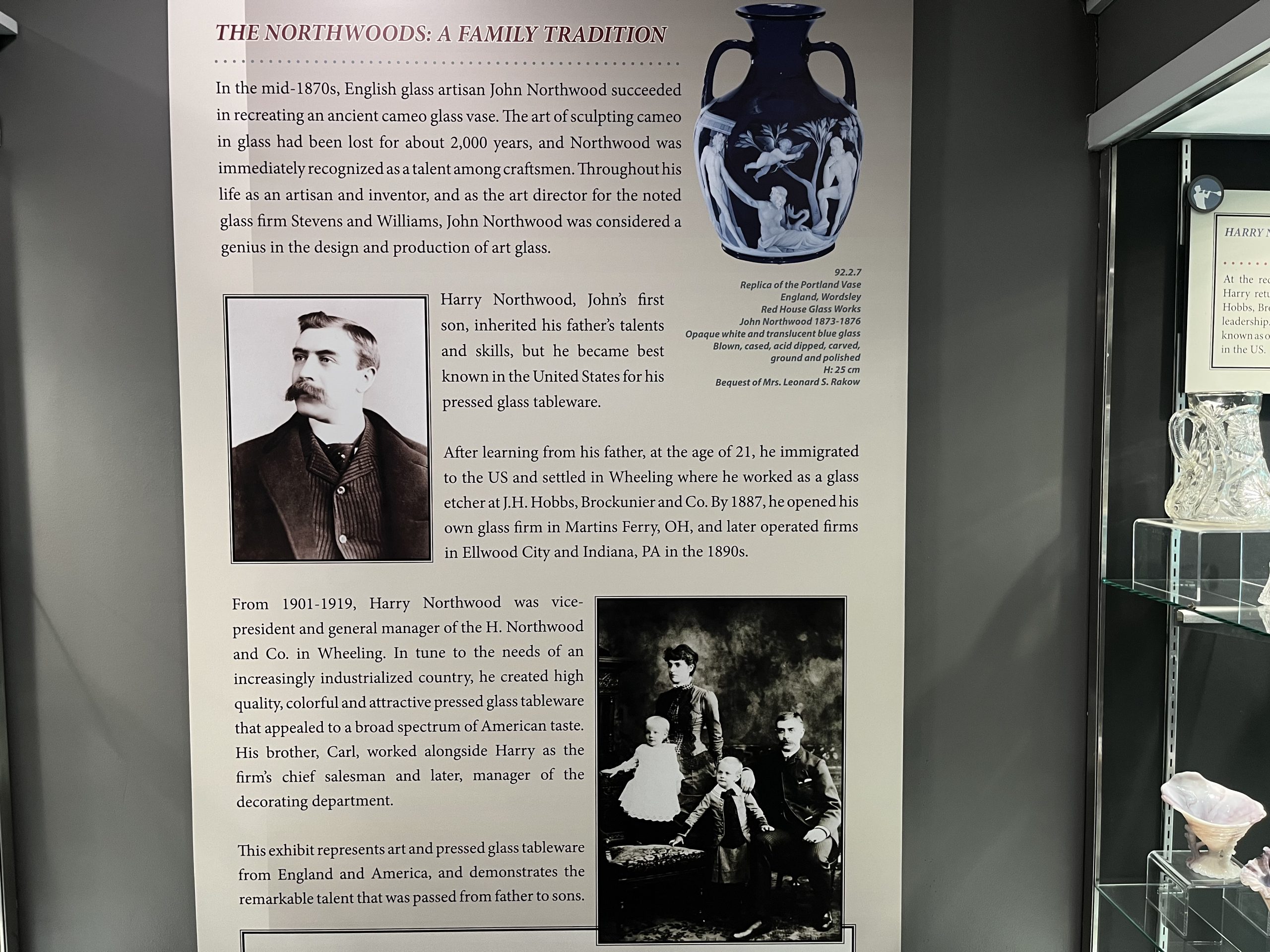

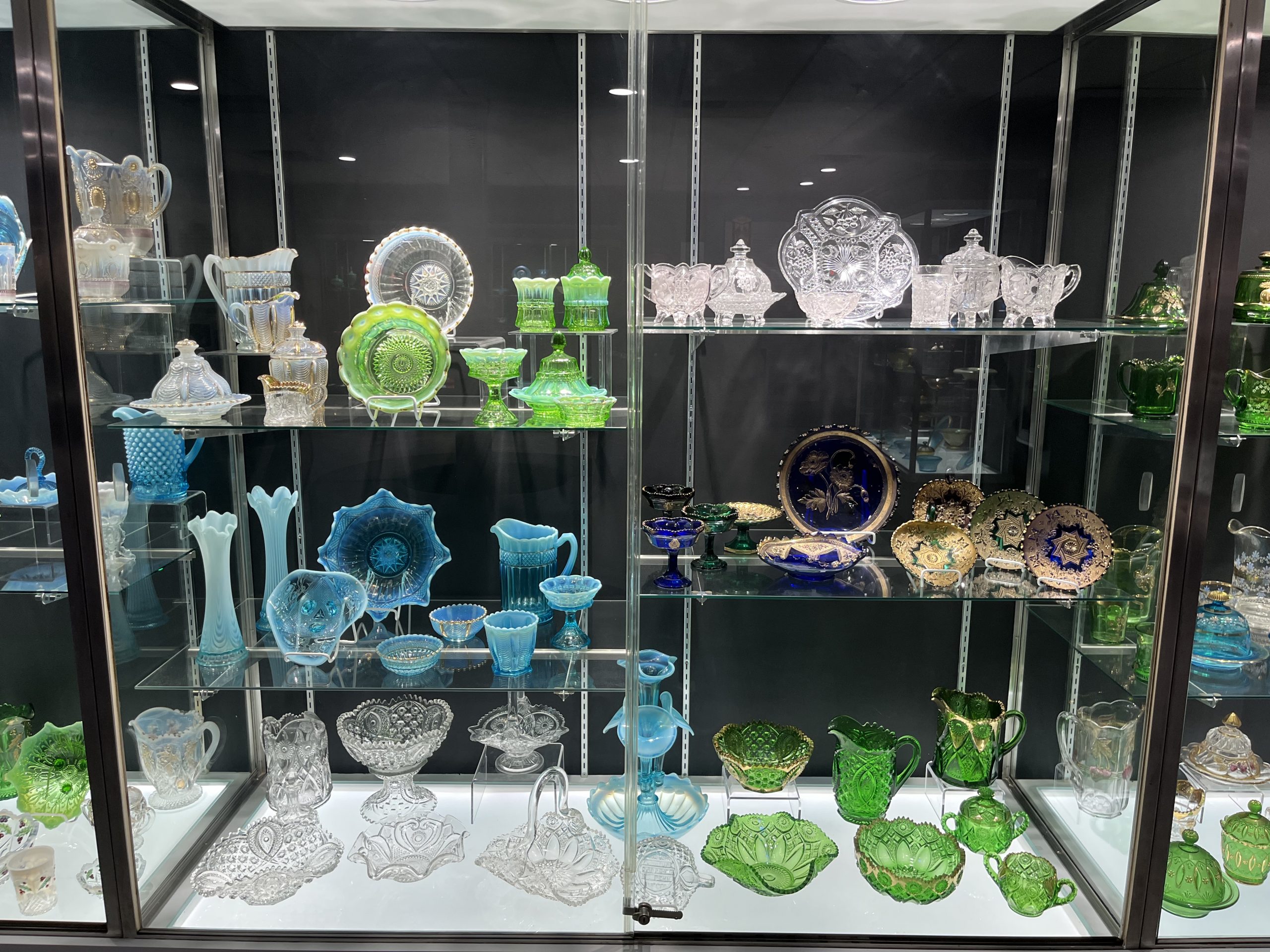
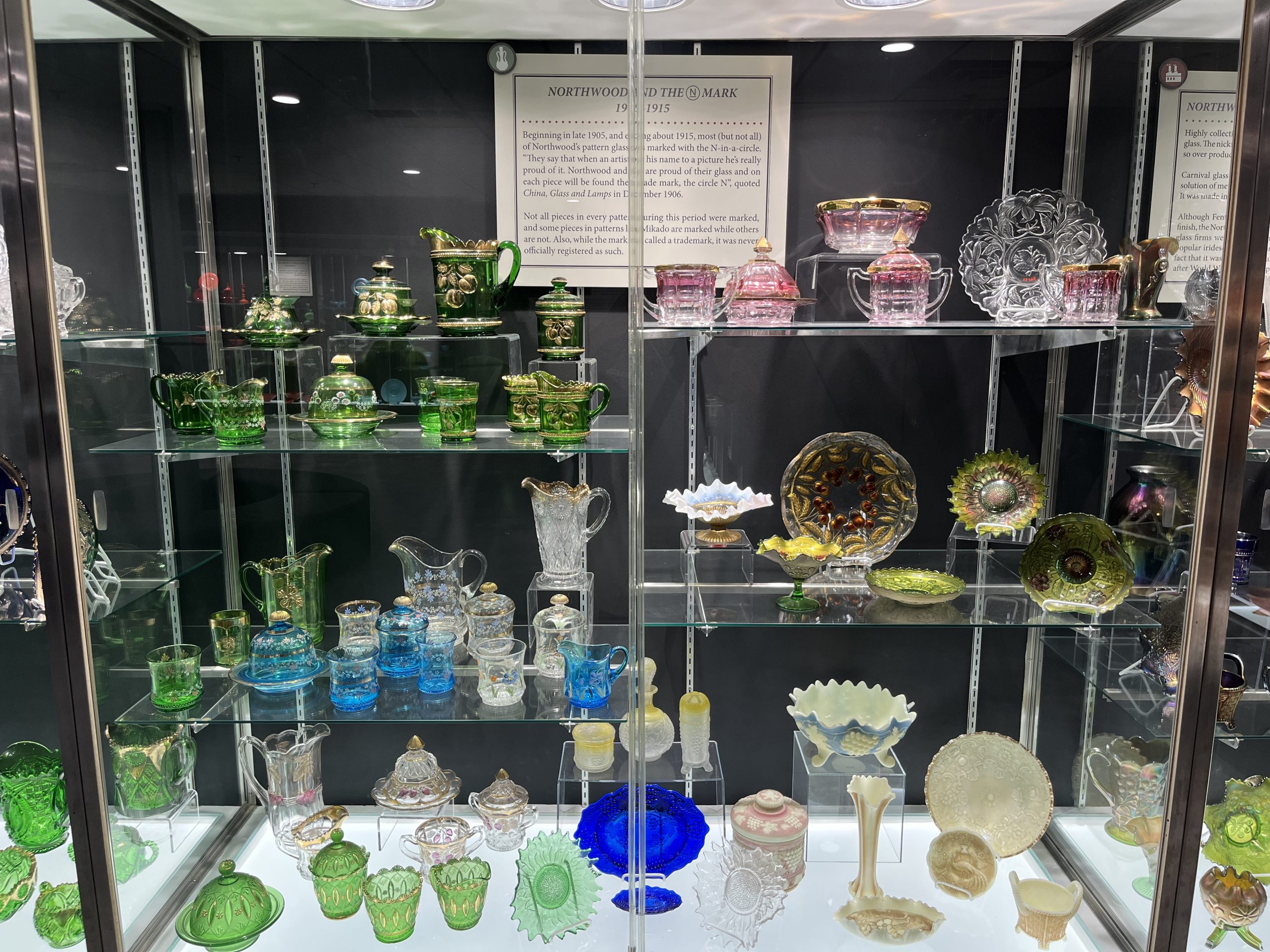
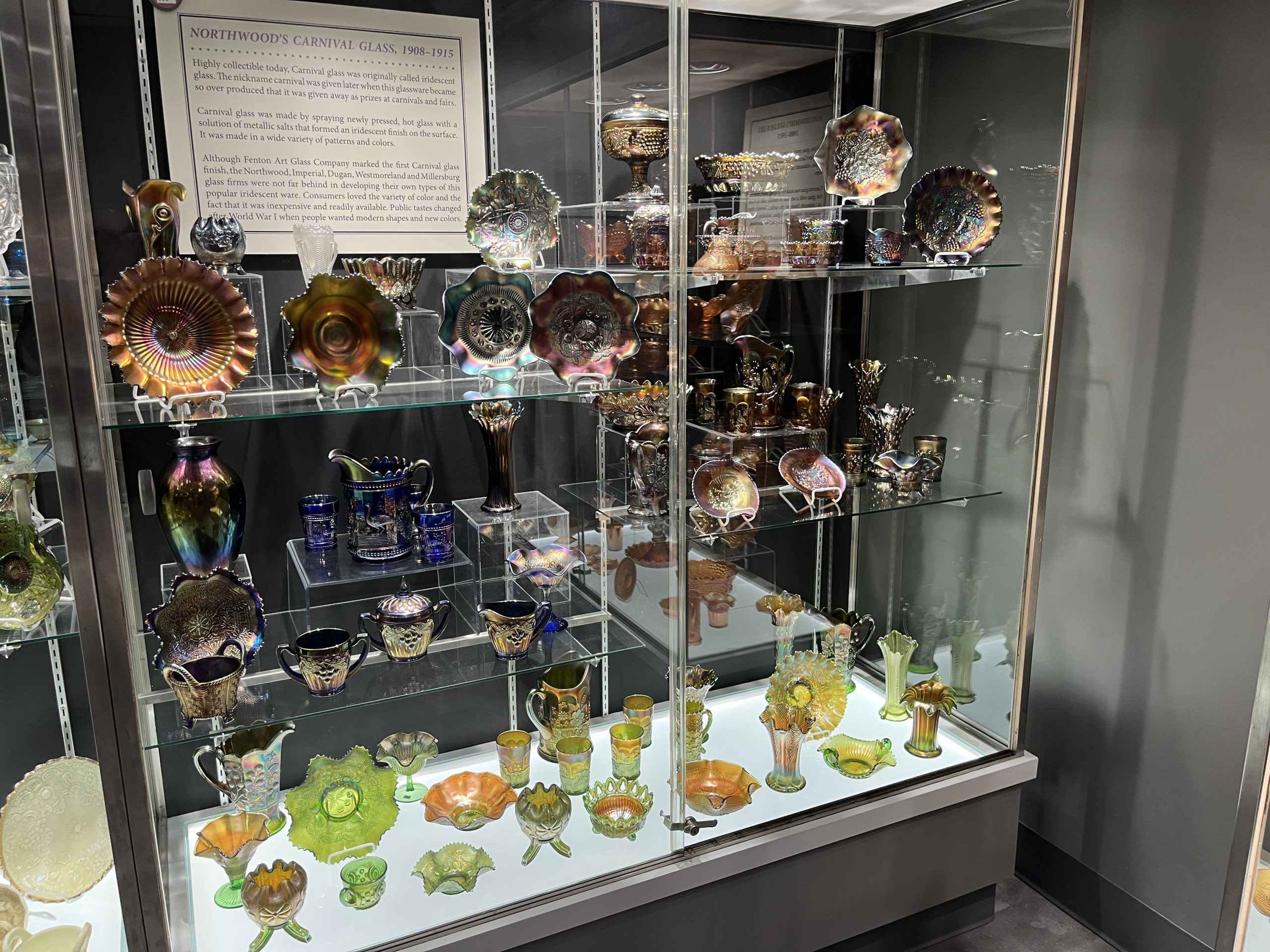
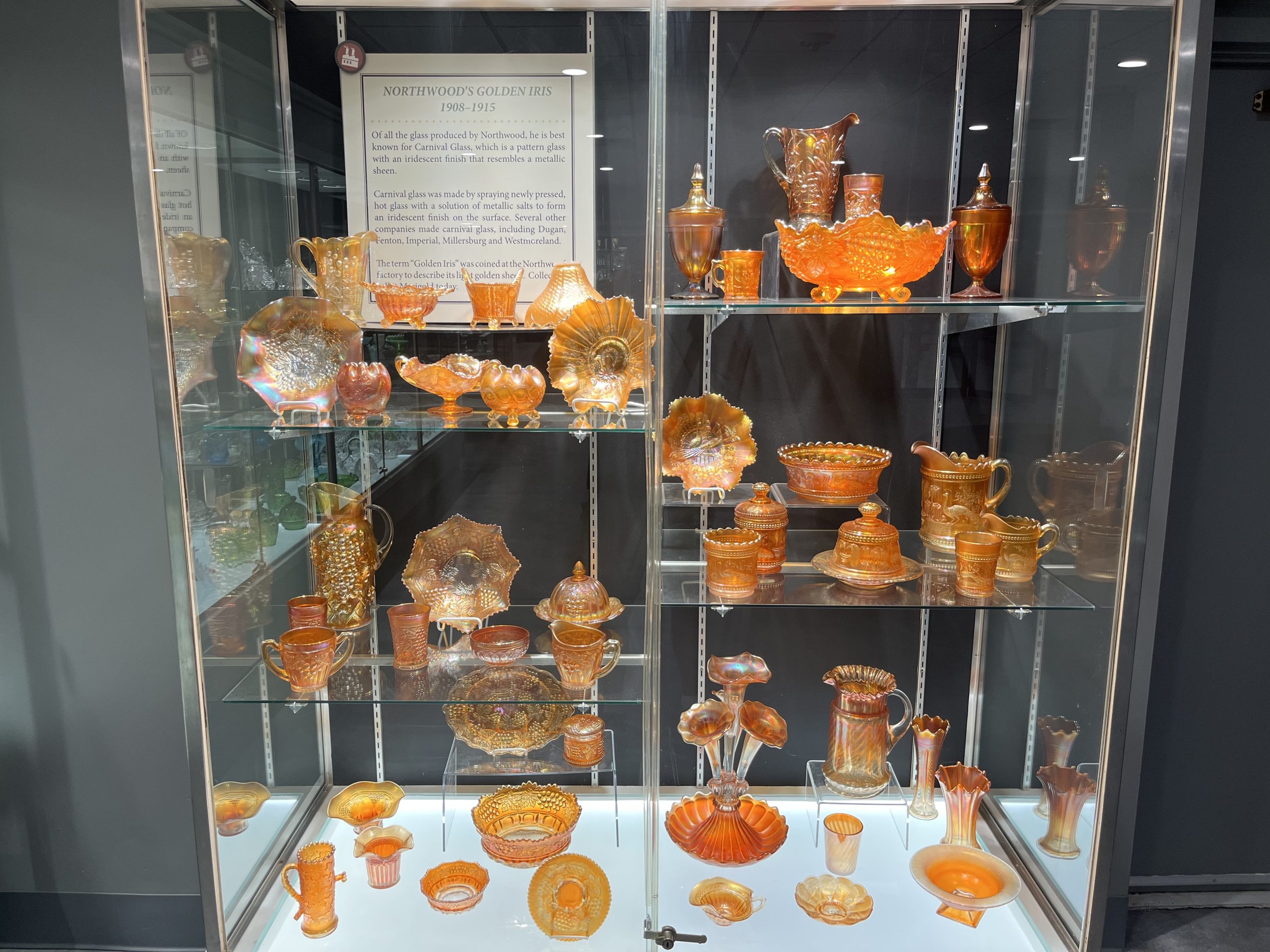

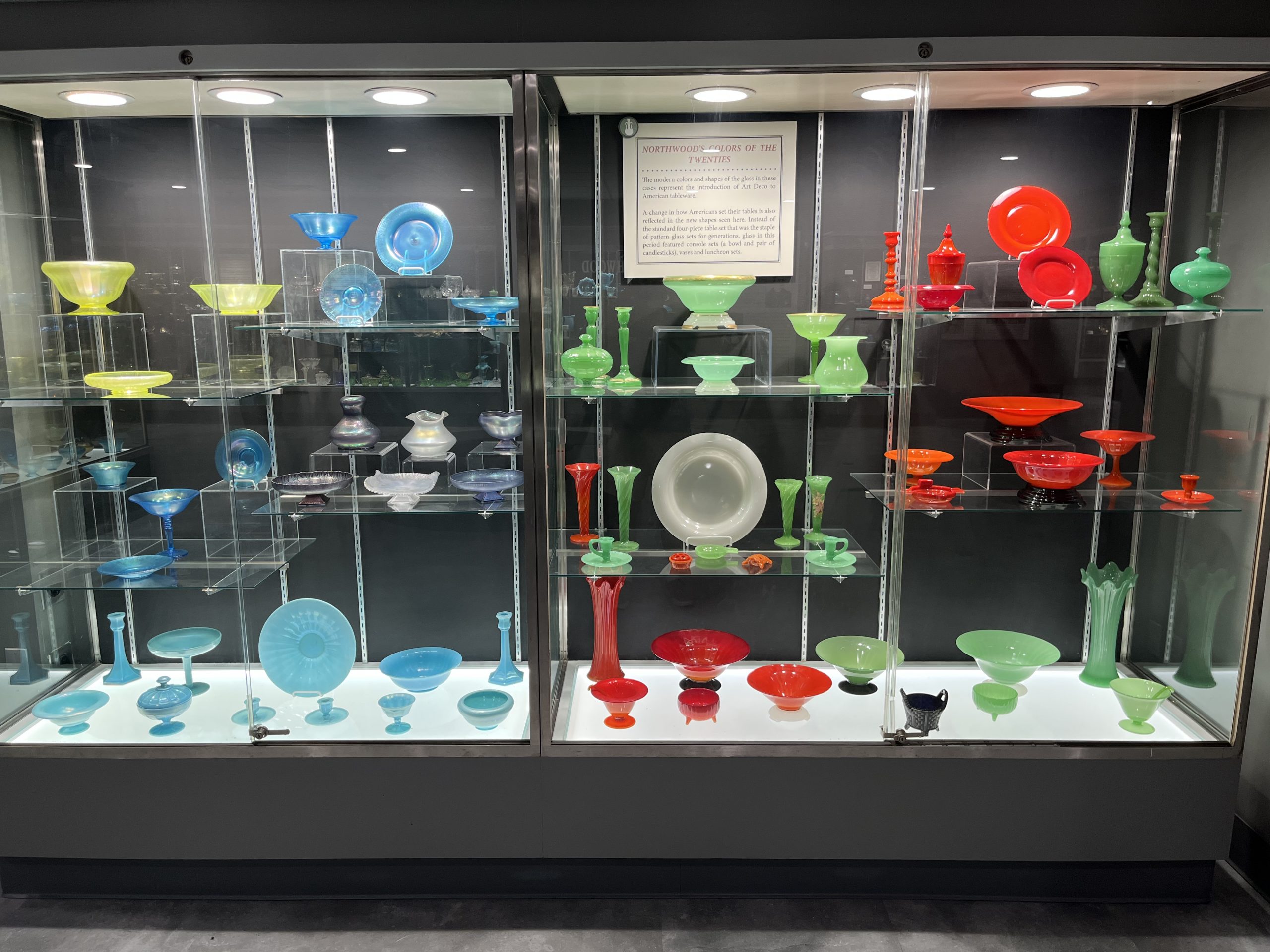
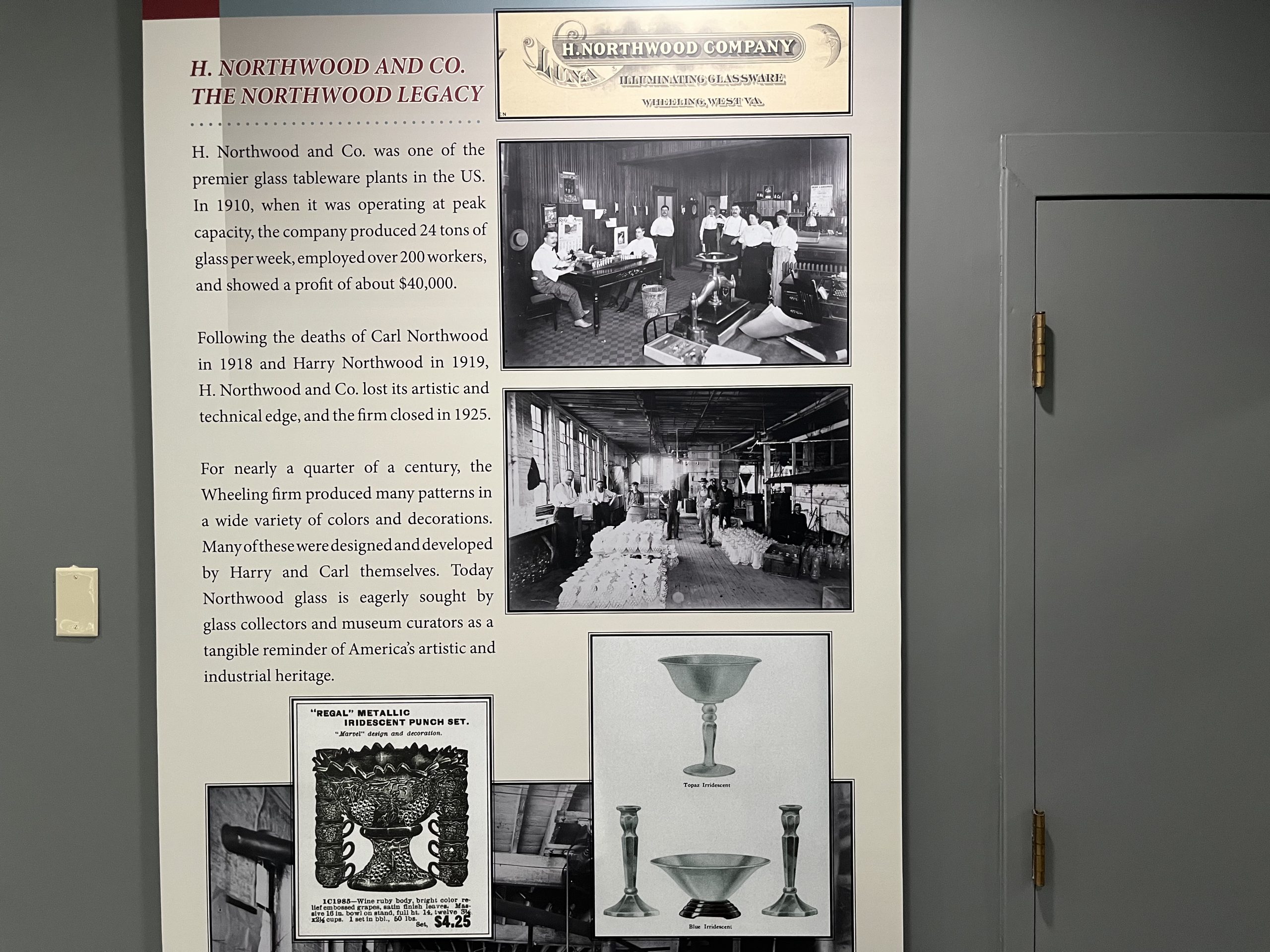

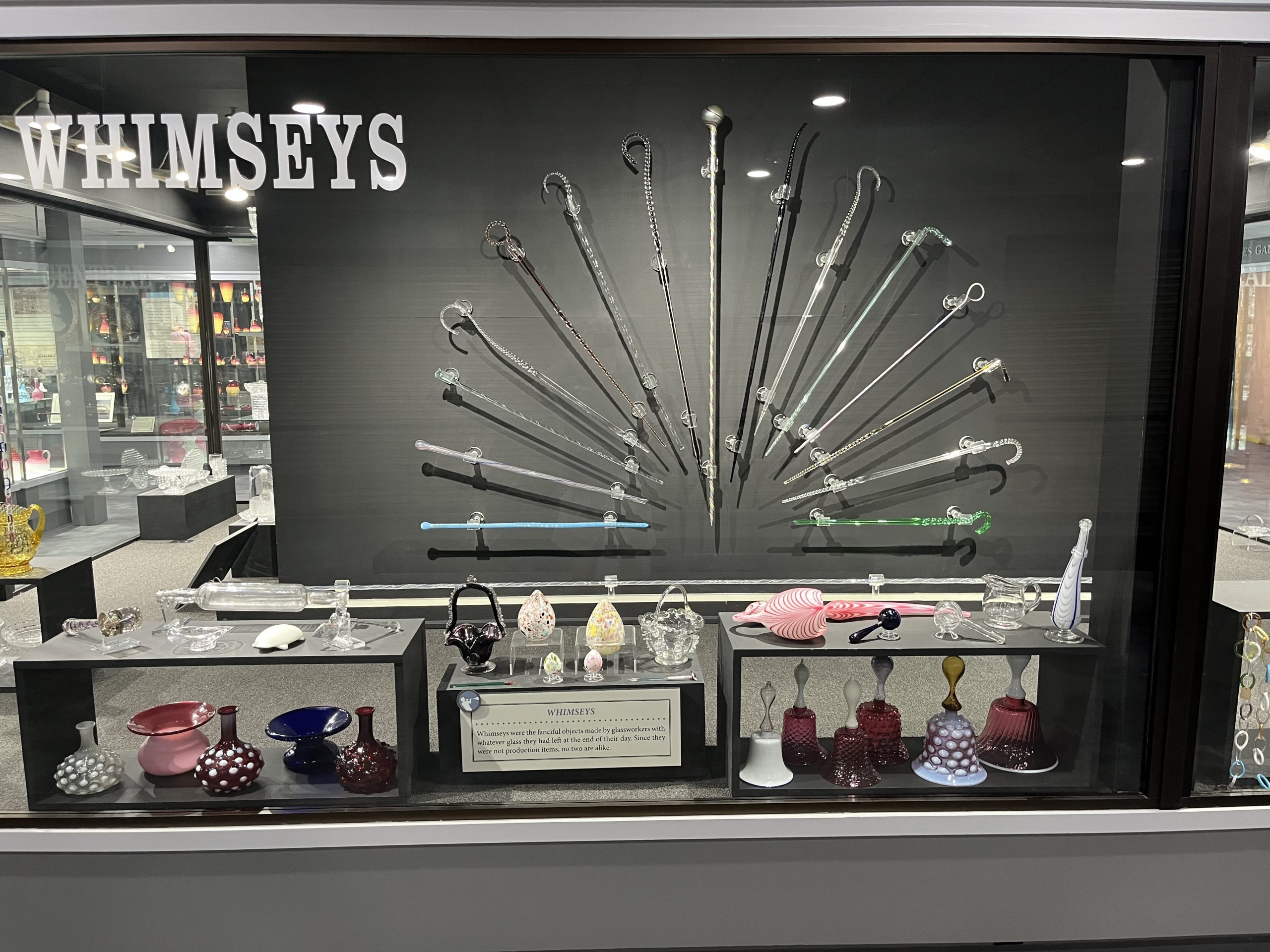

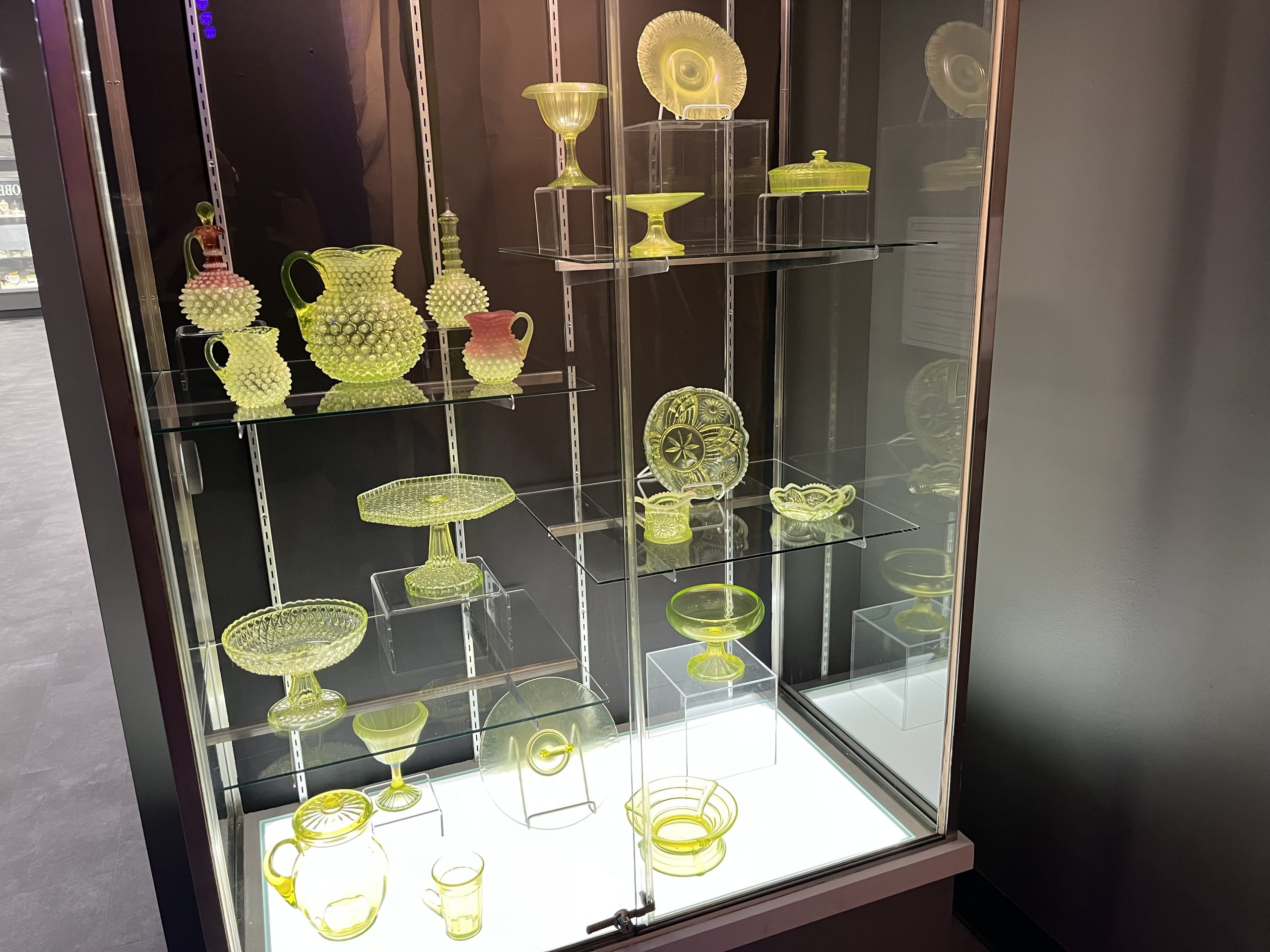



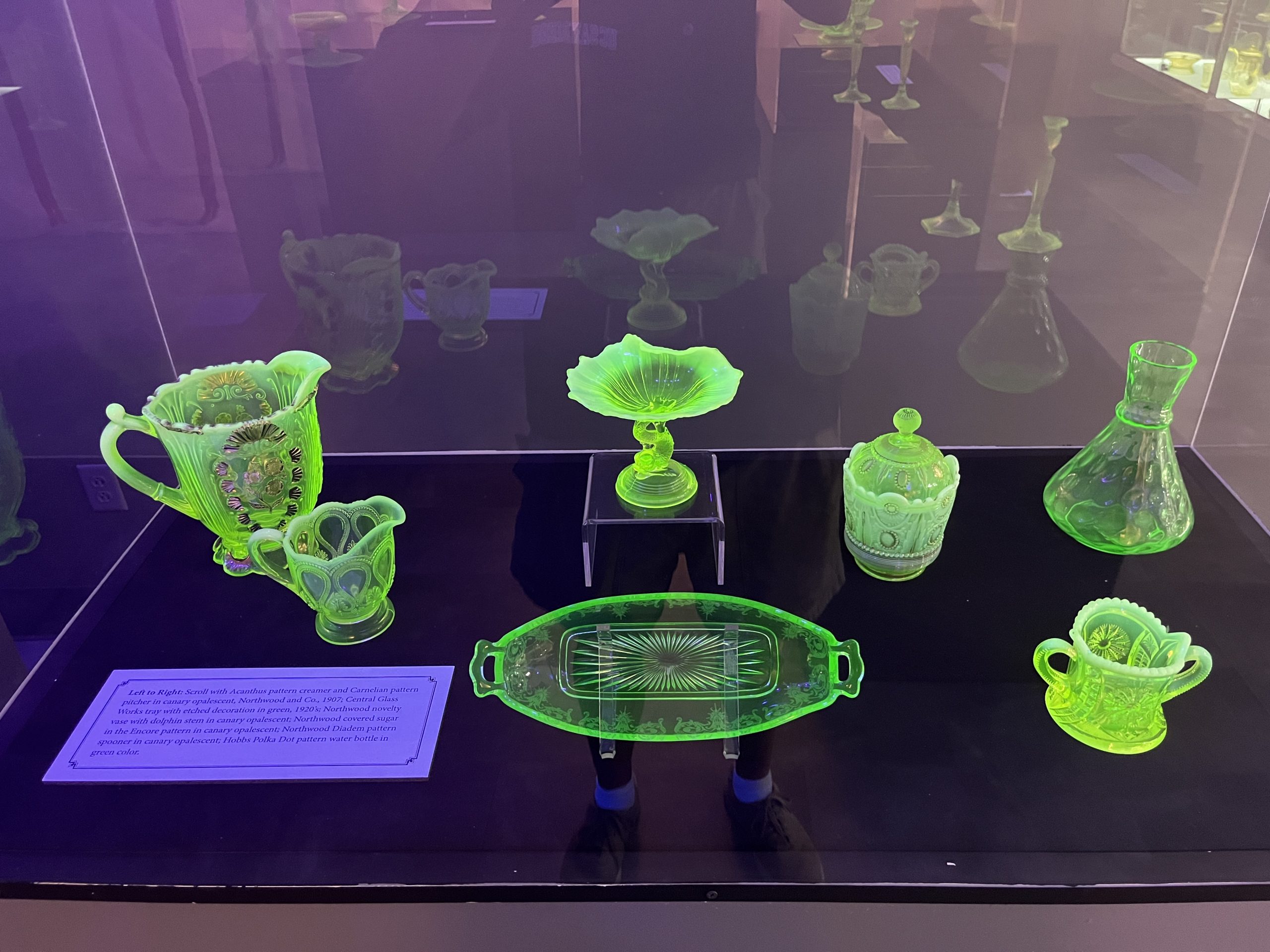
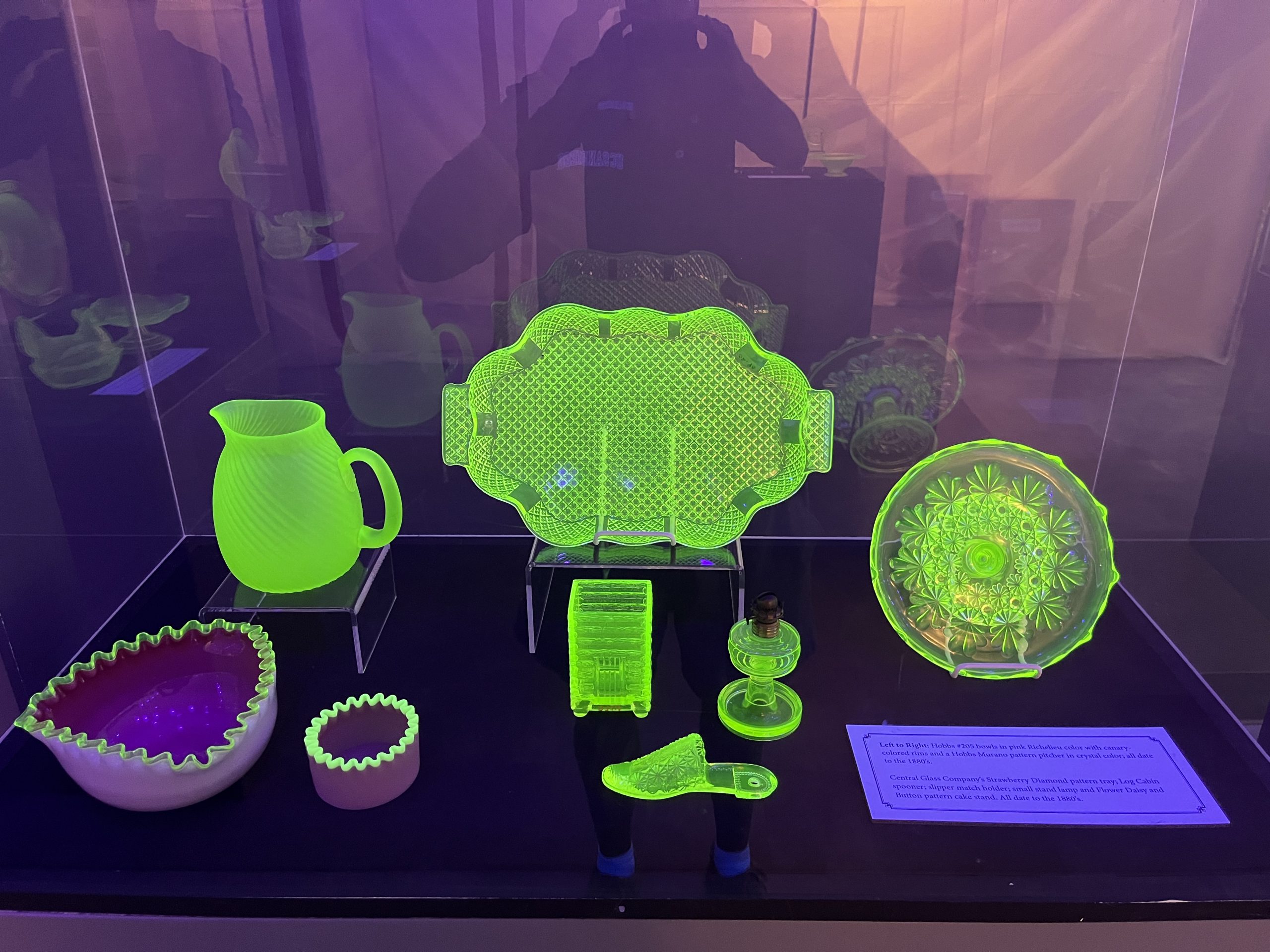
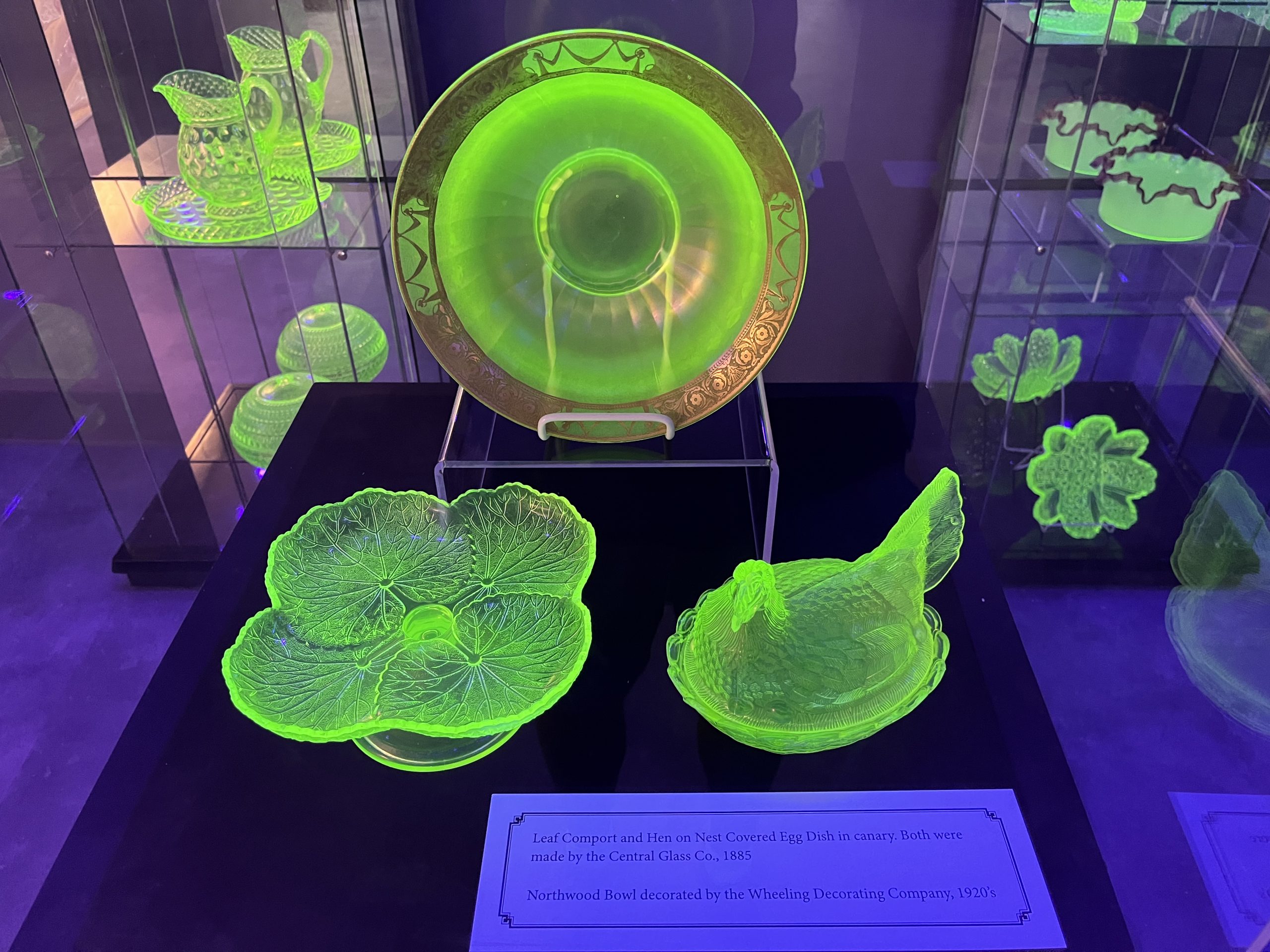
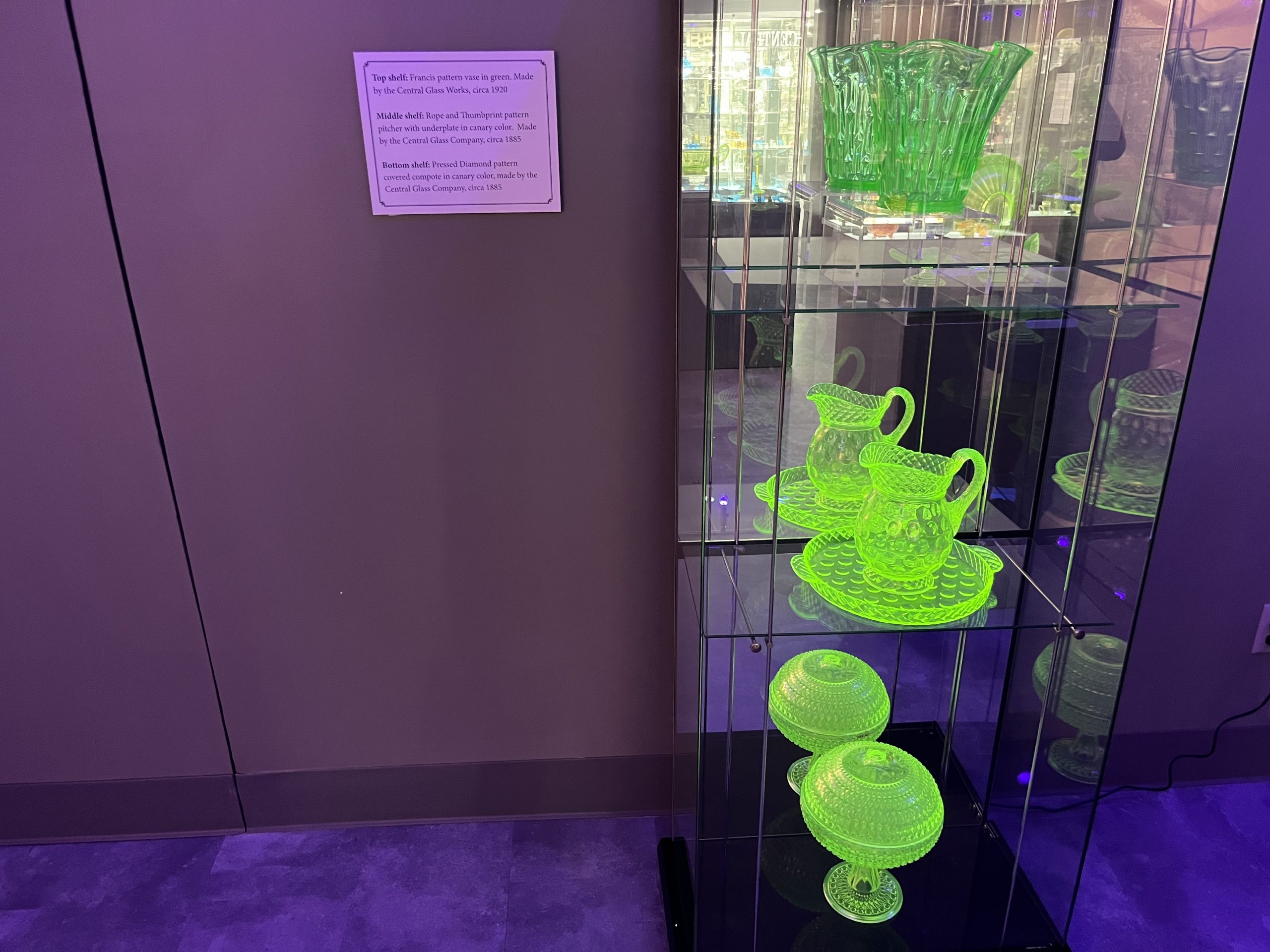

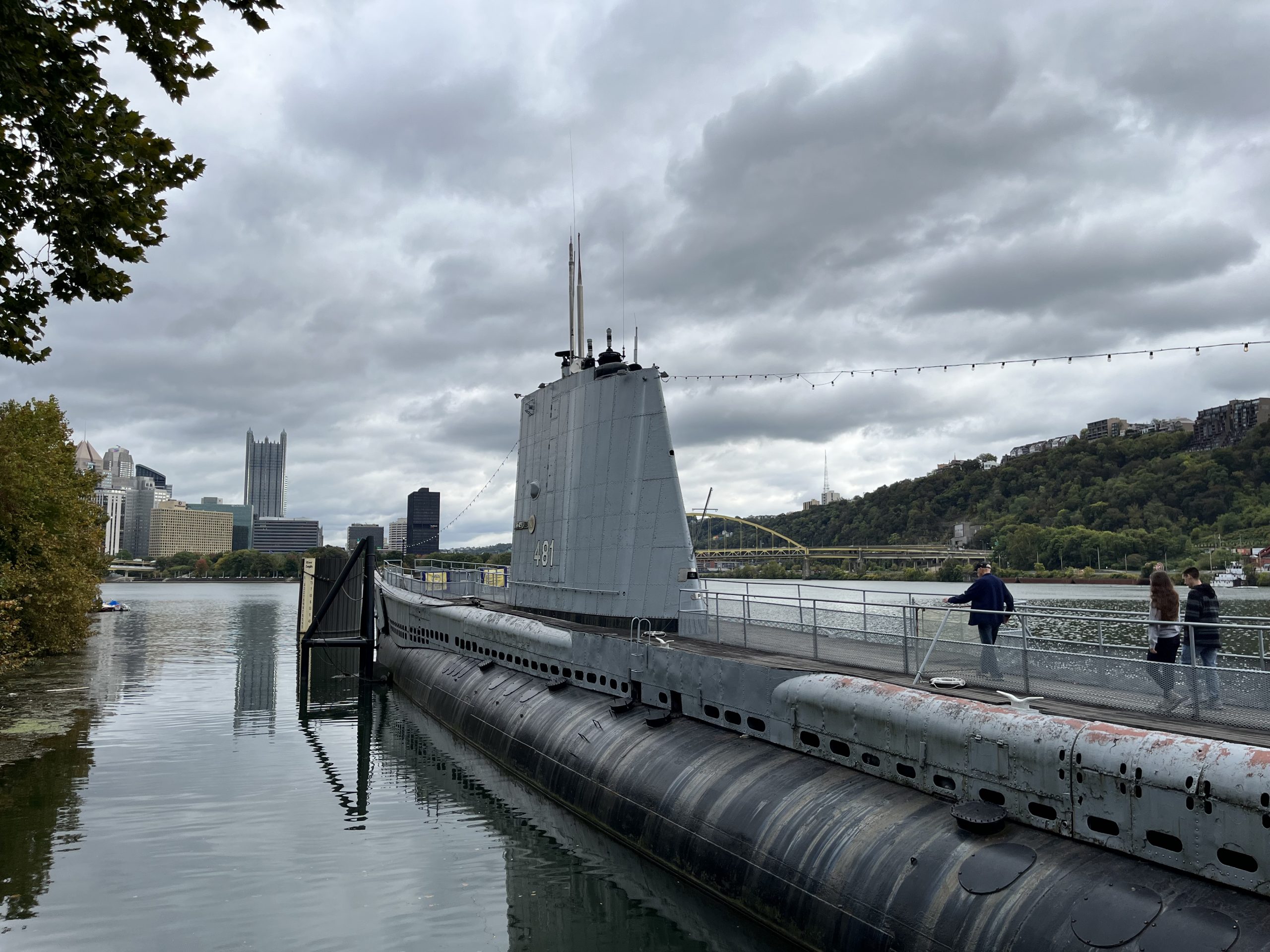


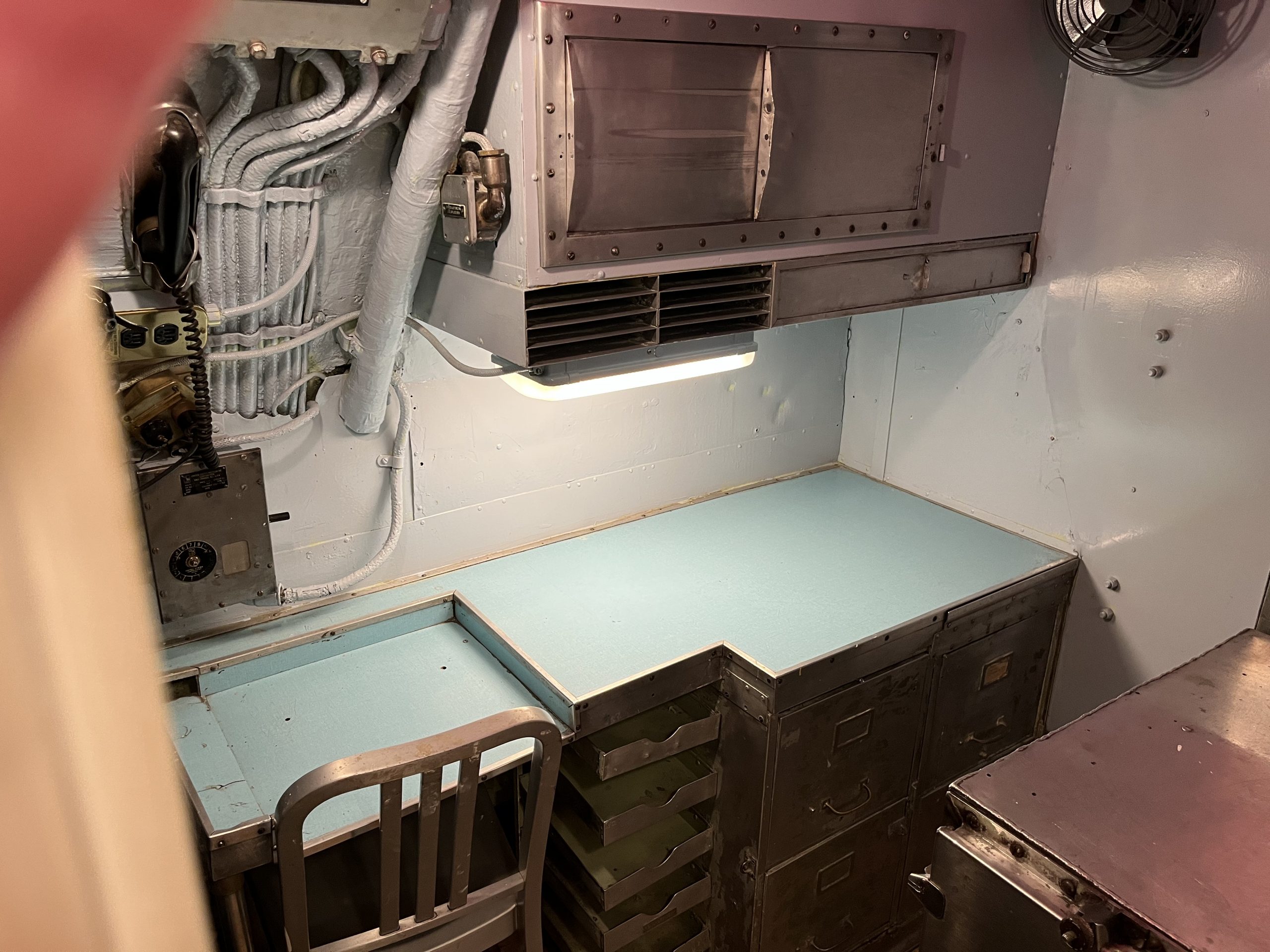

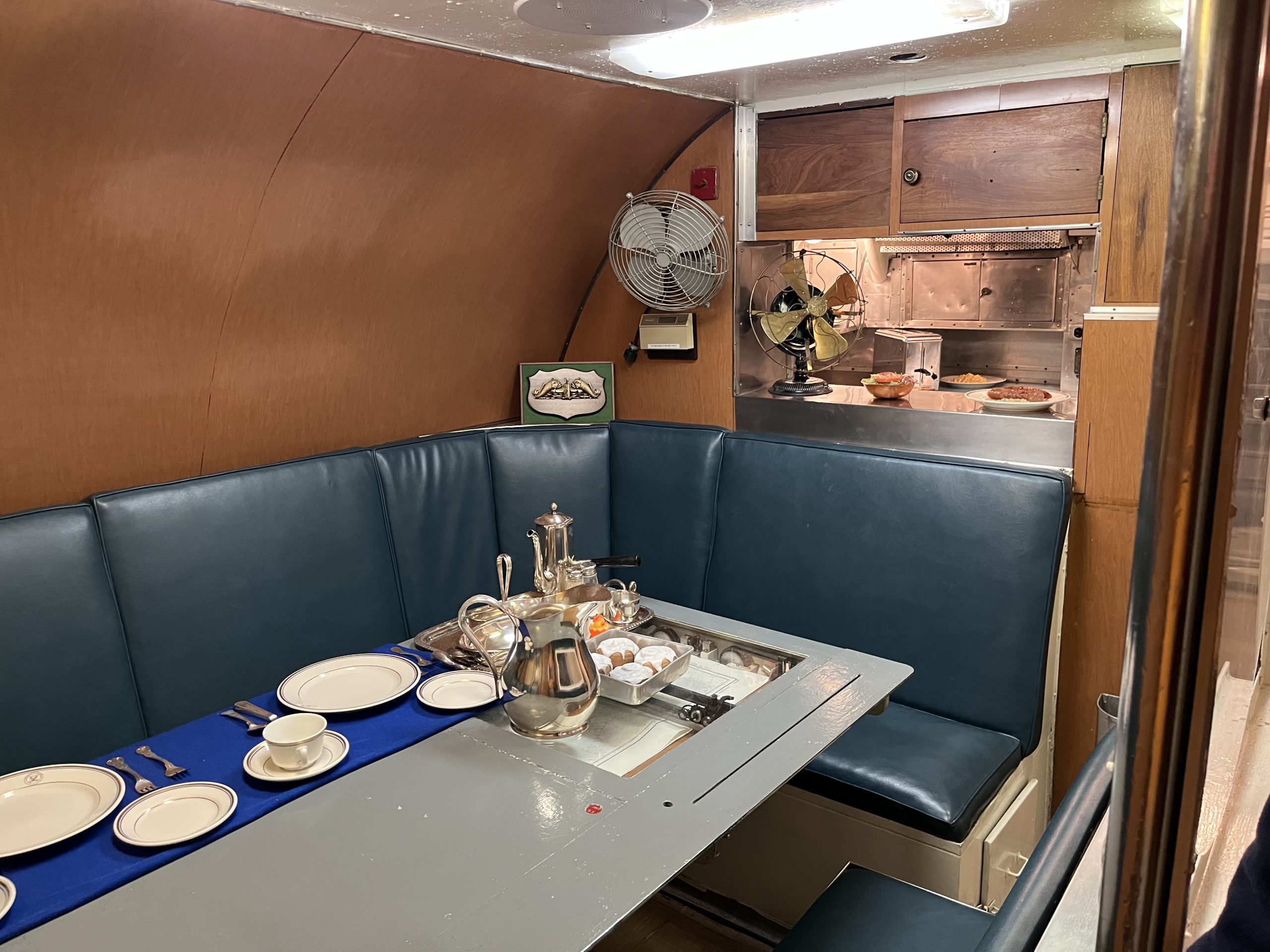

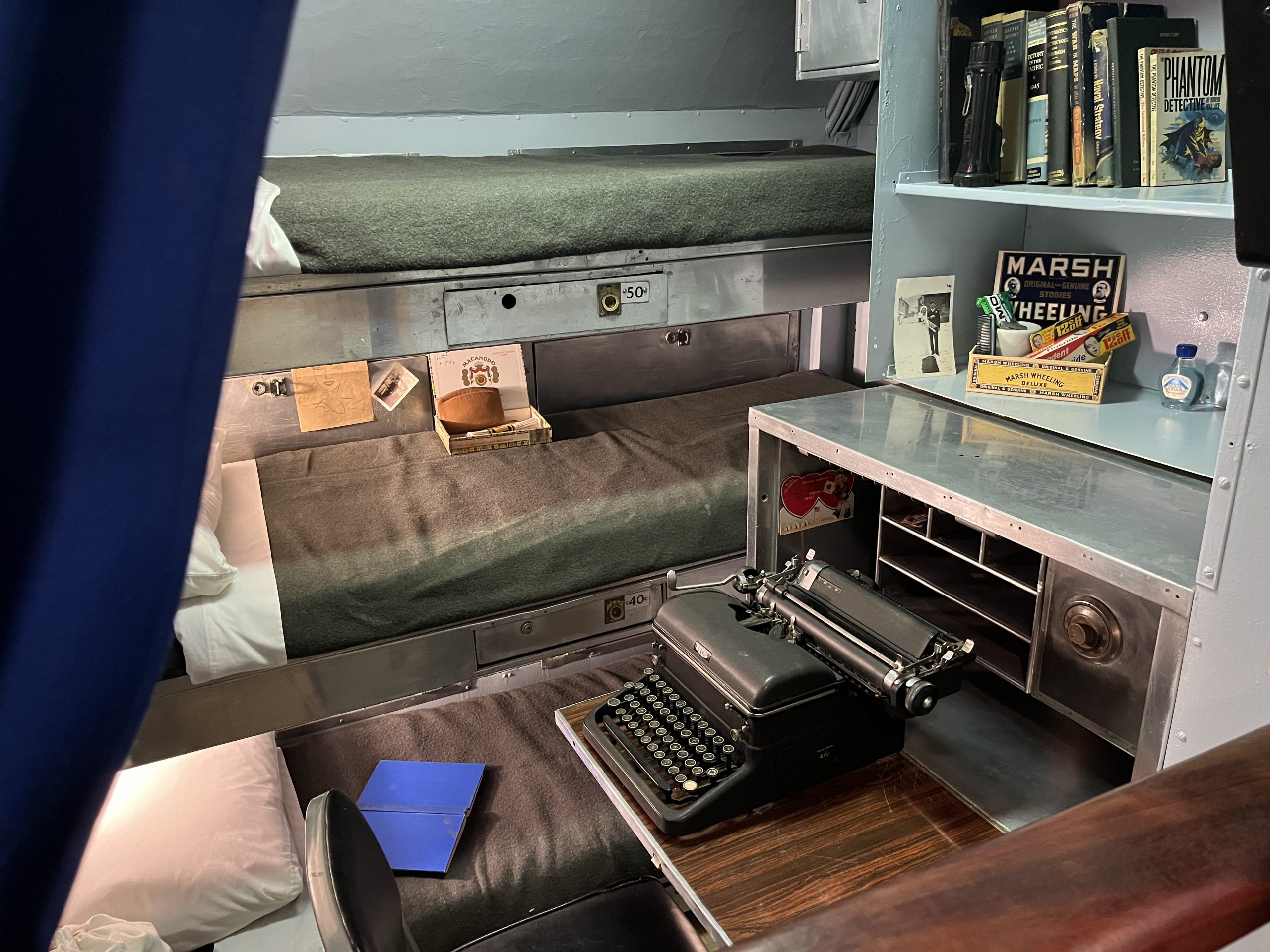

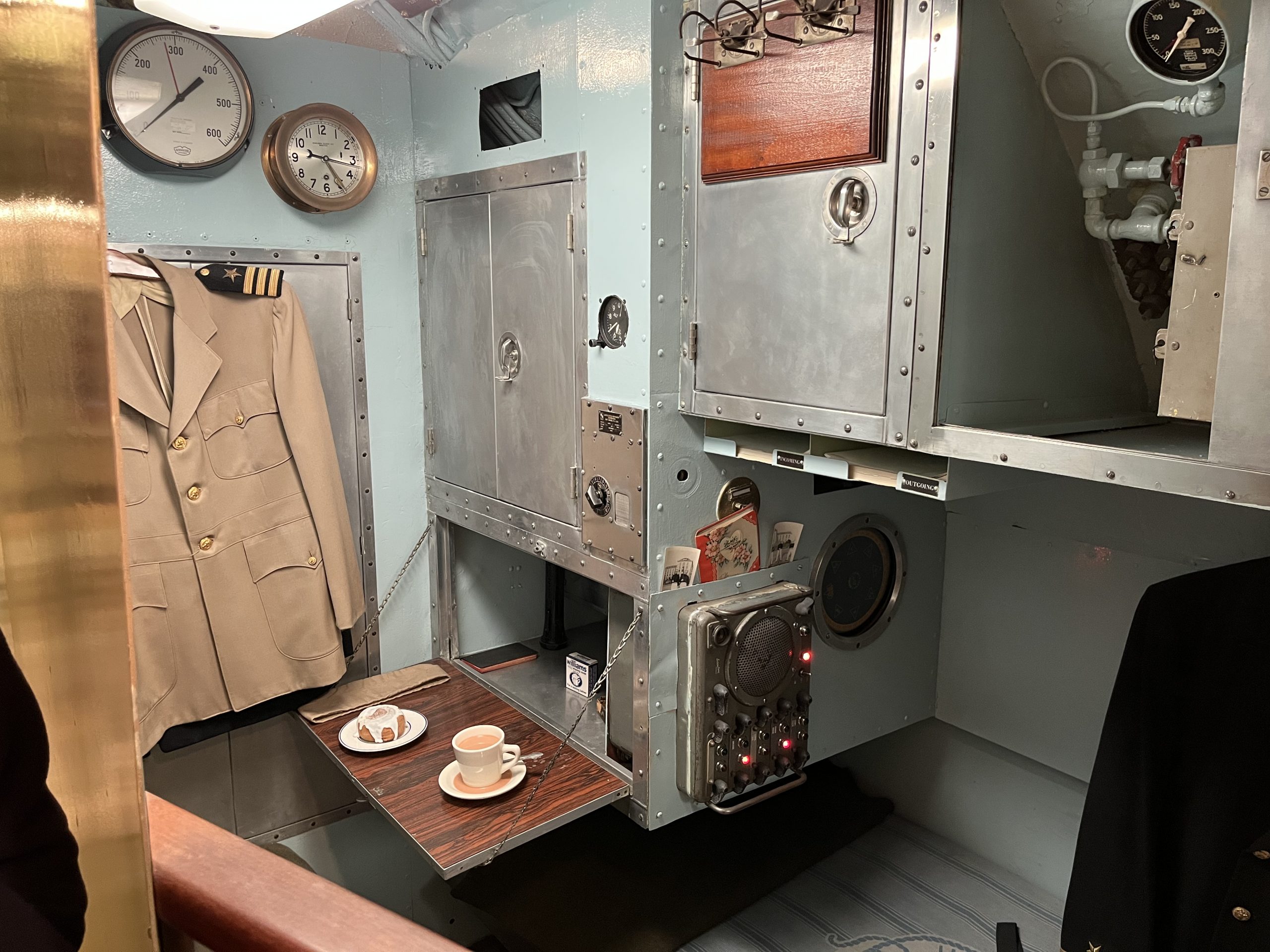
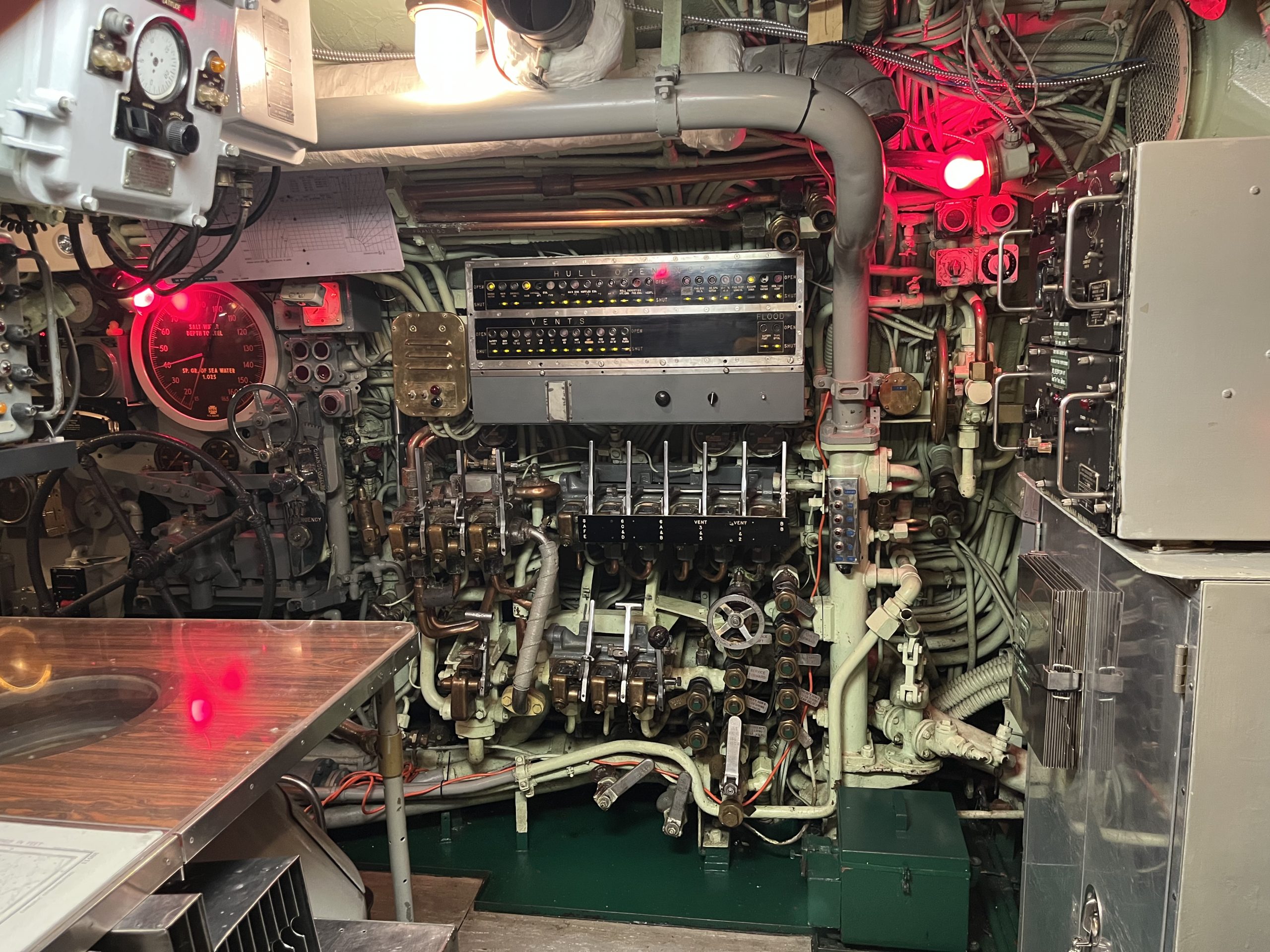

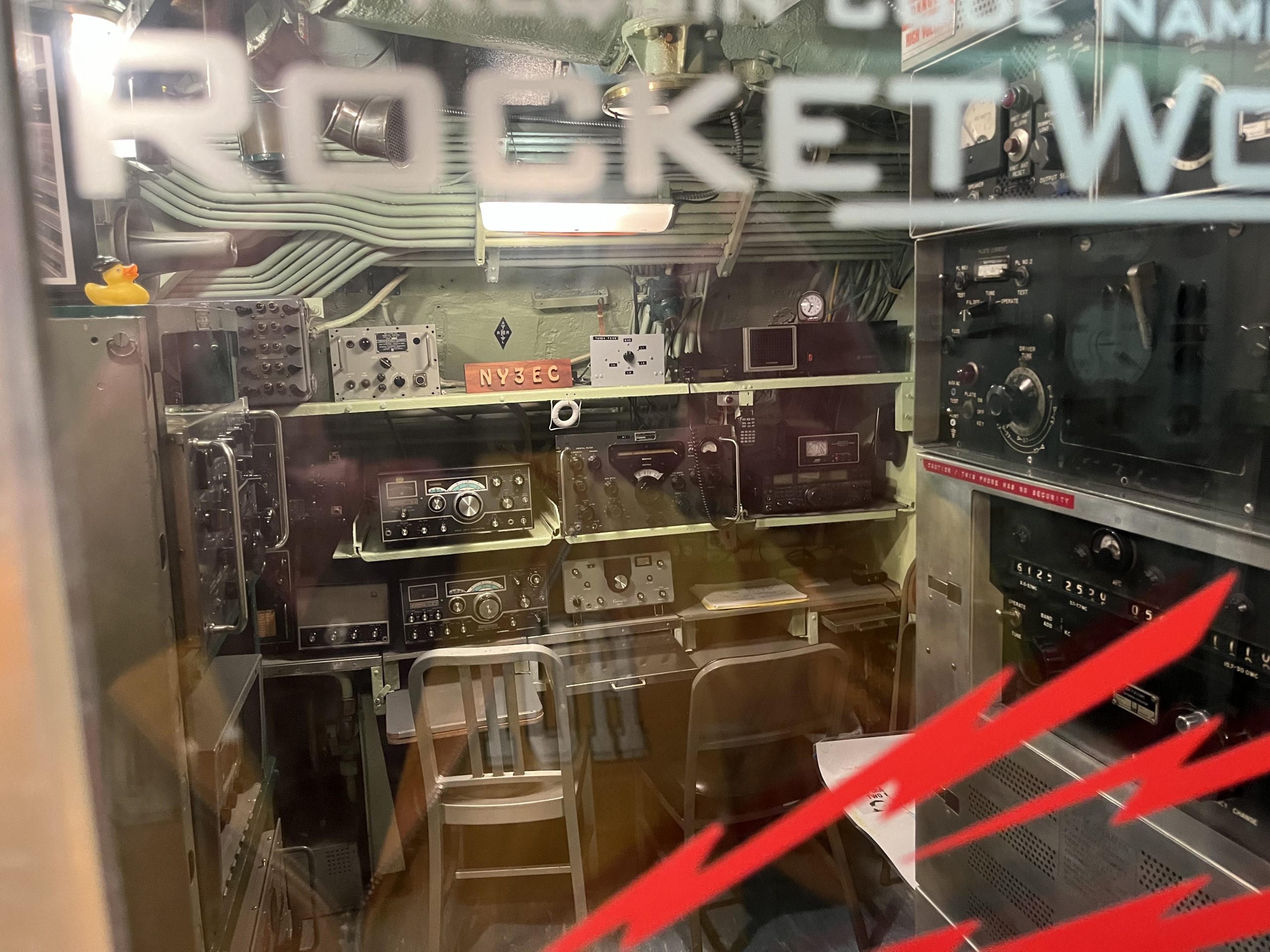
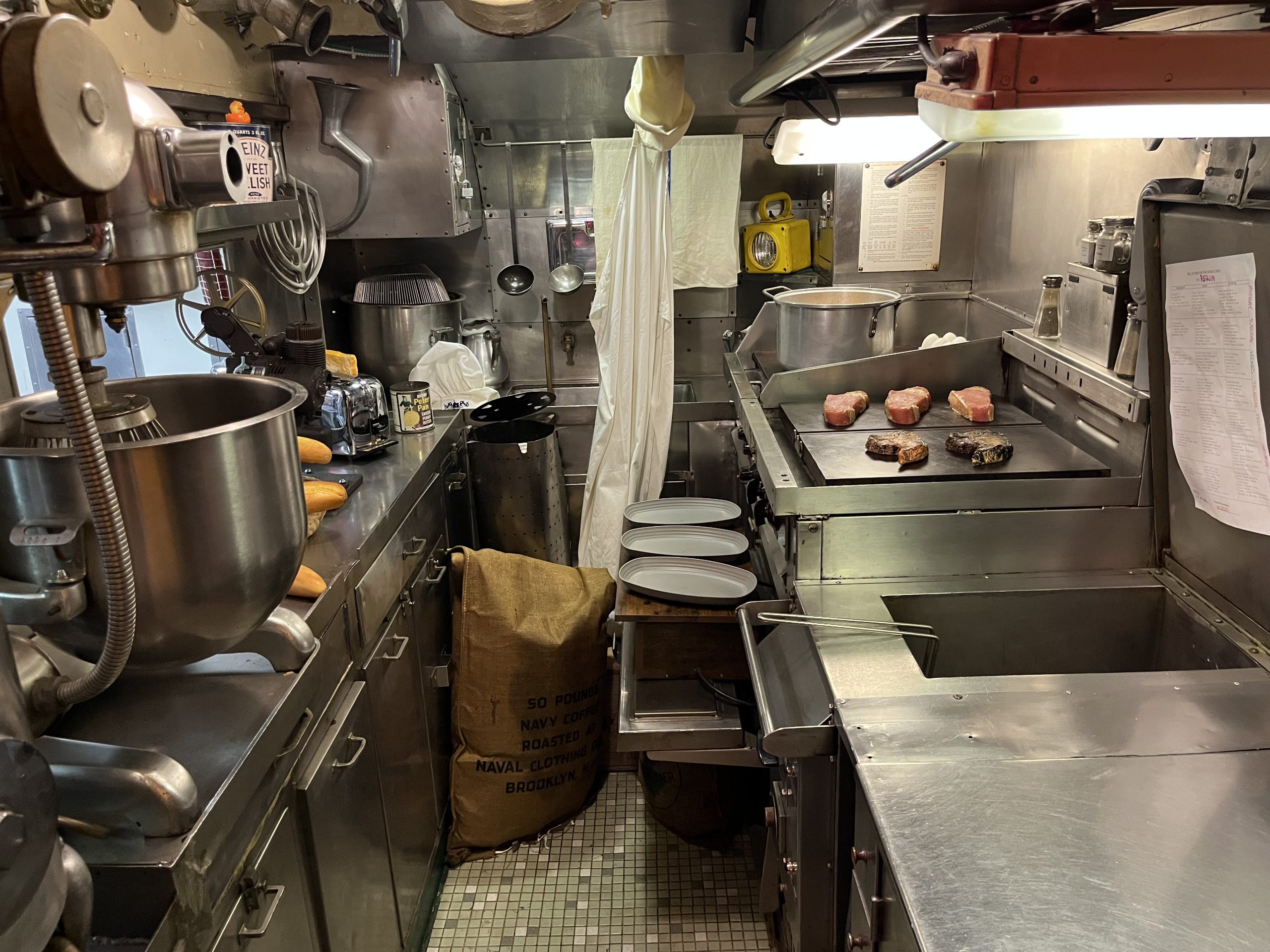
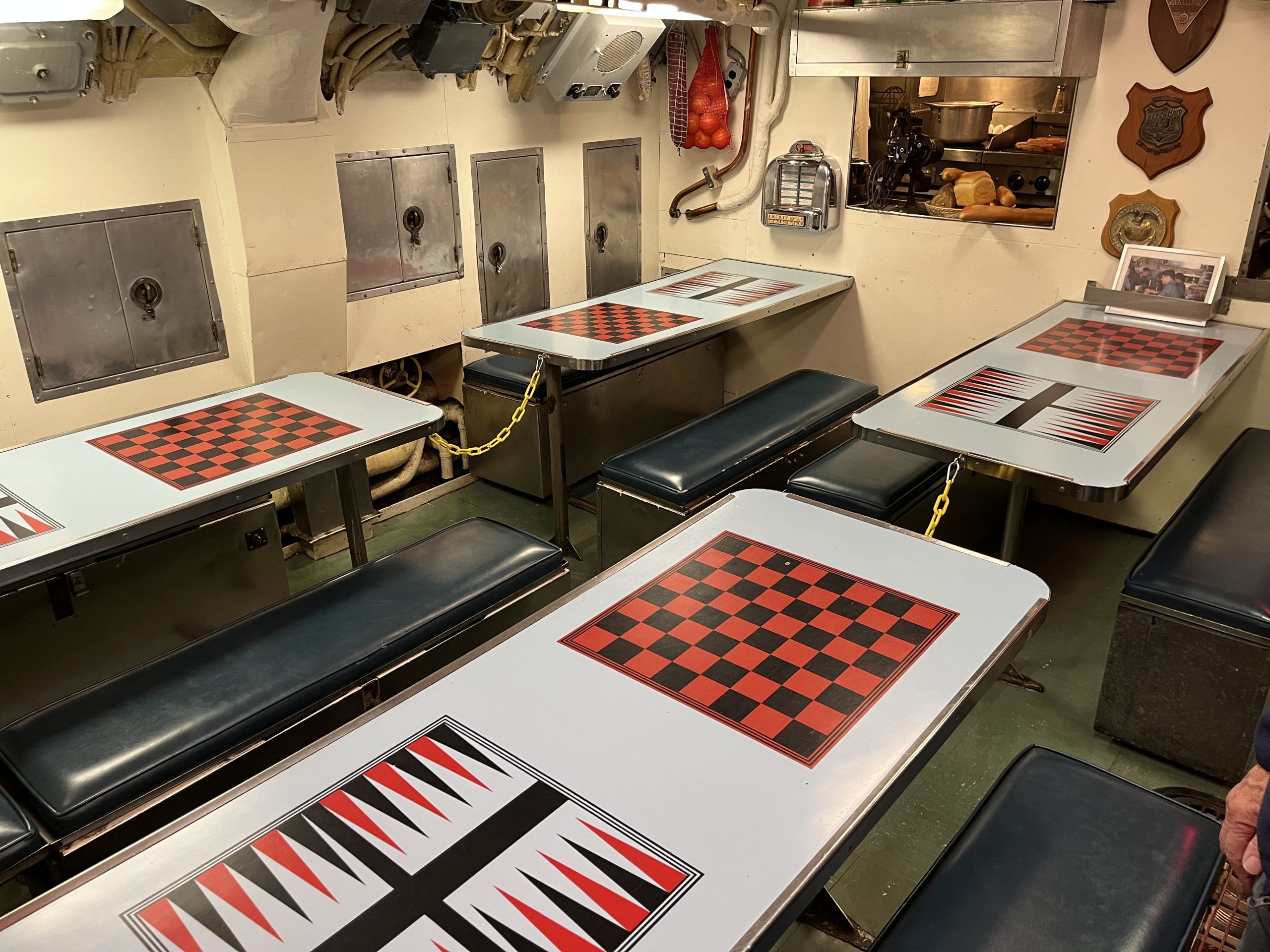
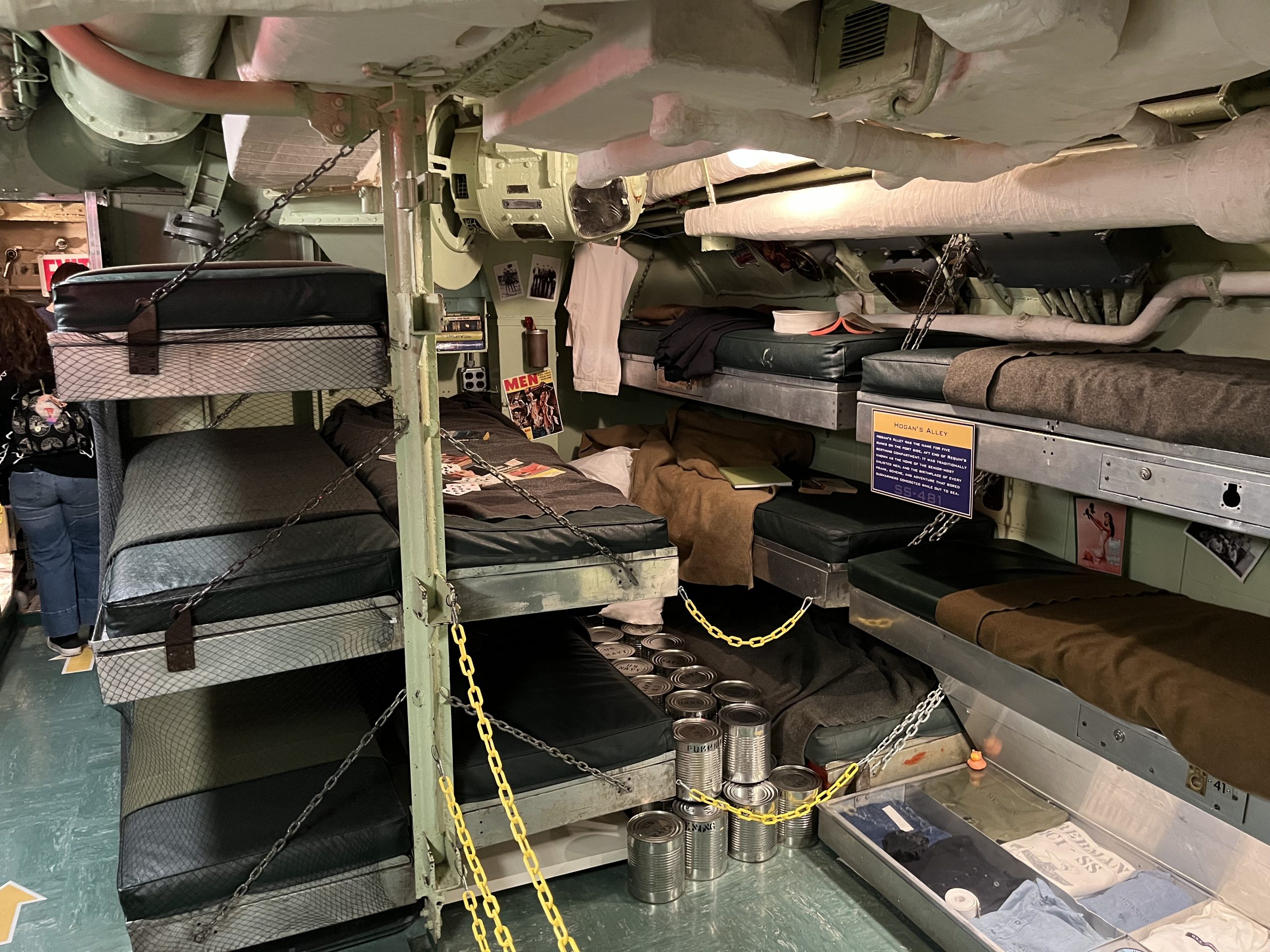


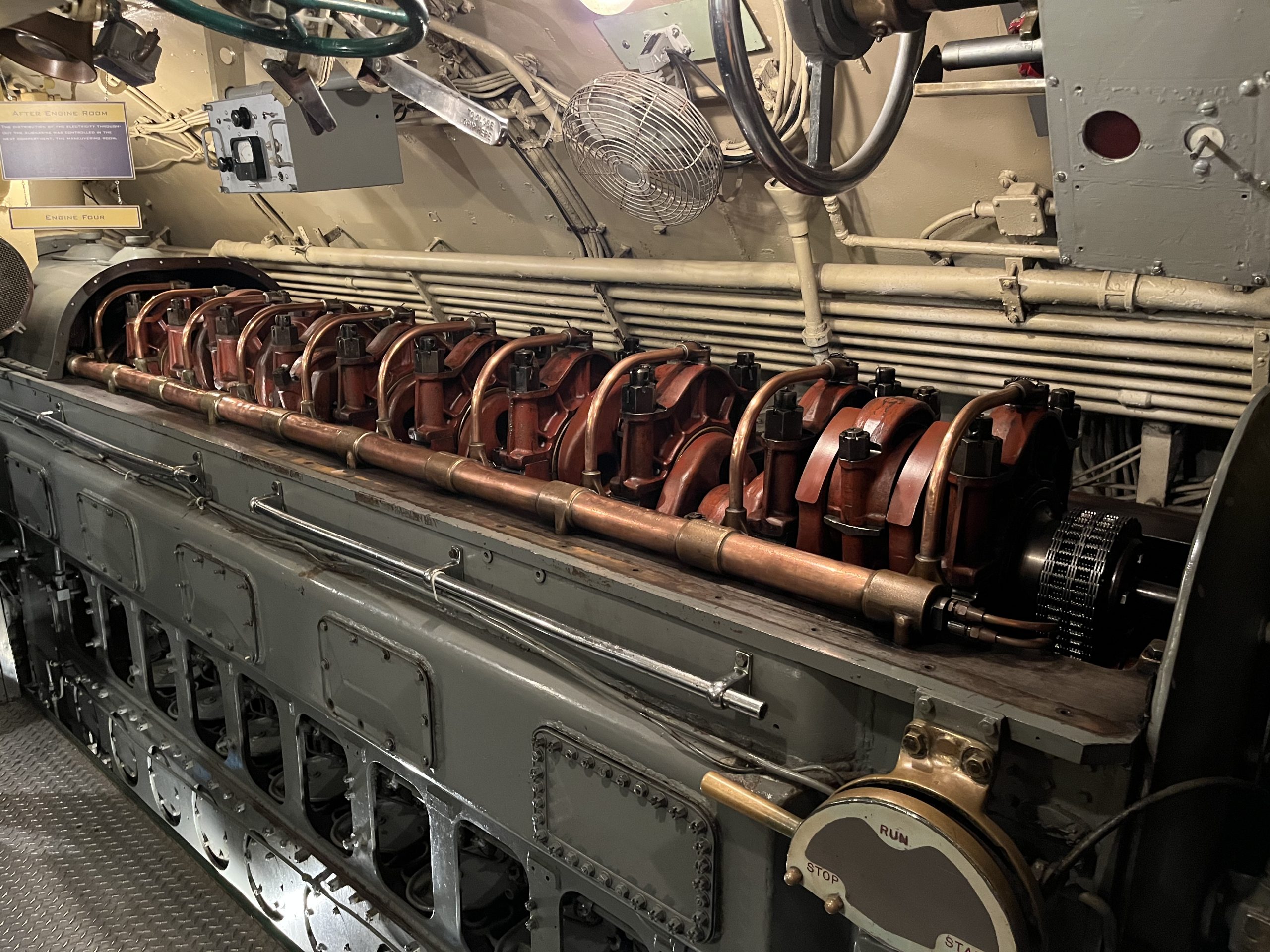
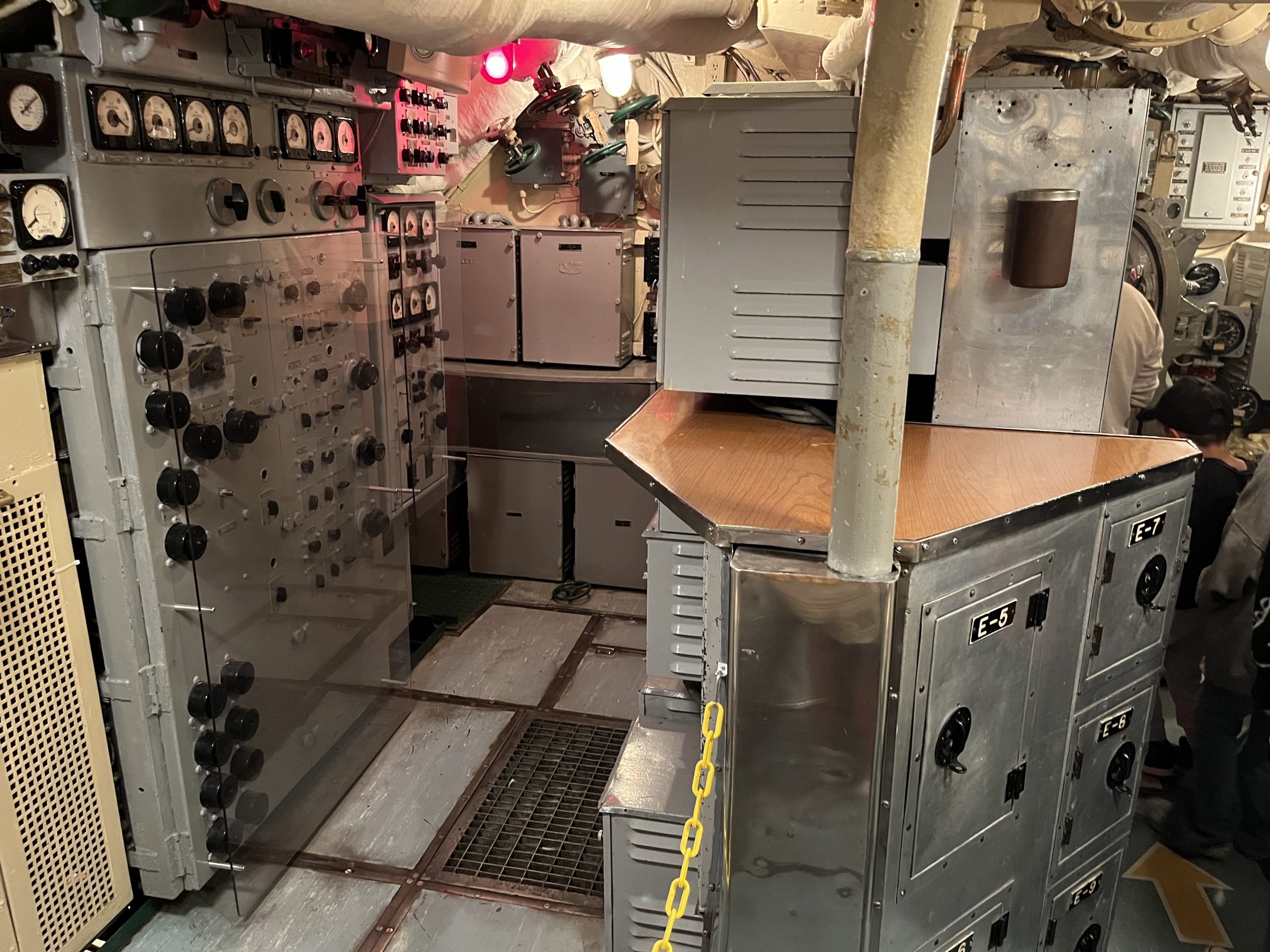
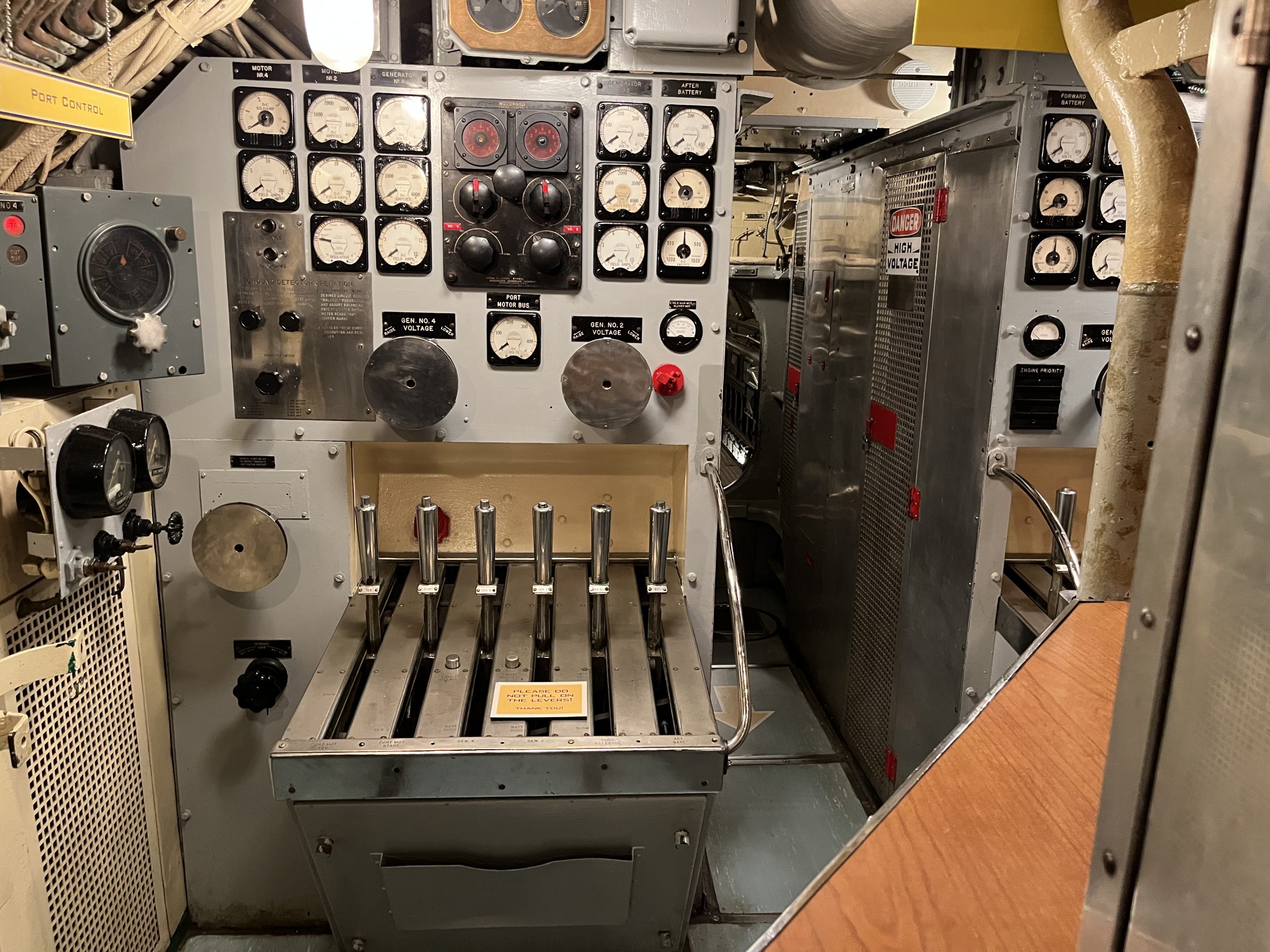
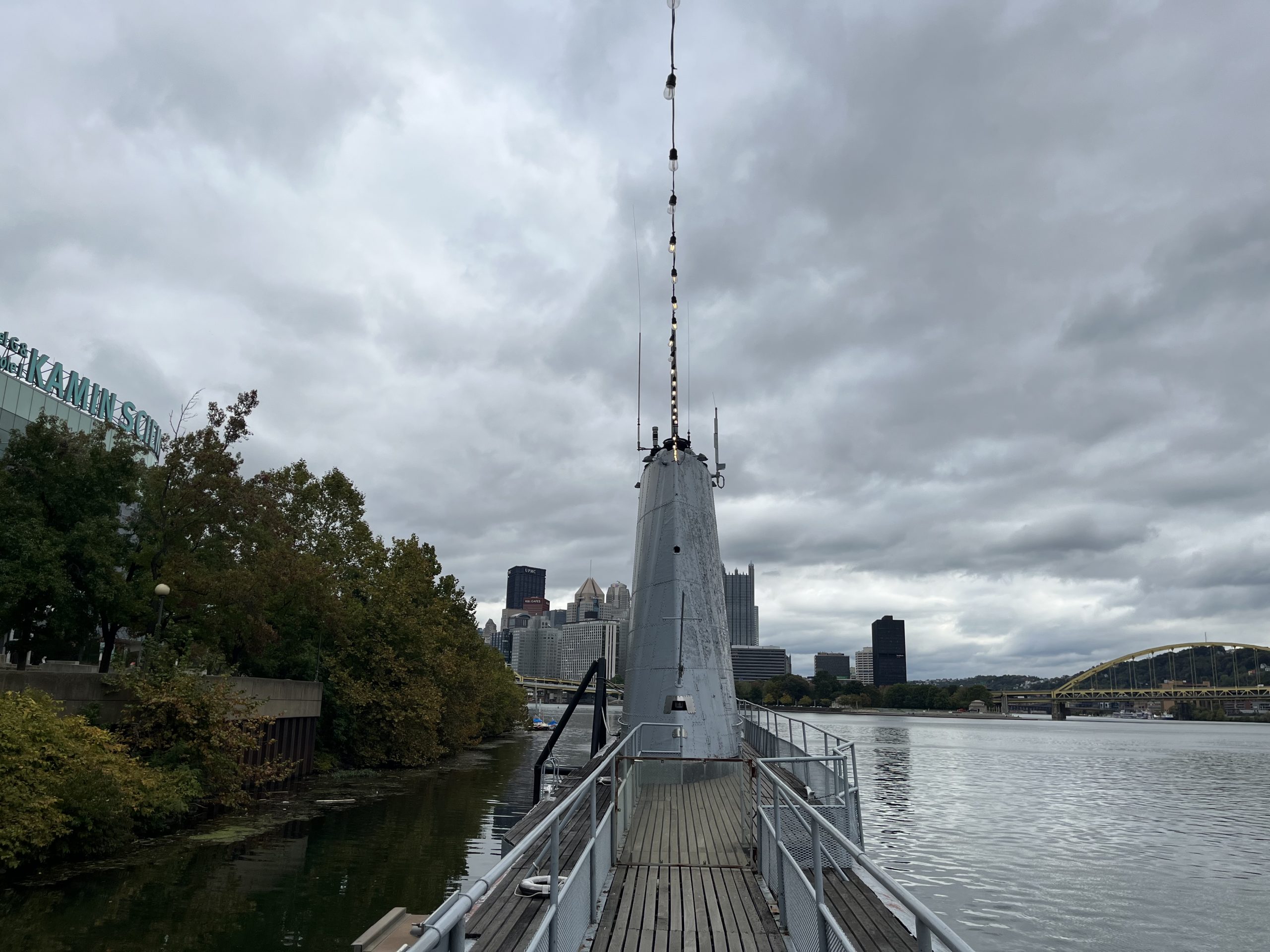
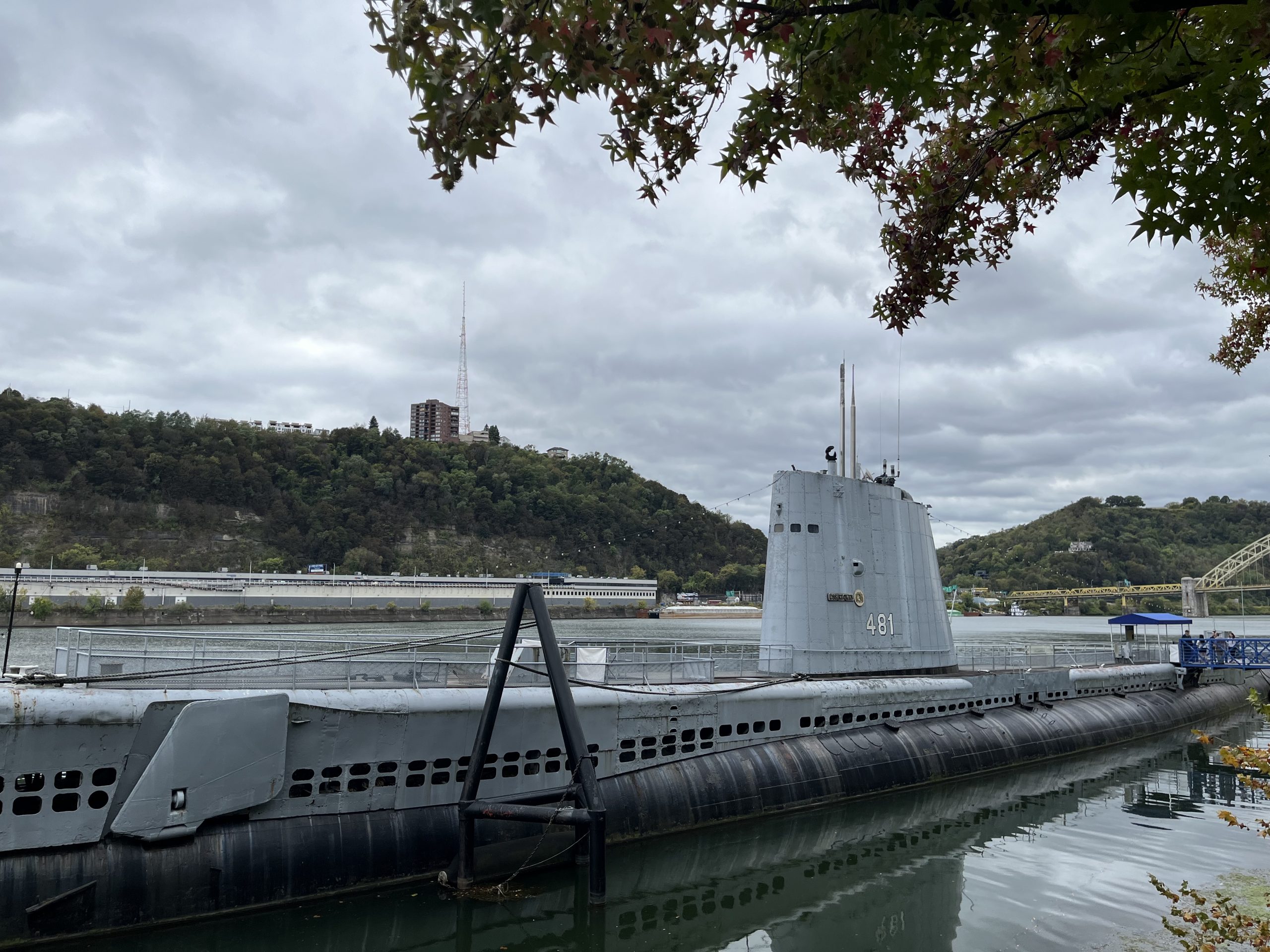

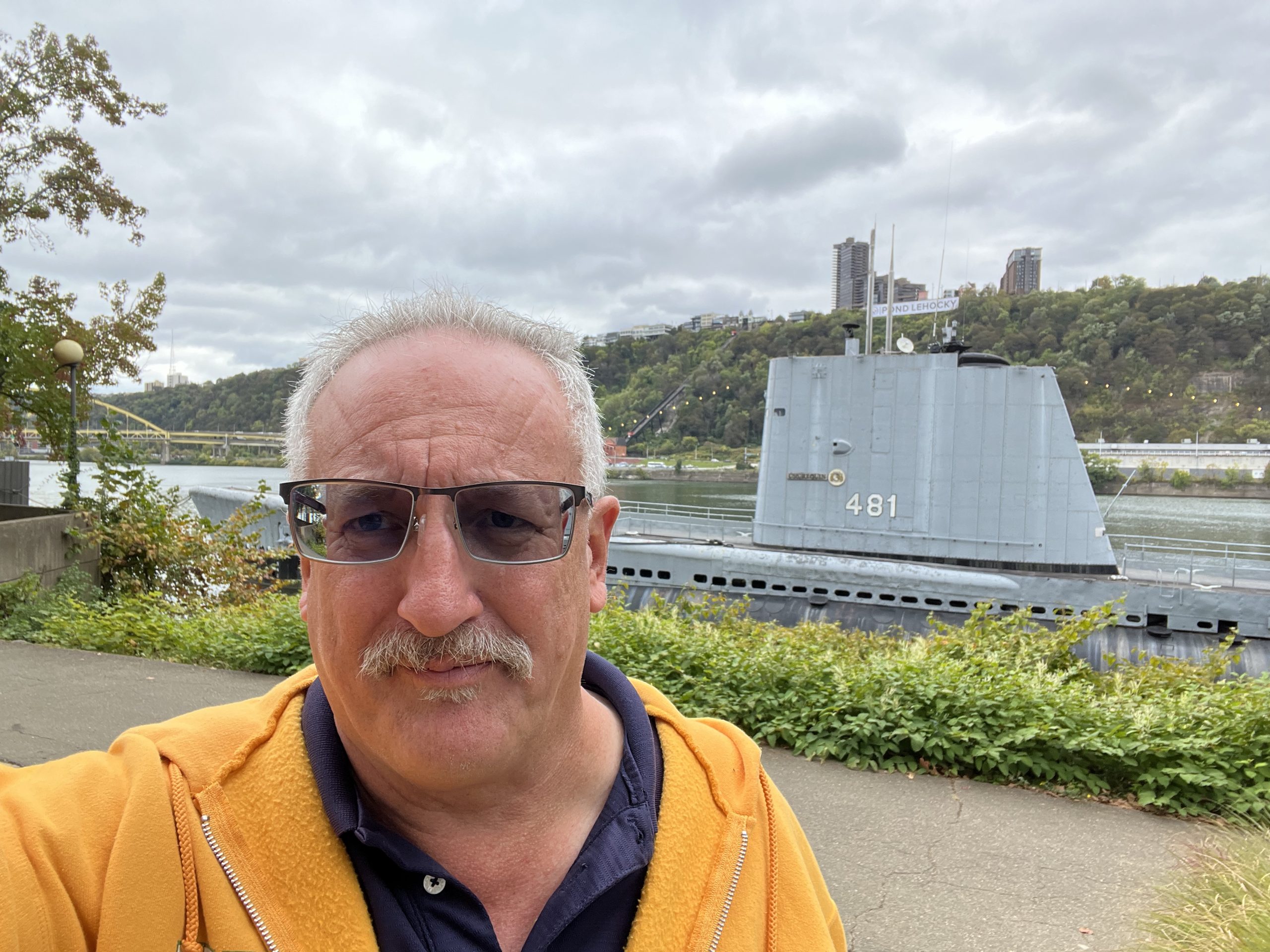

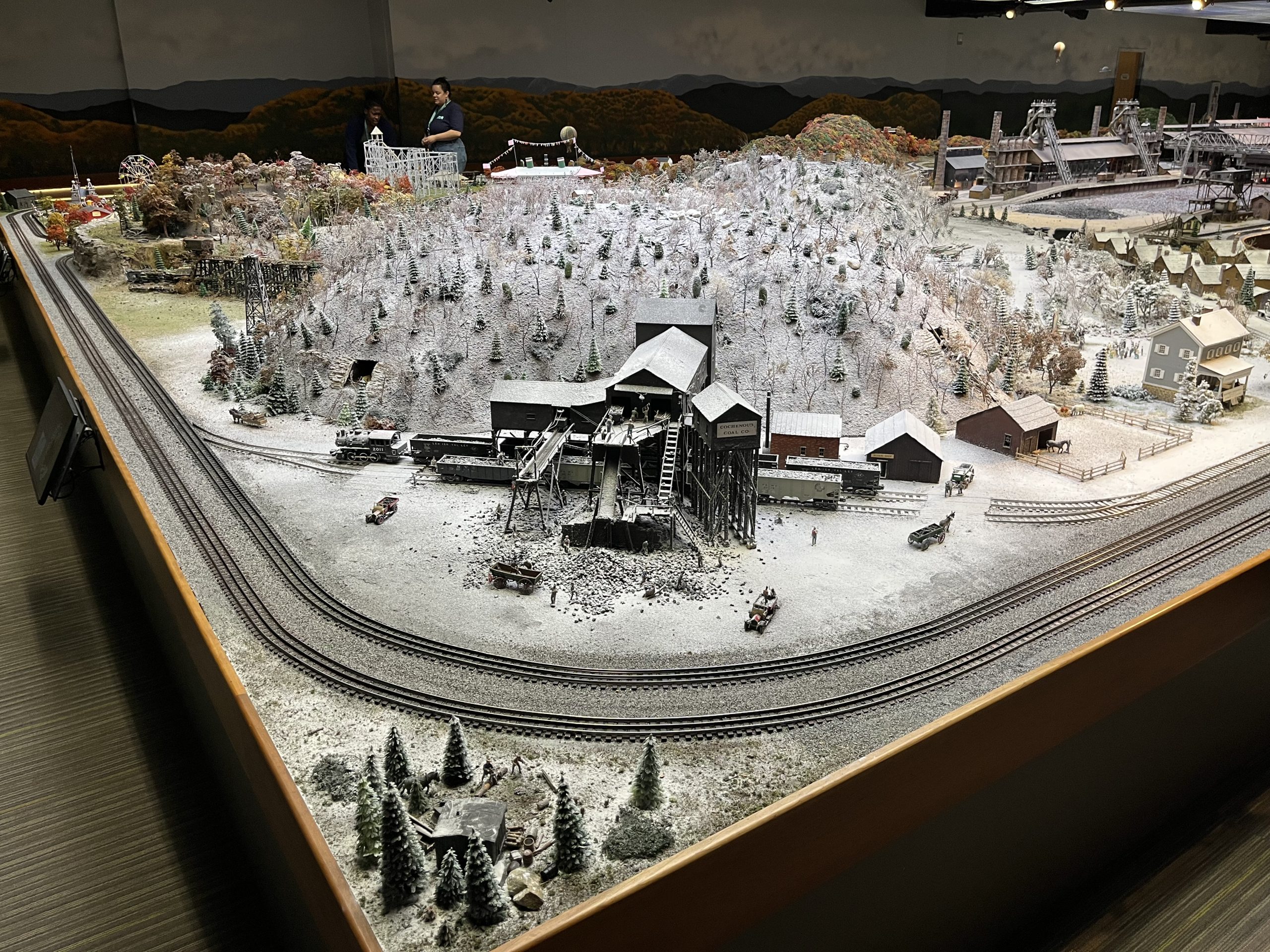



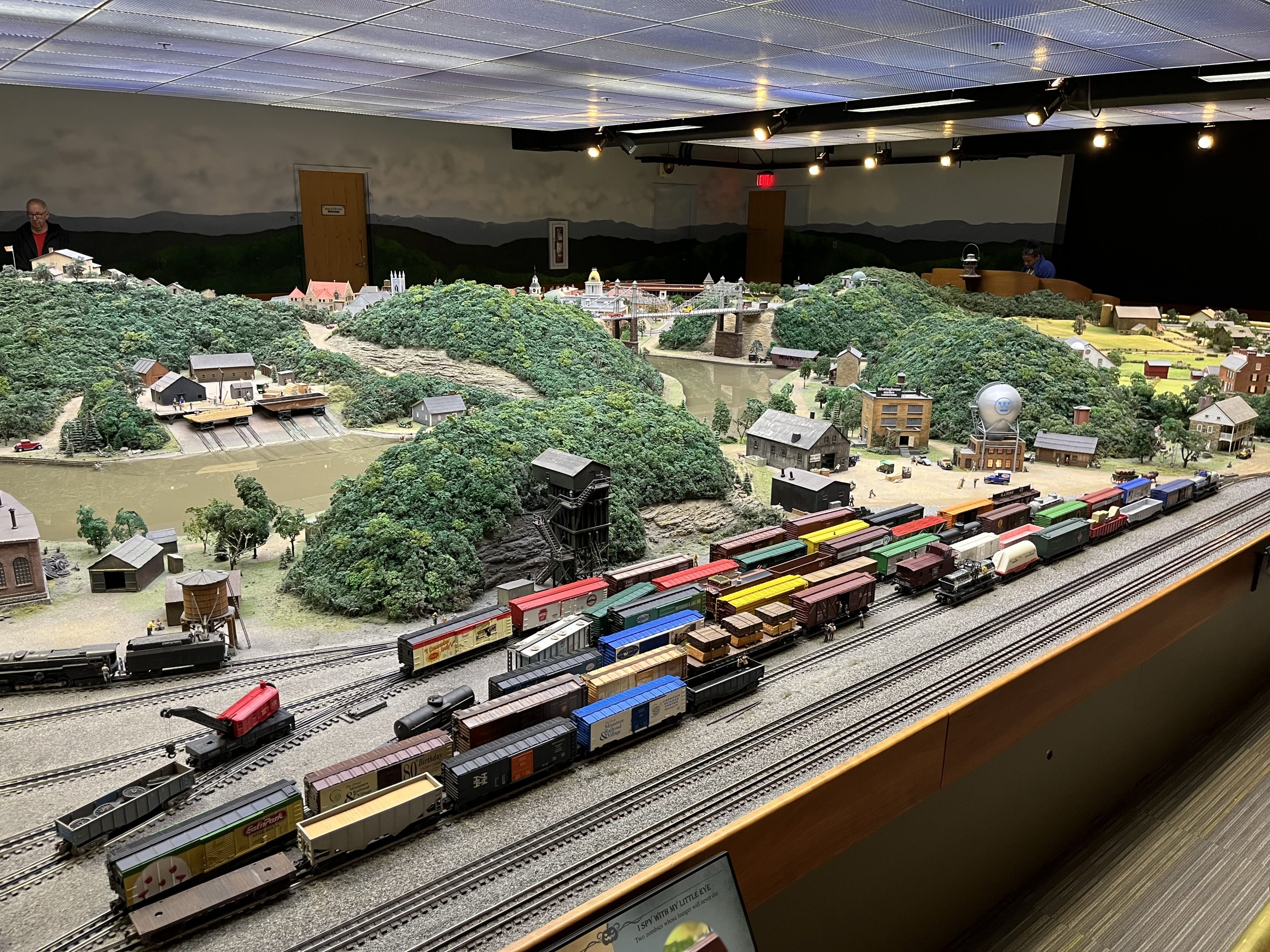
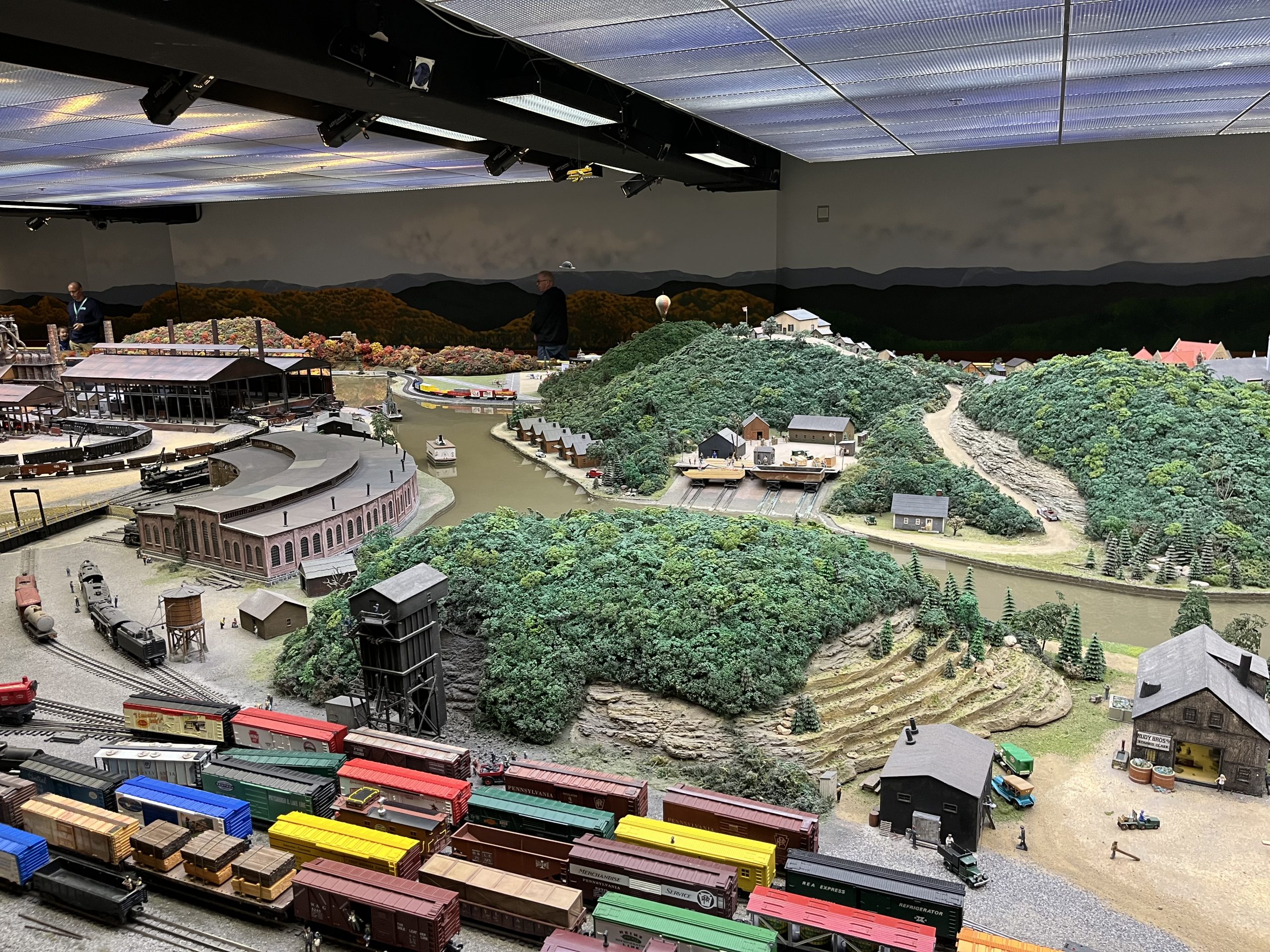

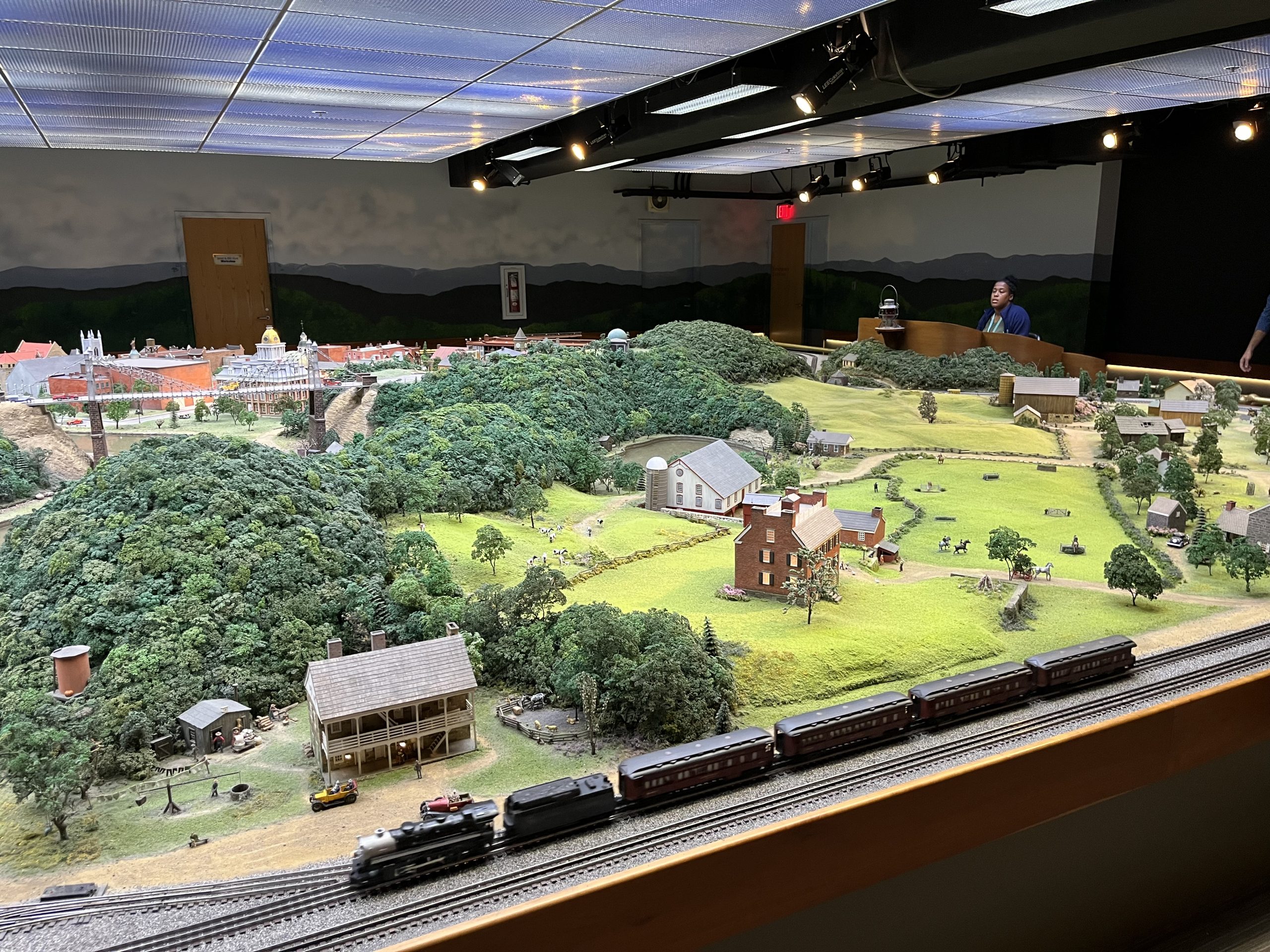

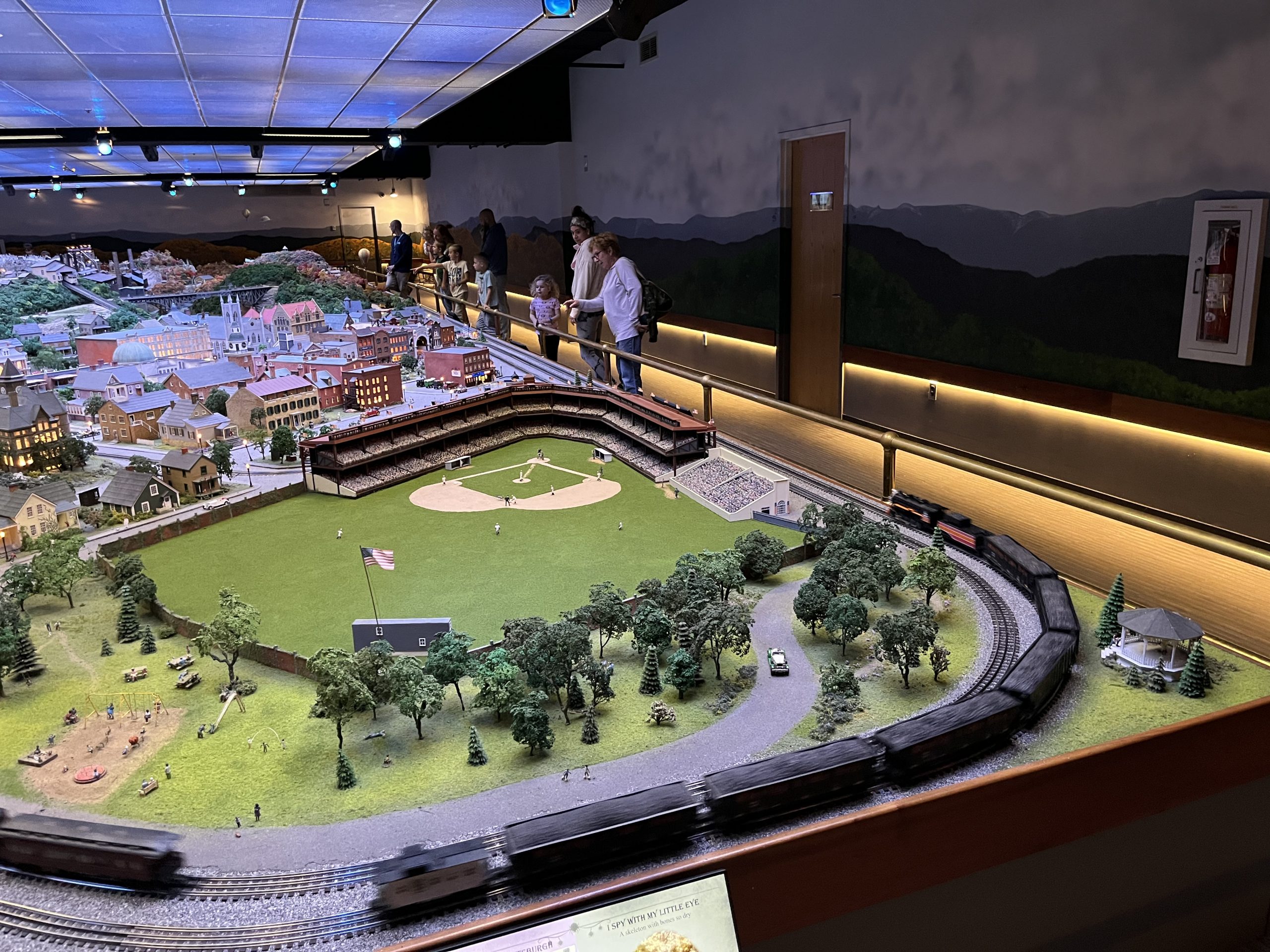
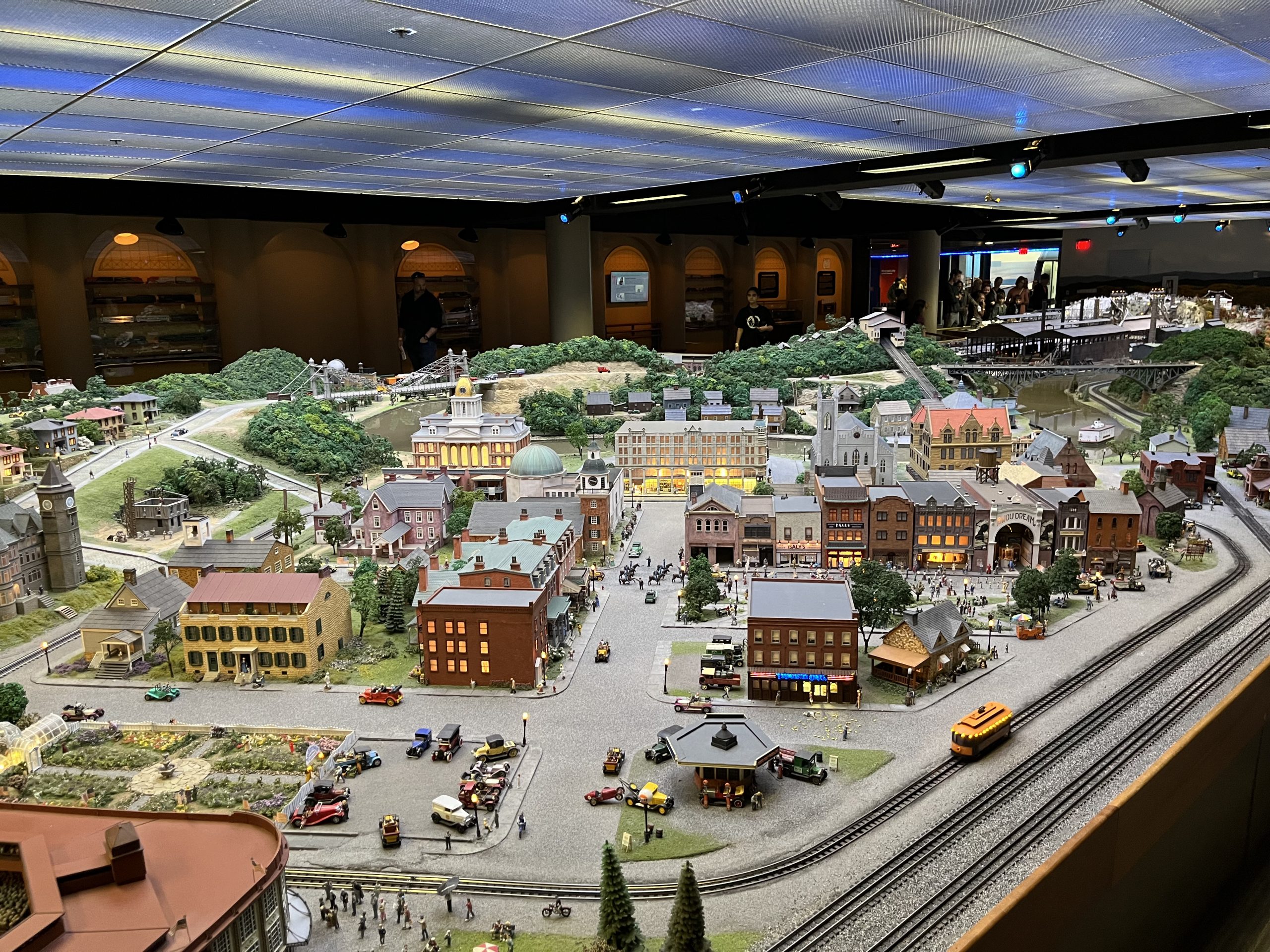
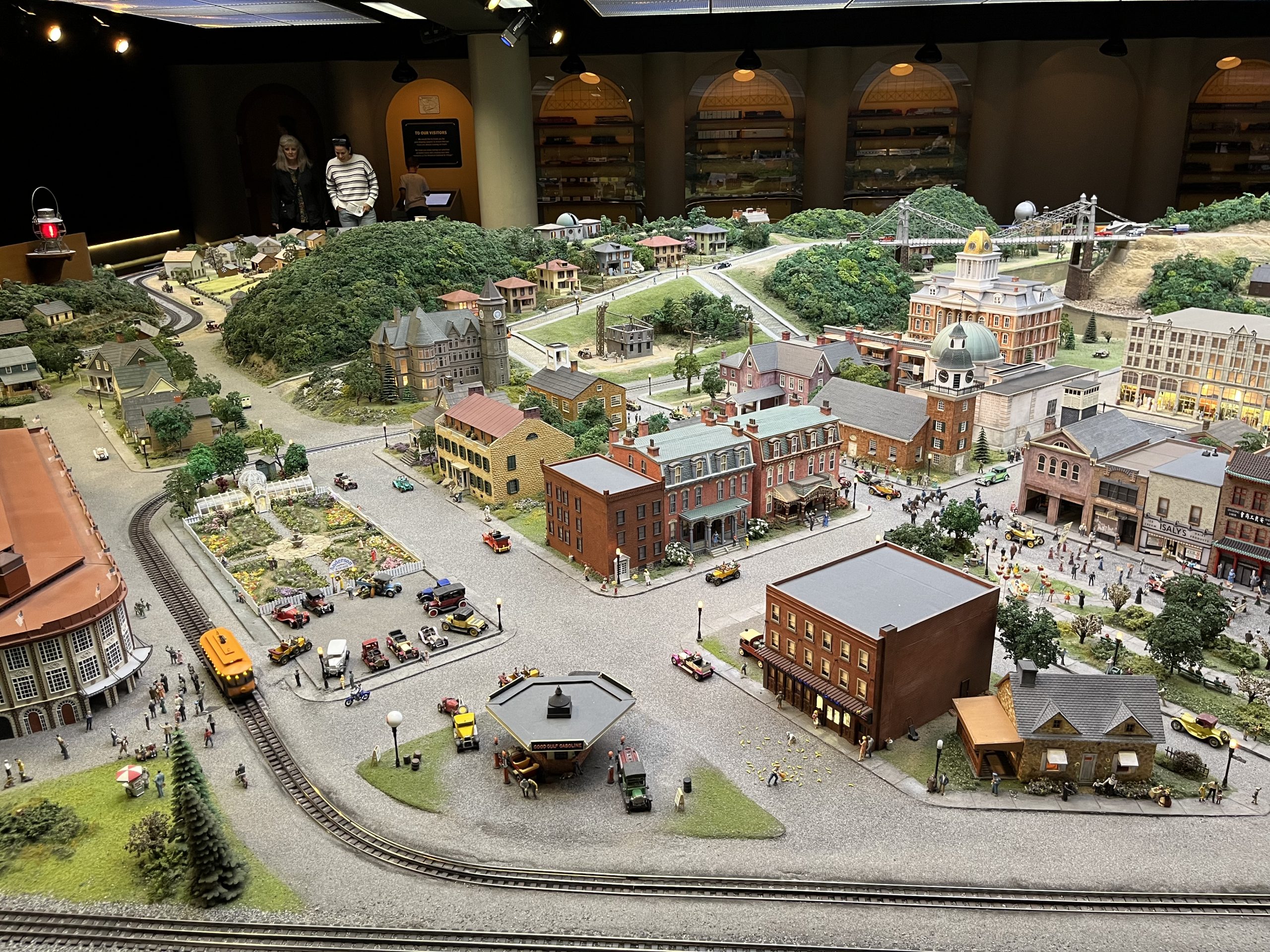
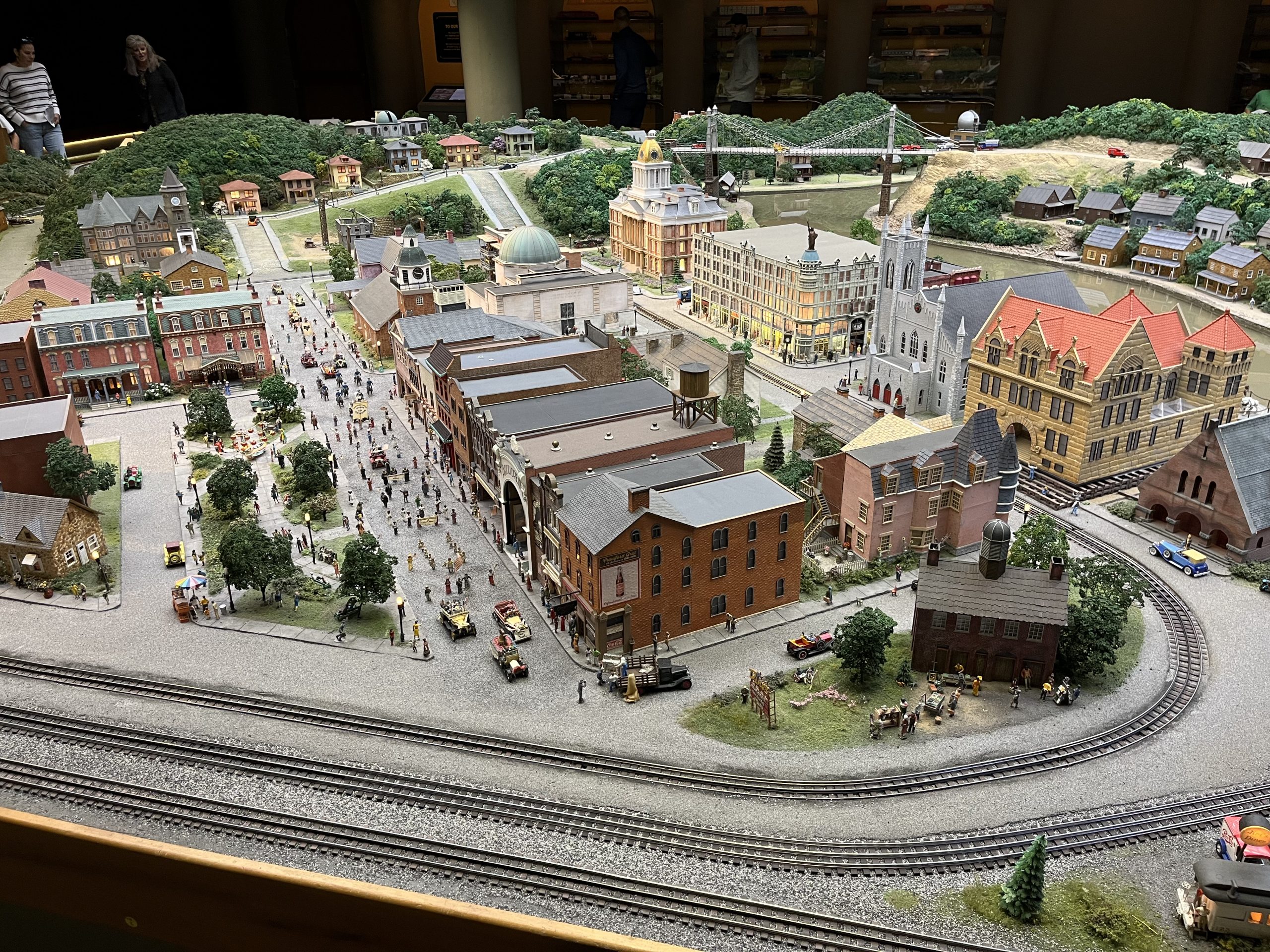
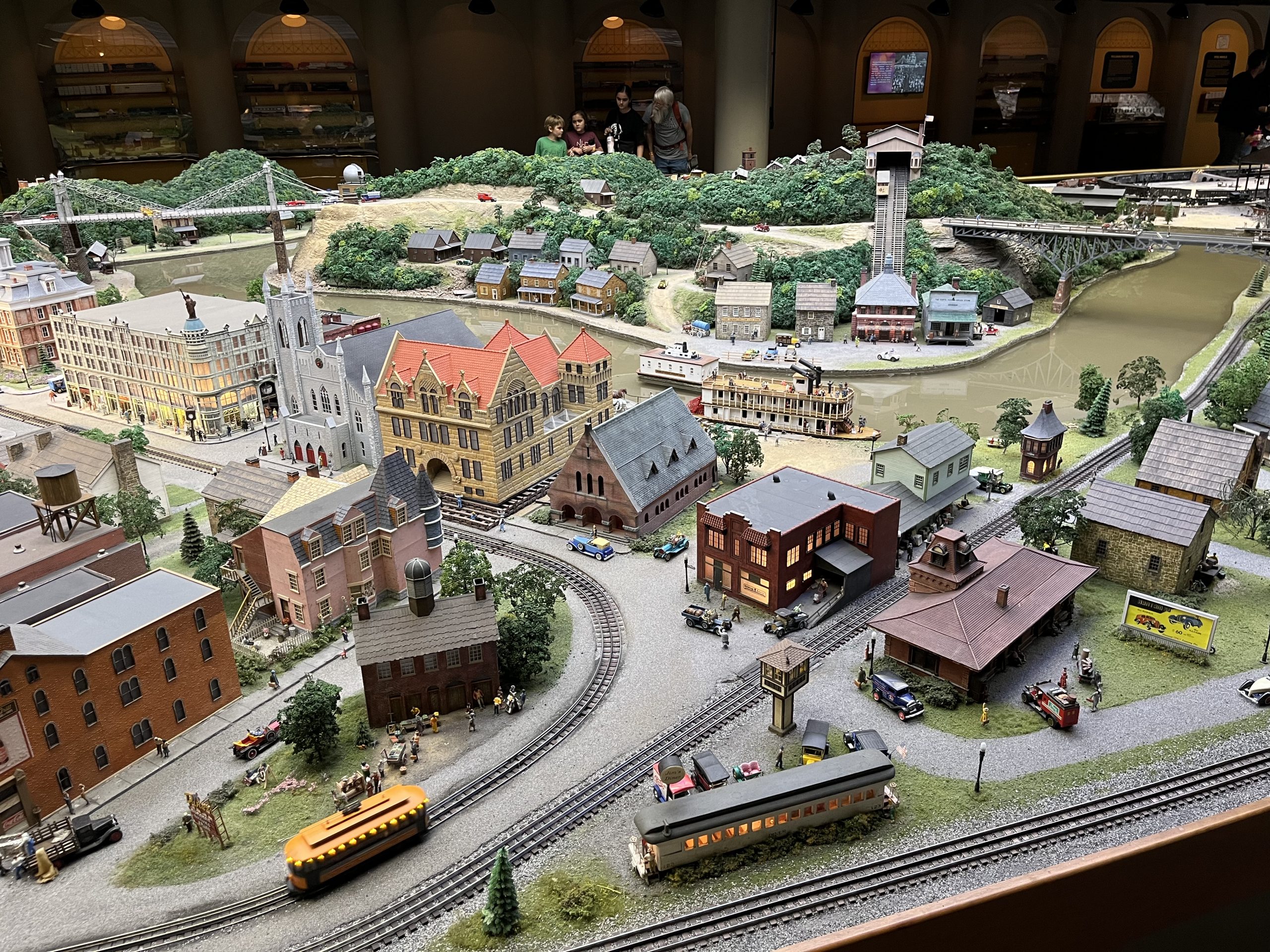
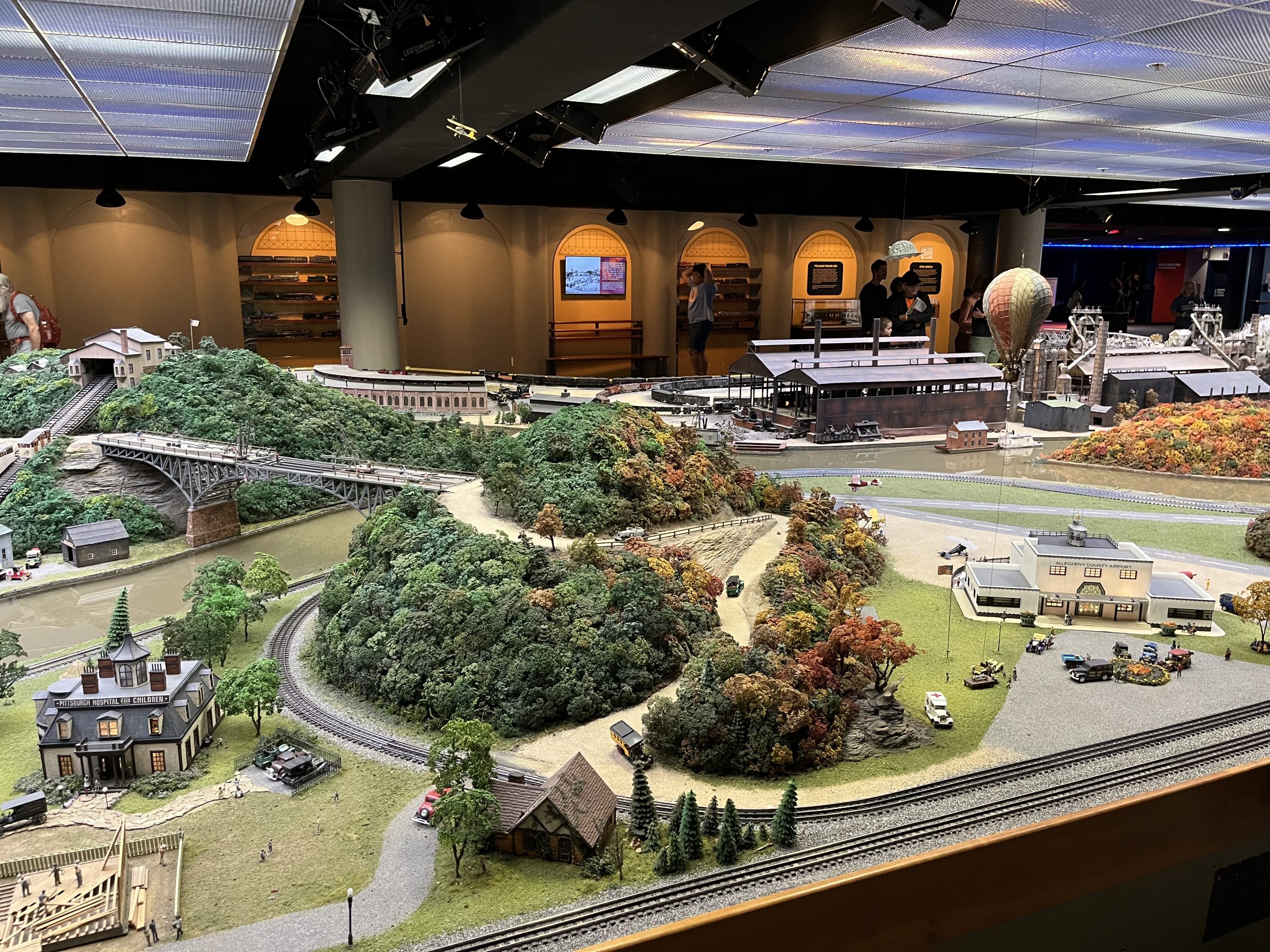
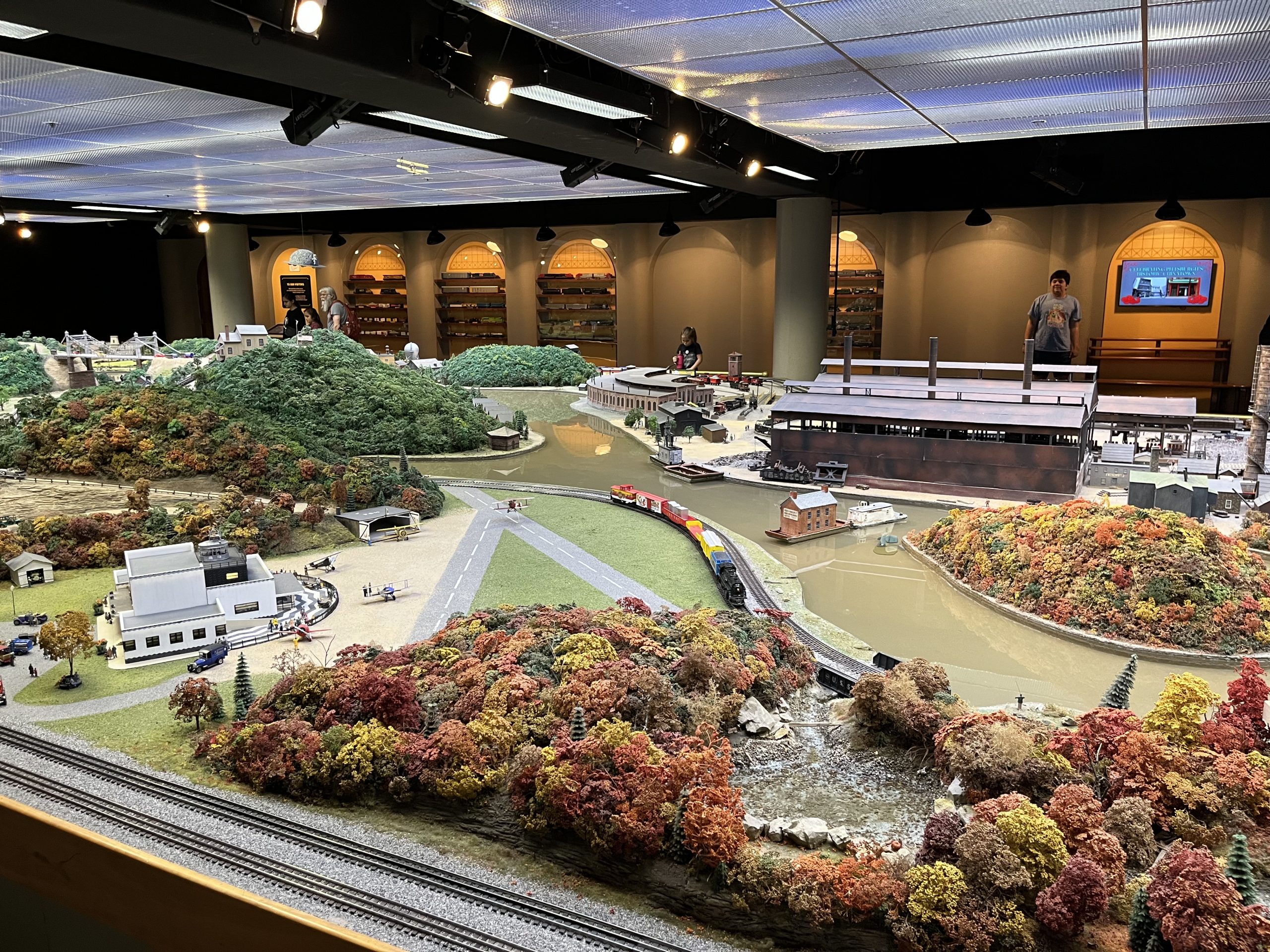




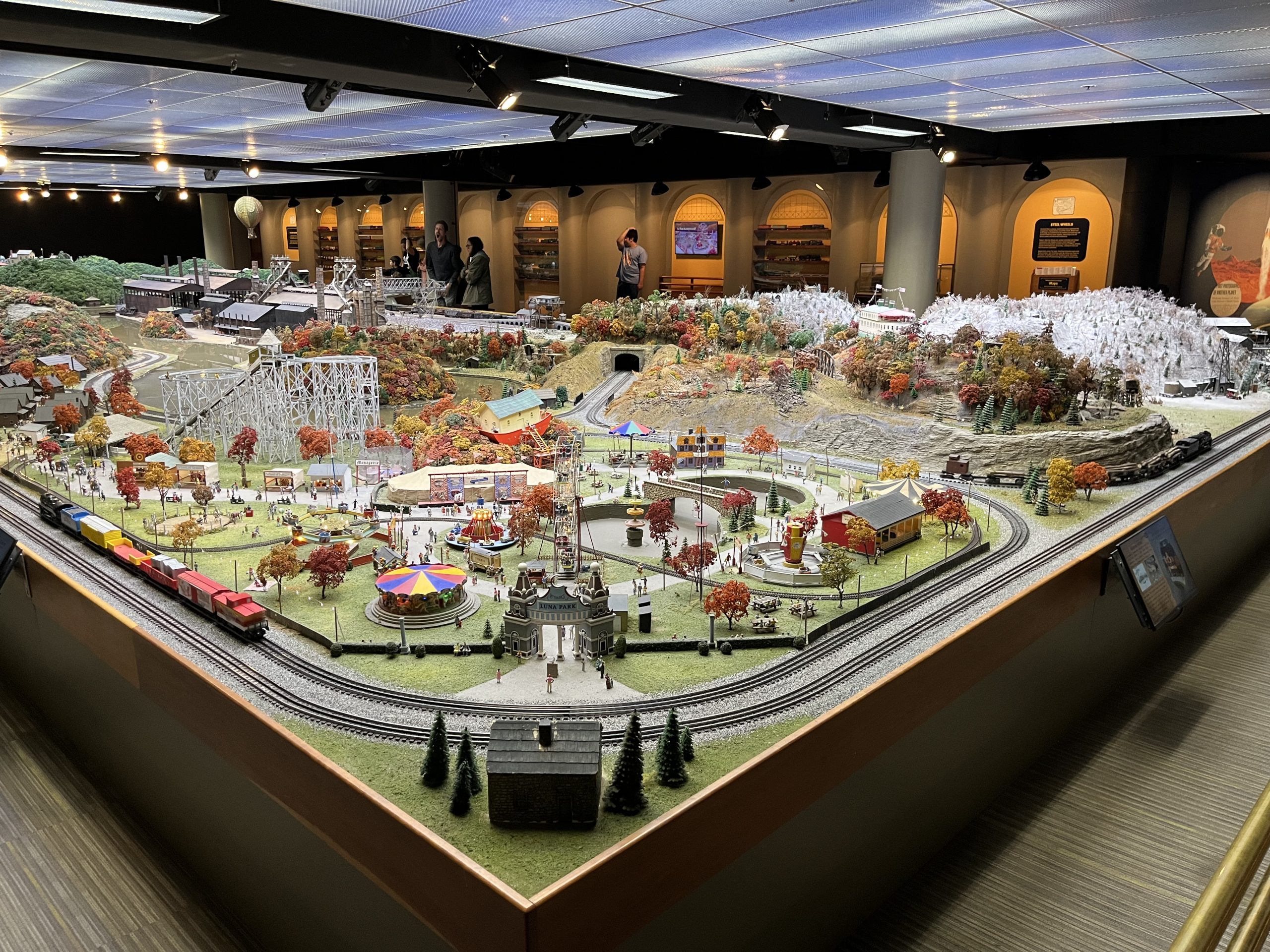

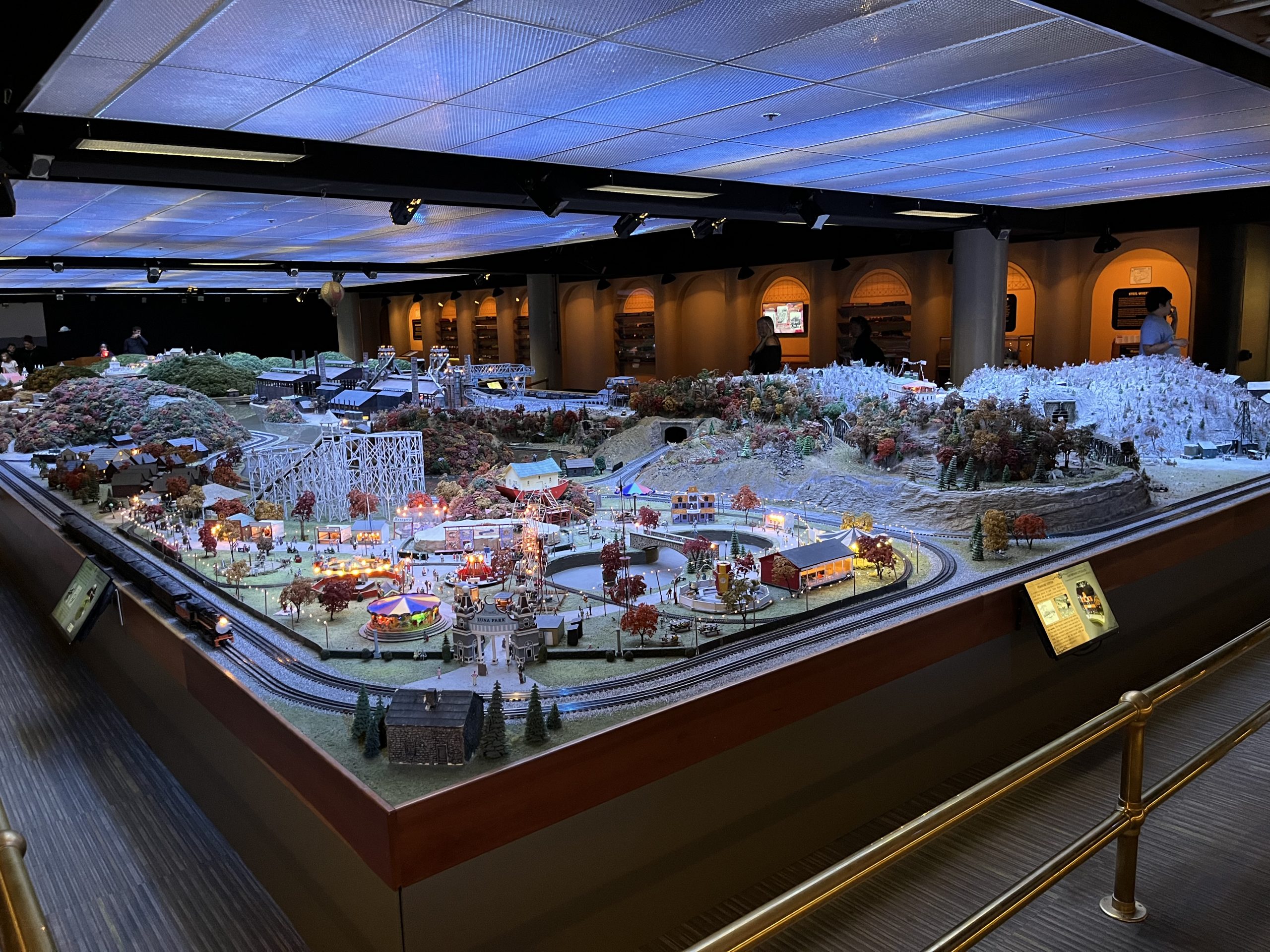
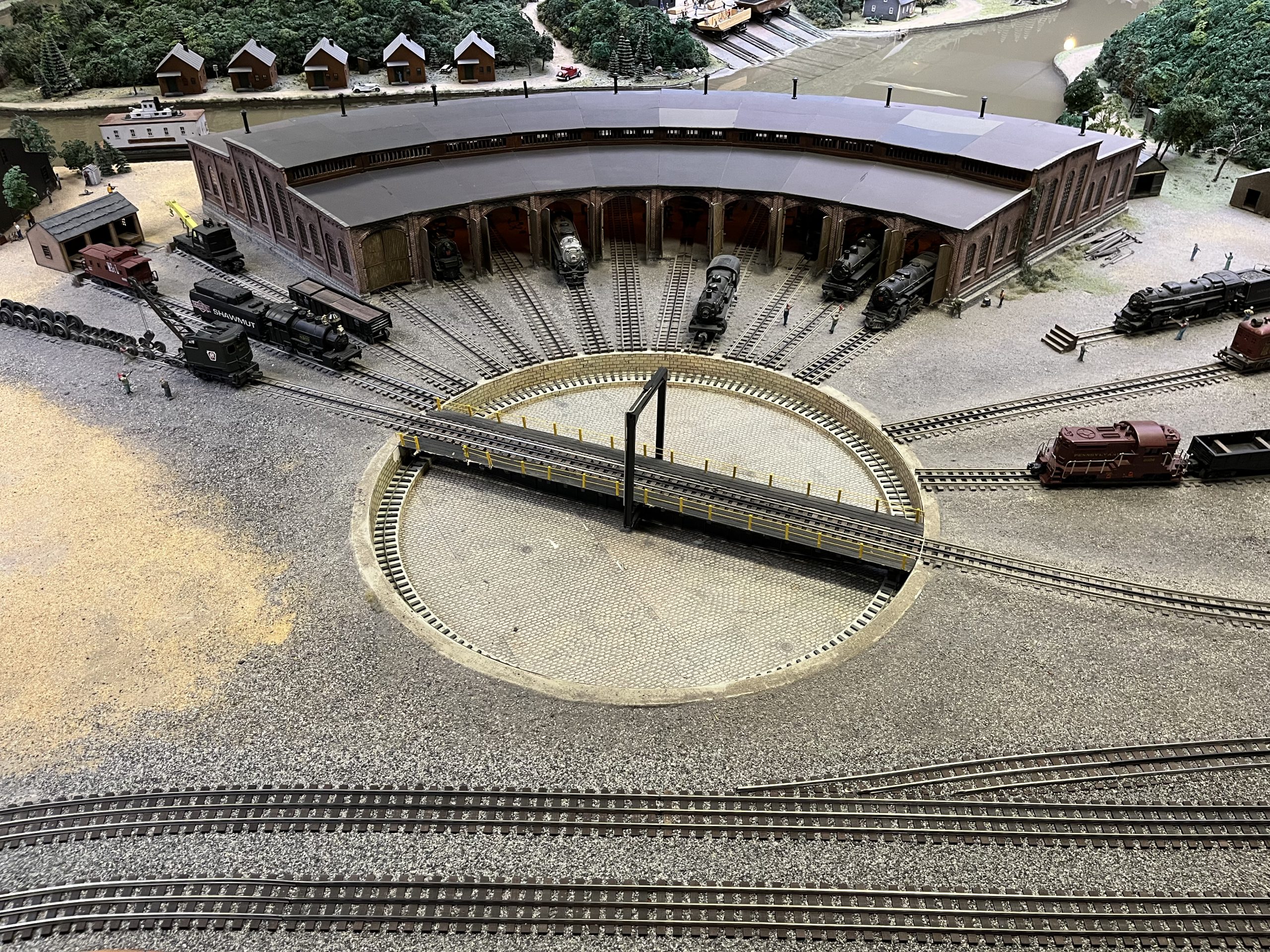

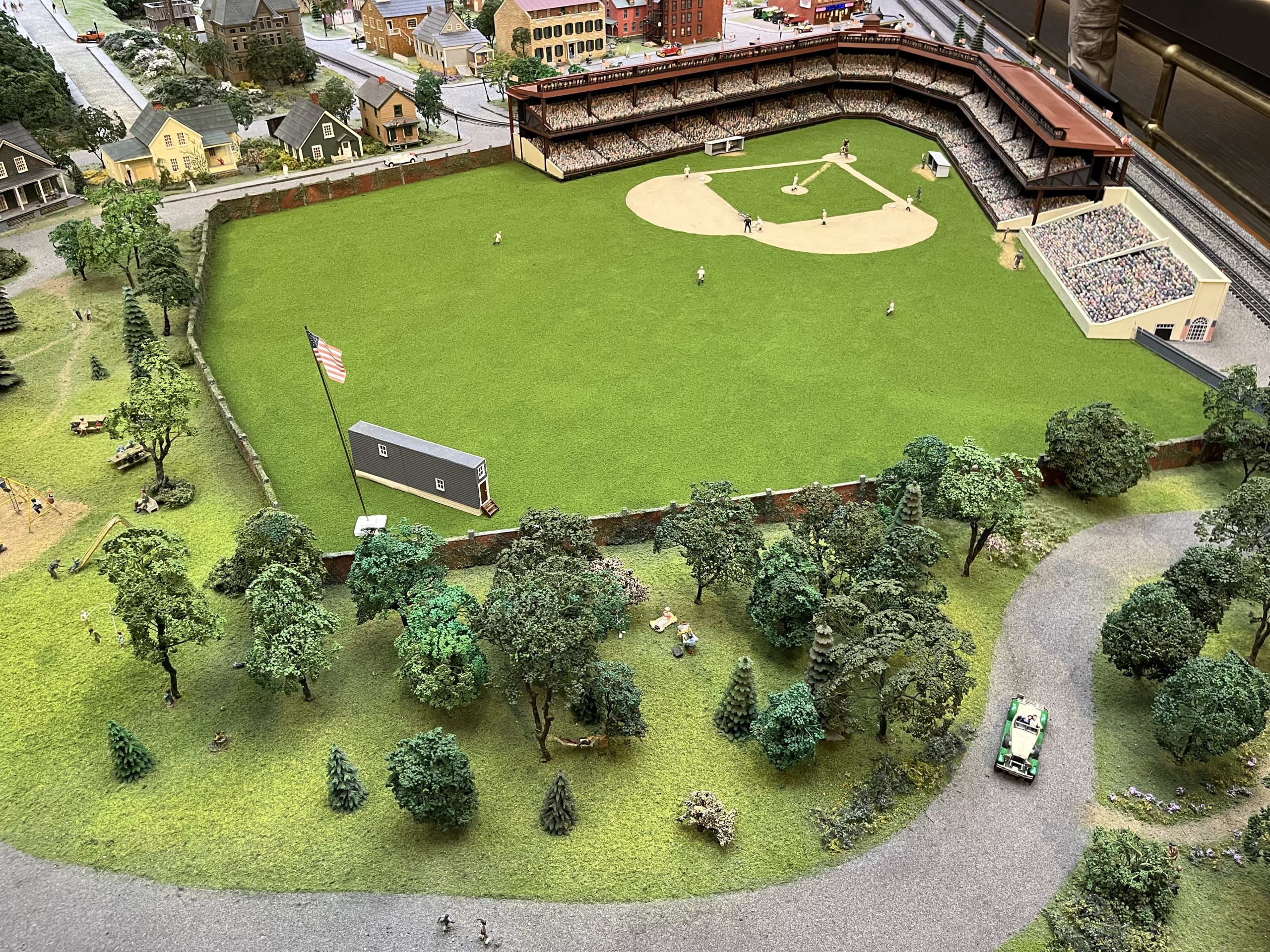
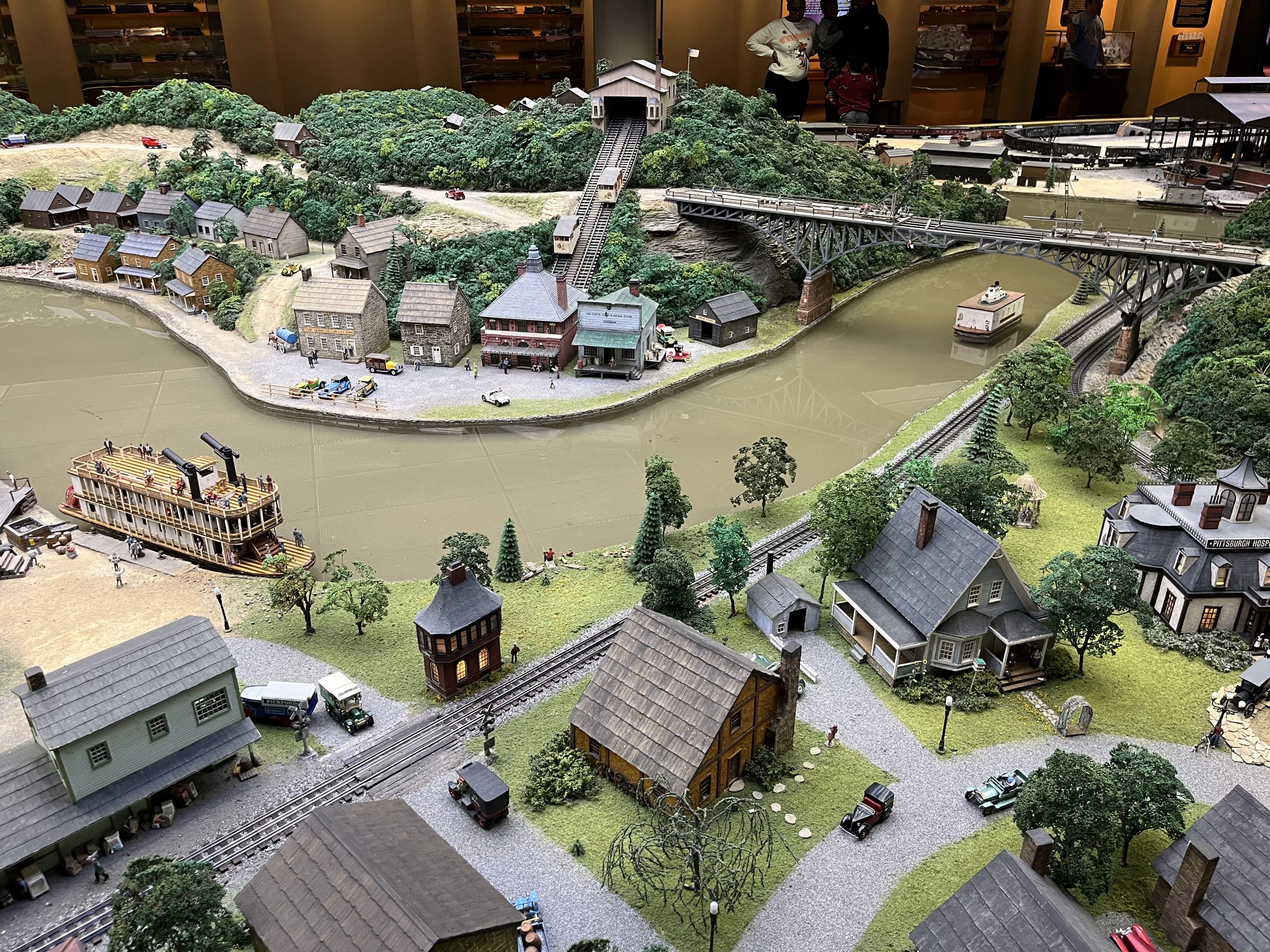
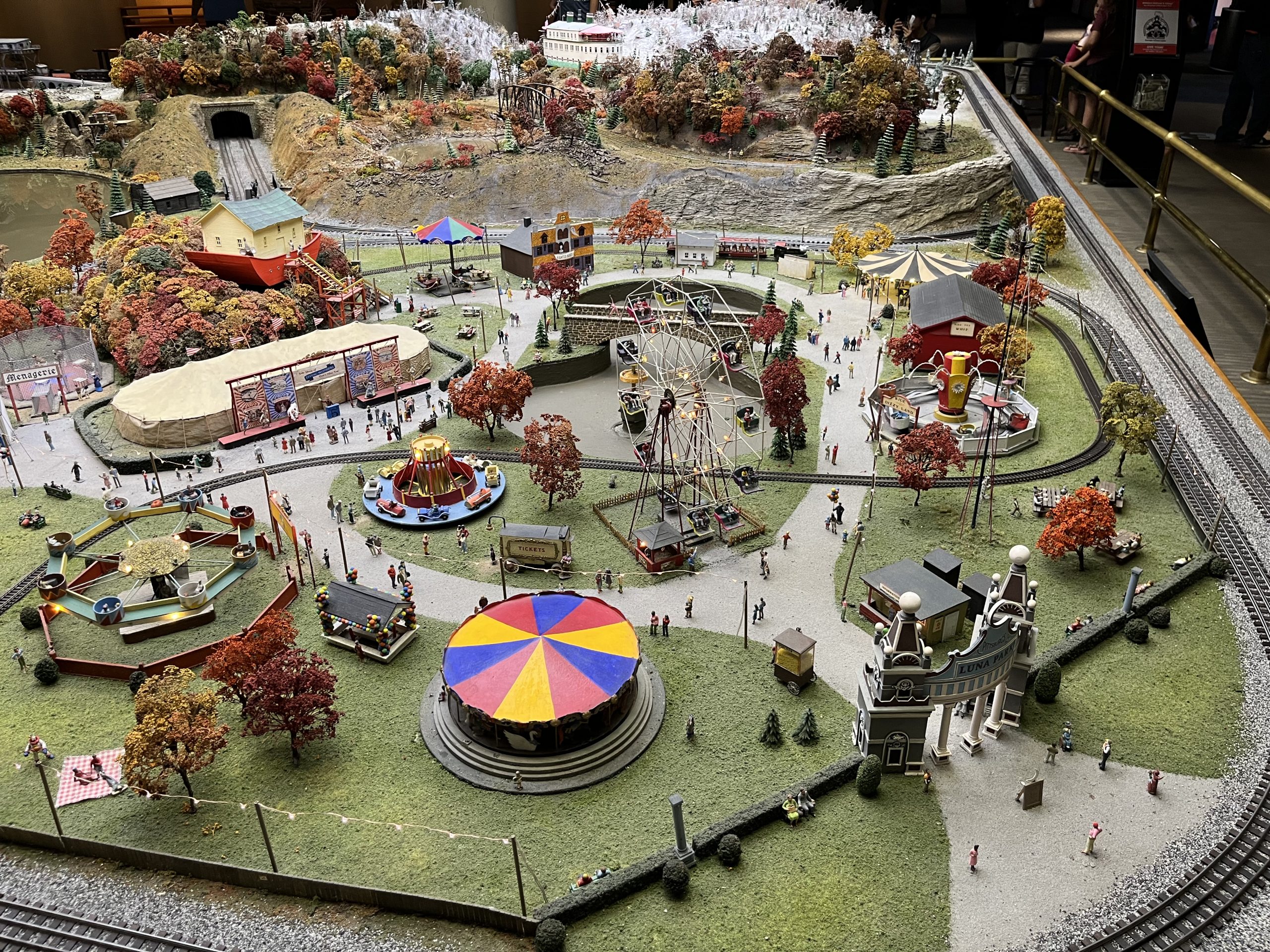

The glass collection really is beautiful. I love the whimsy box.
Yes and apparently there is more. More pieces are stored offsite and rotated in I was told. My favorite in the collection is the Crystalina – like the colorized rims.